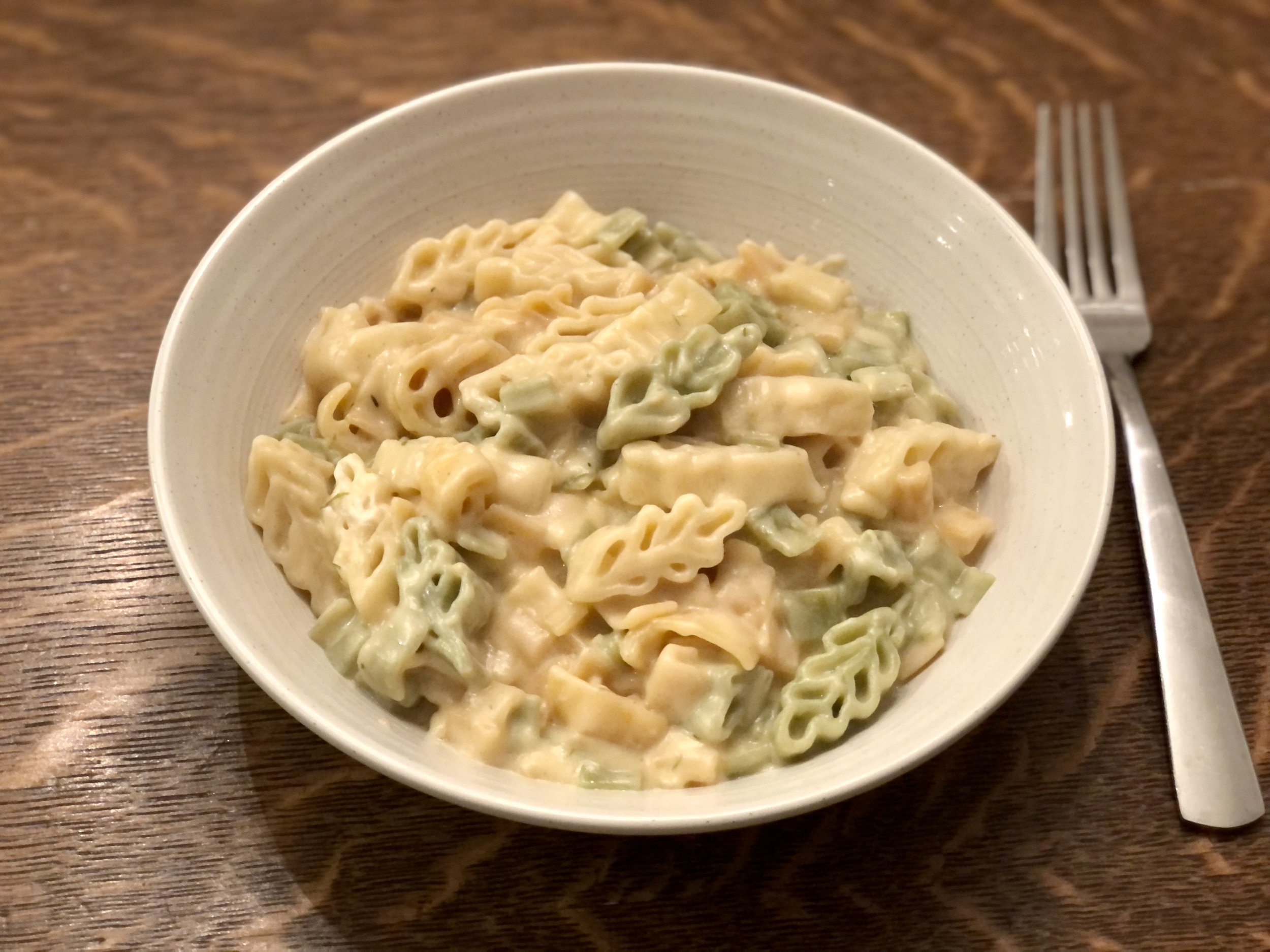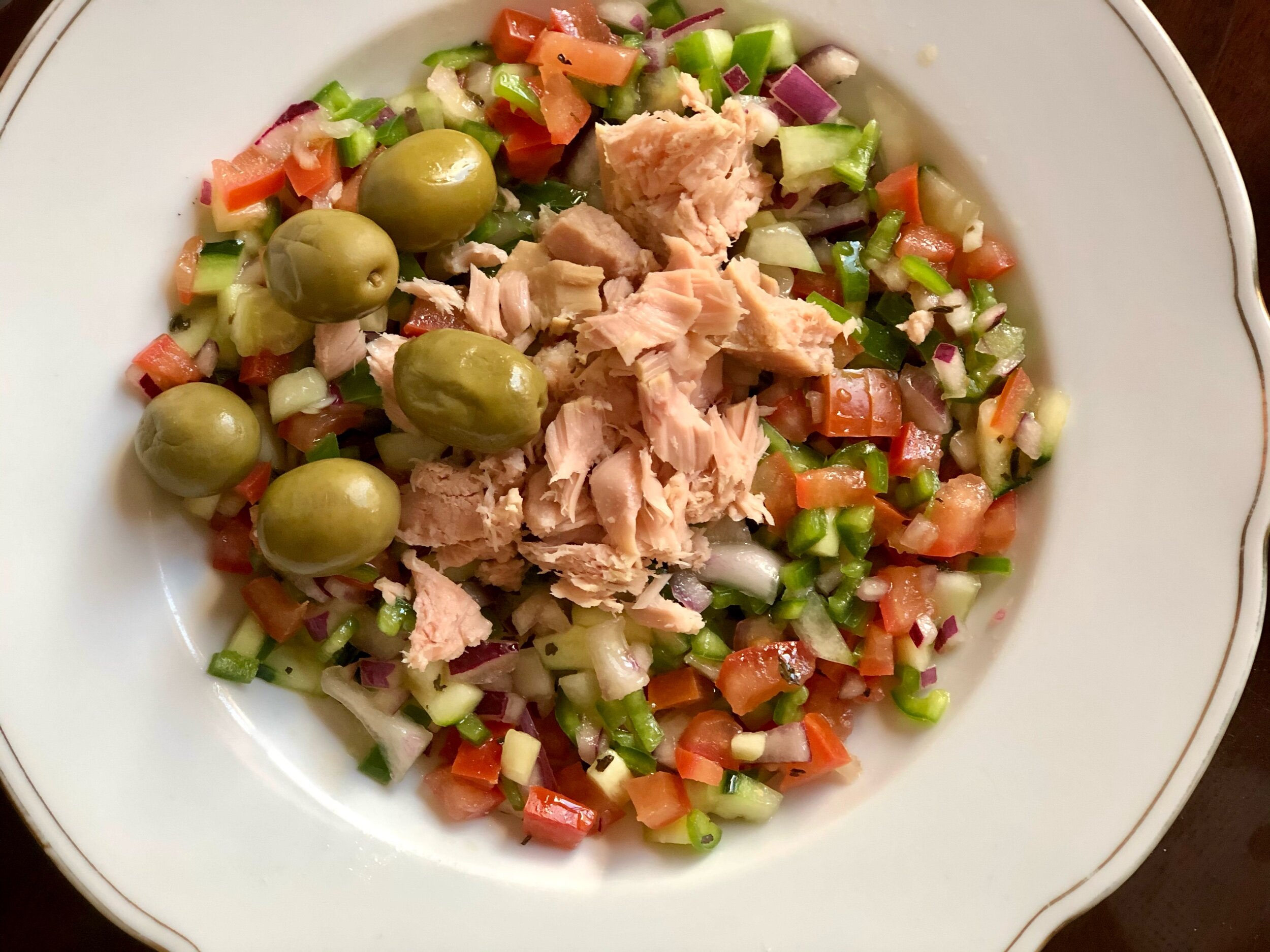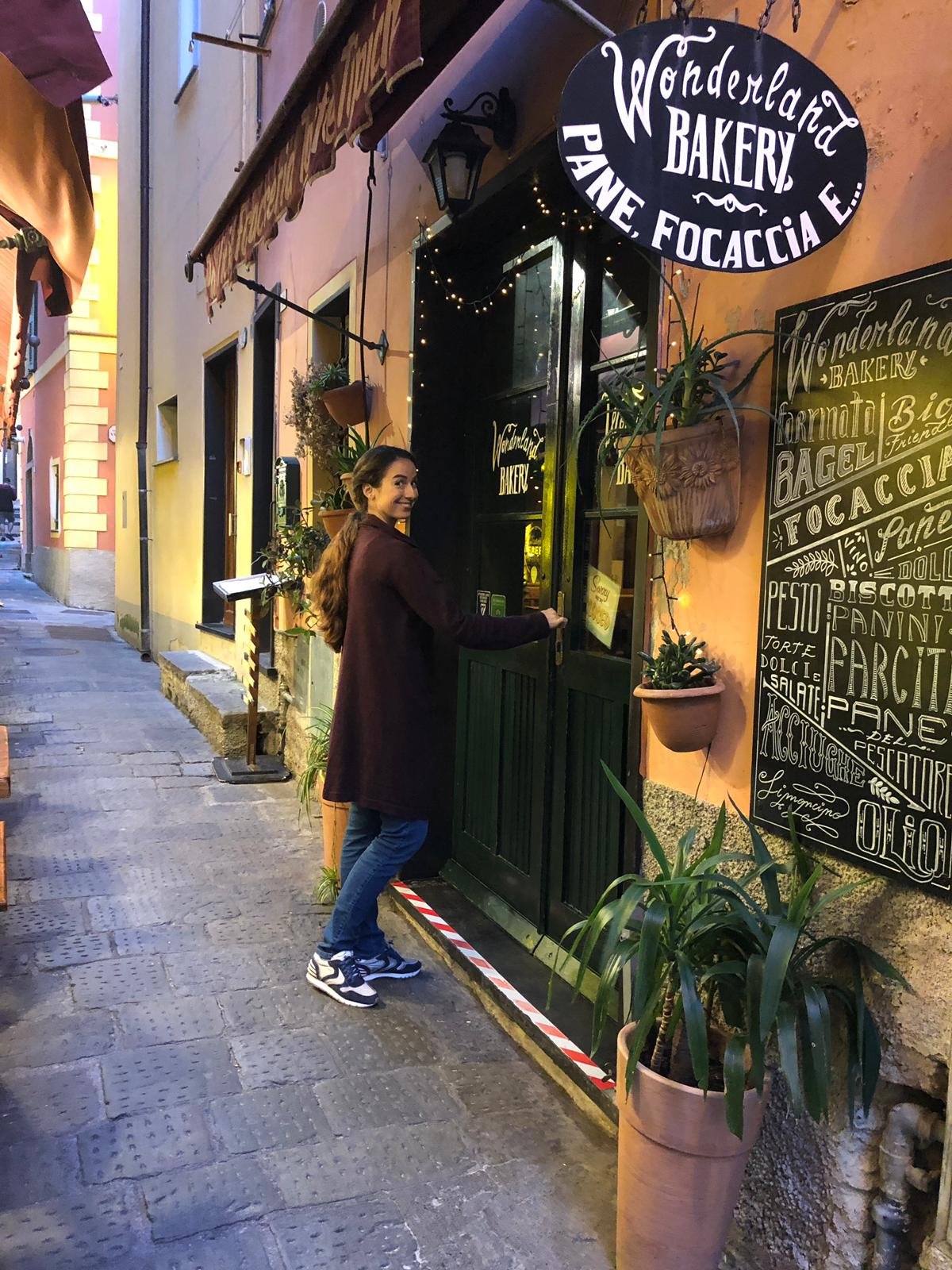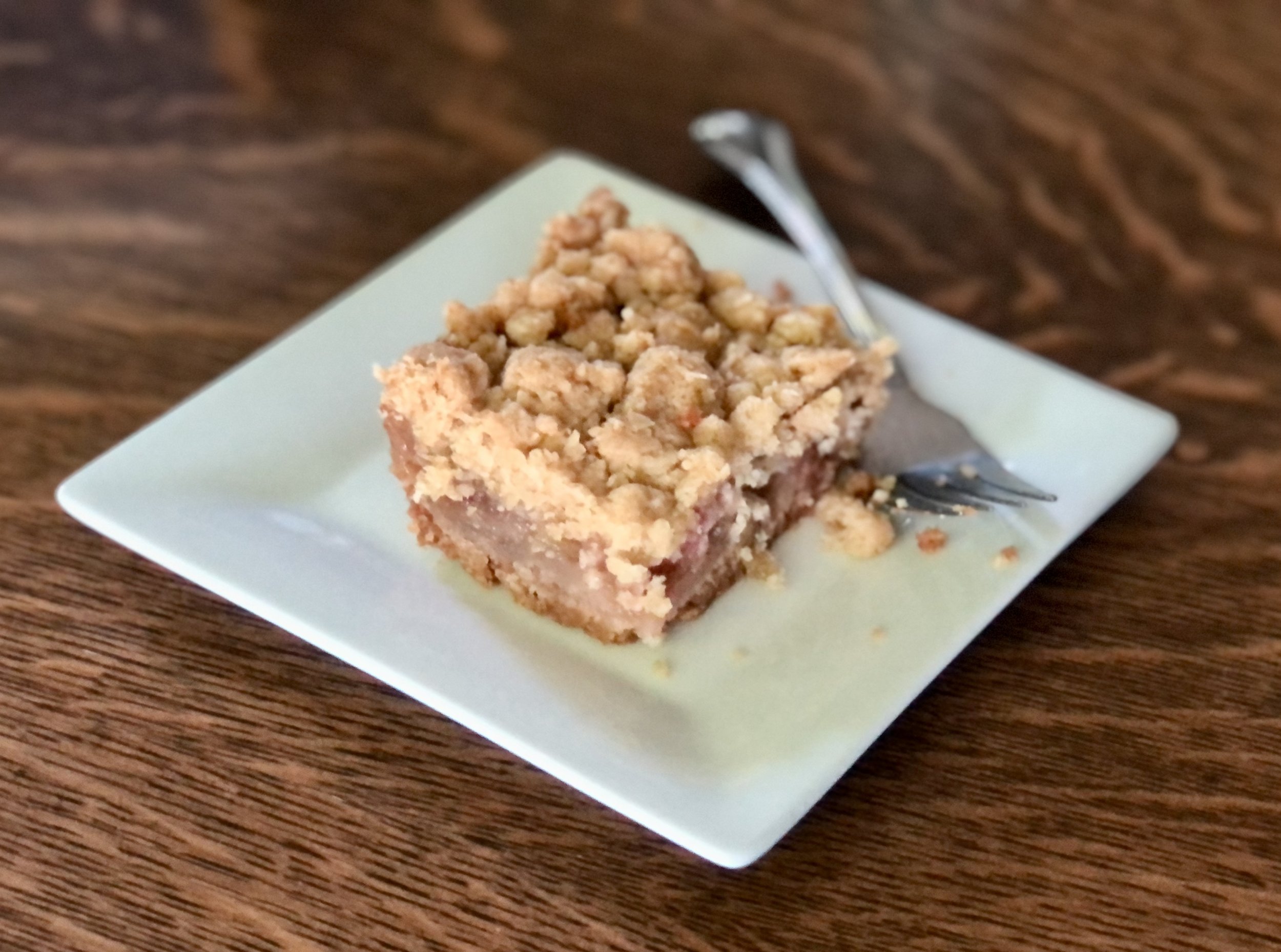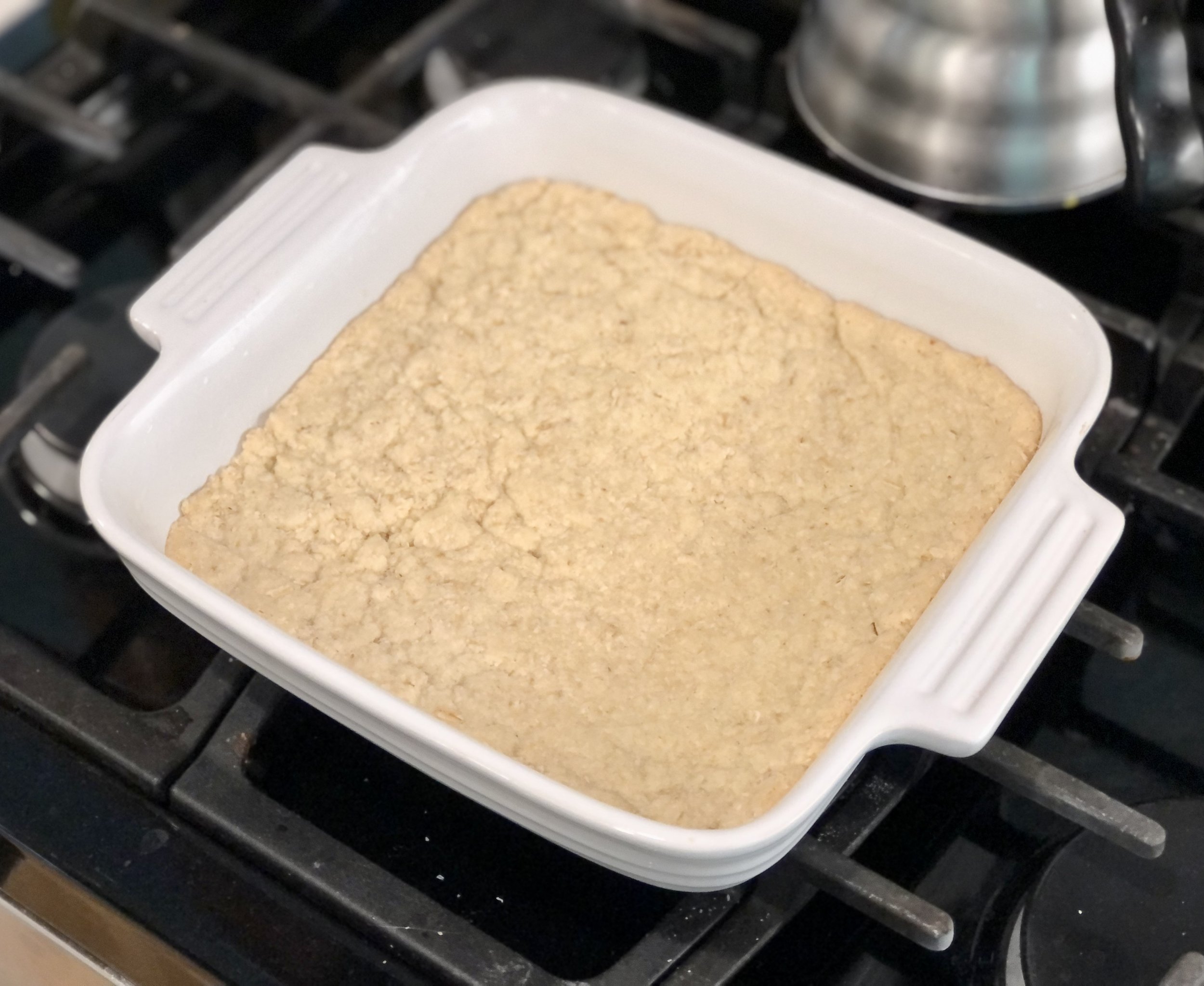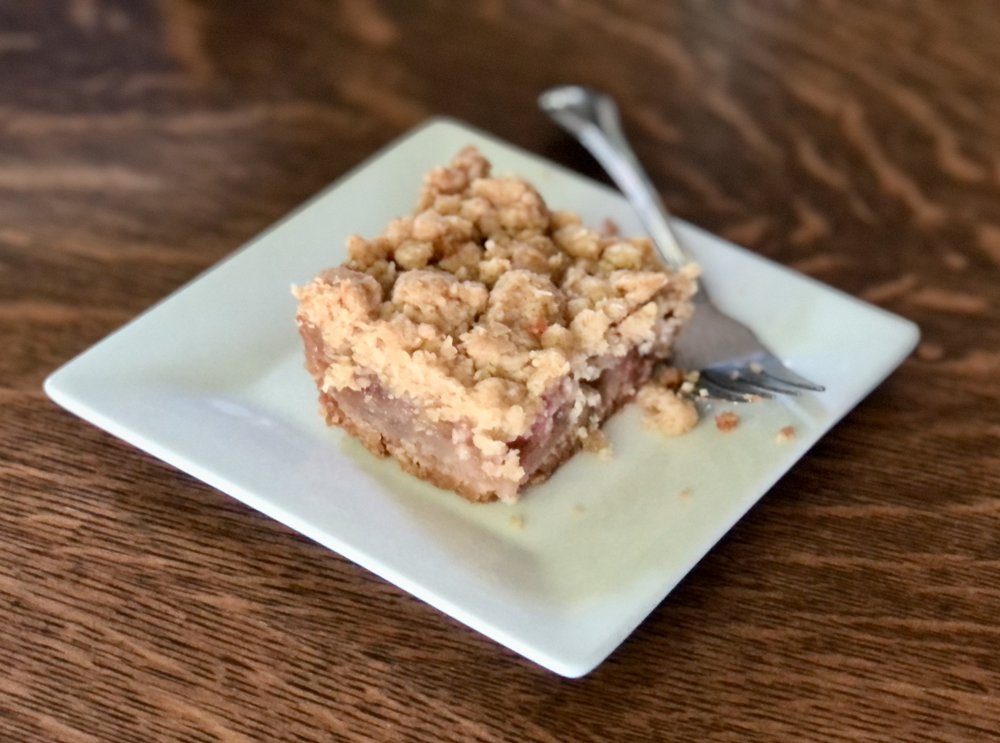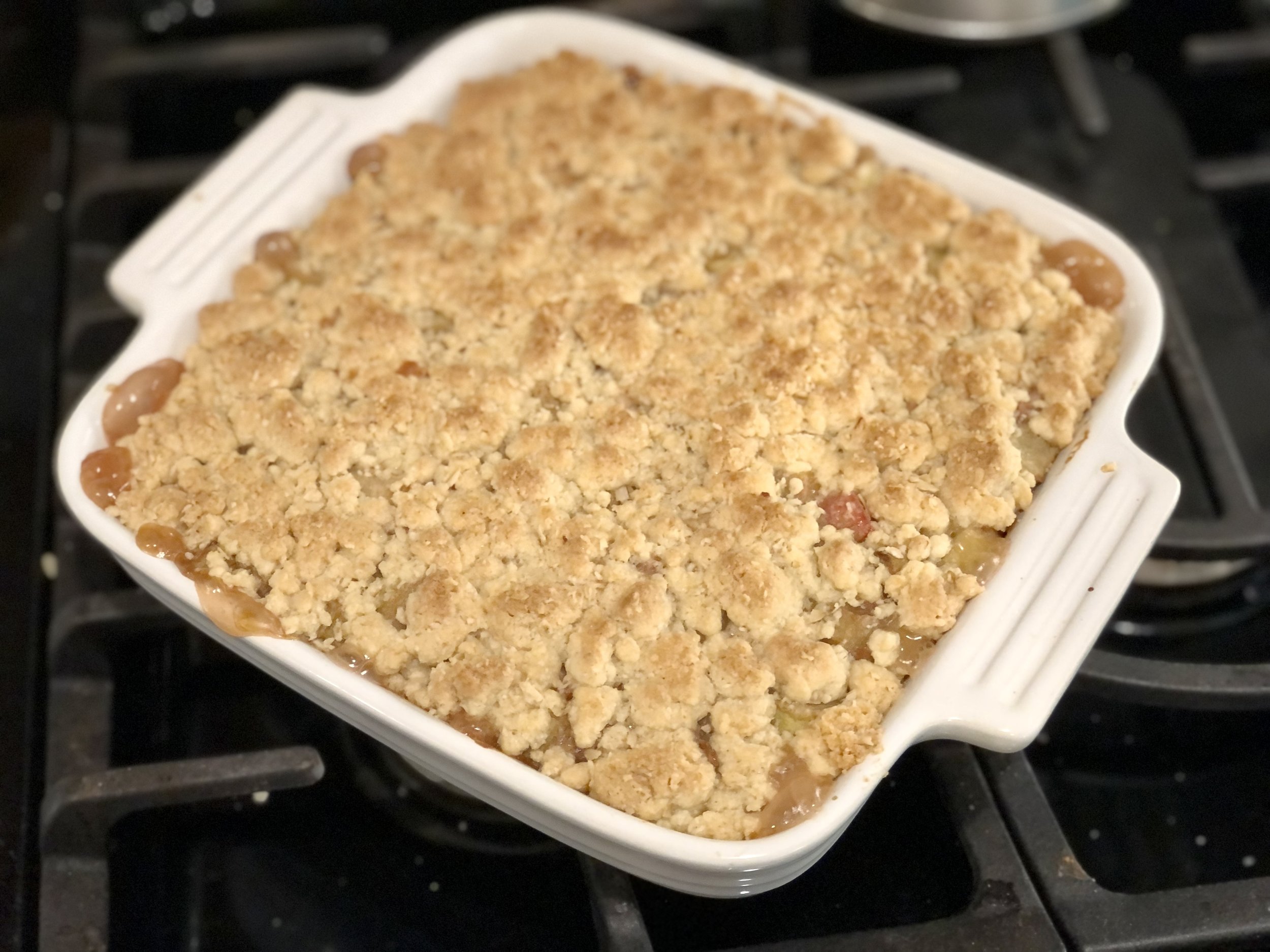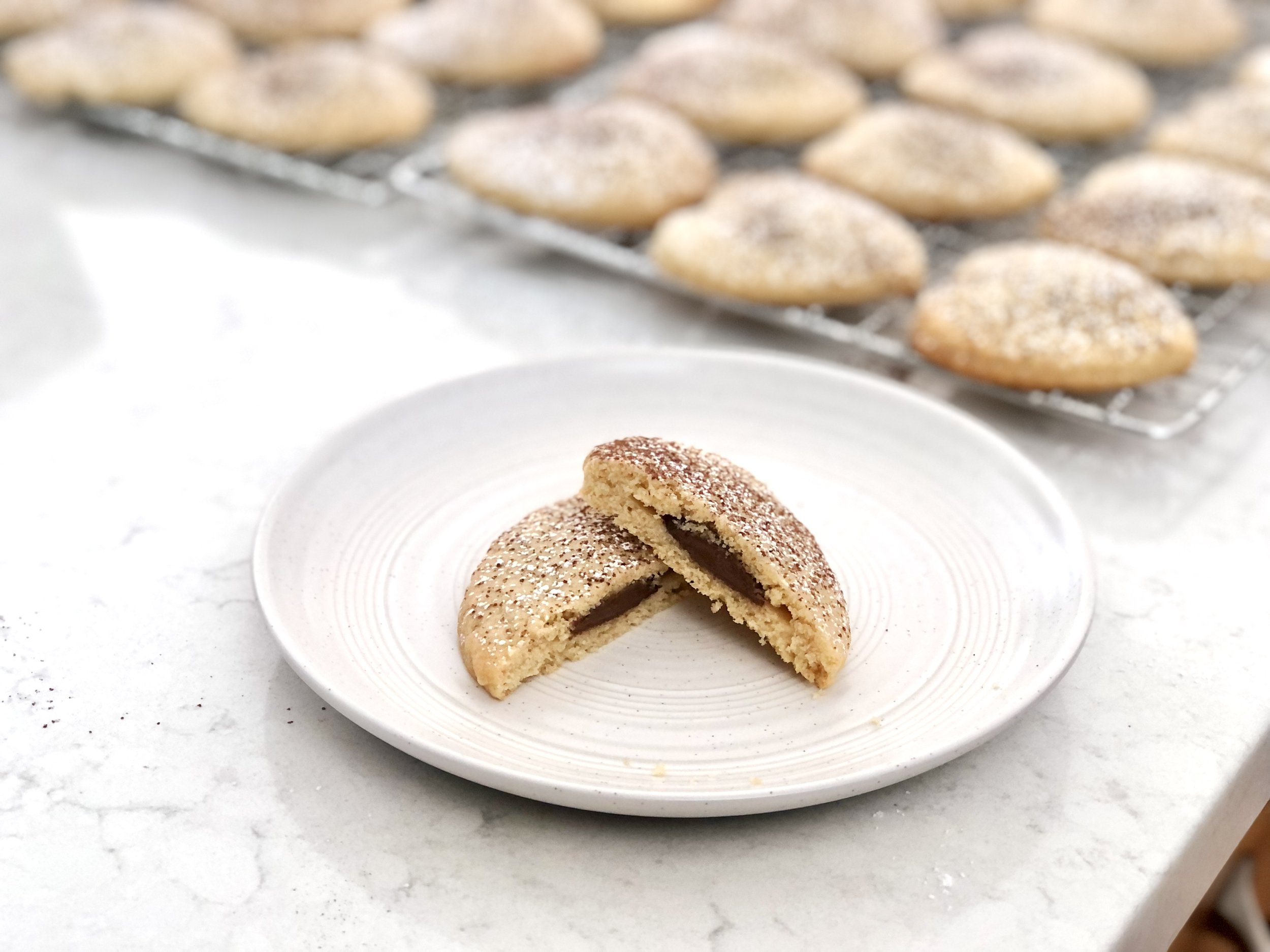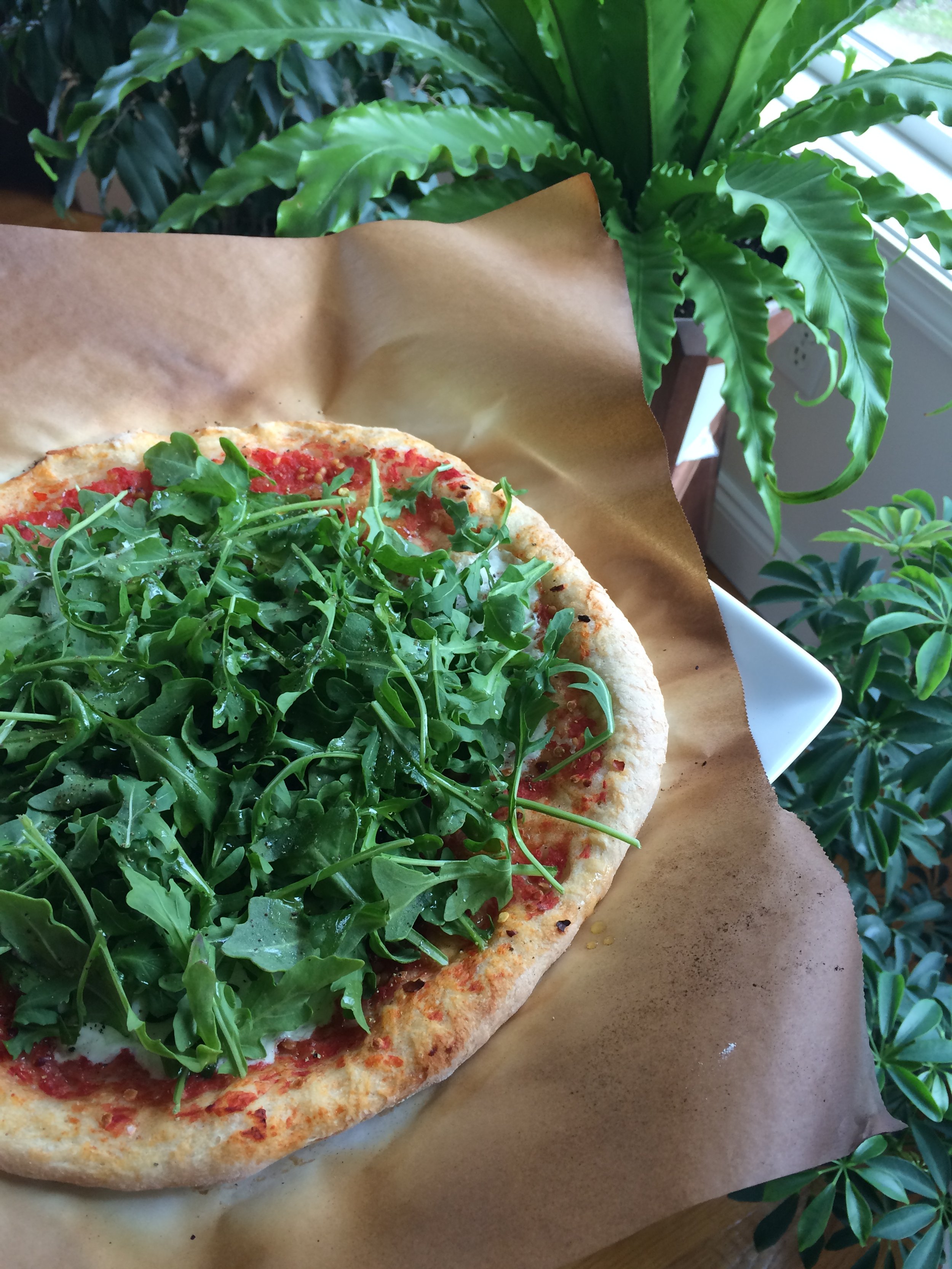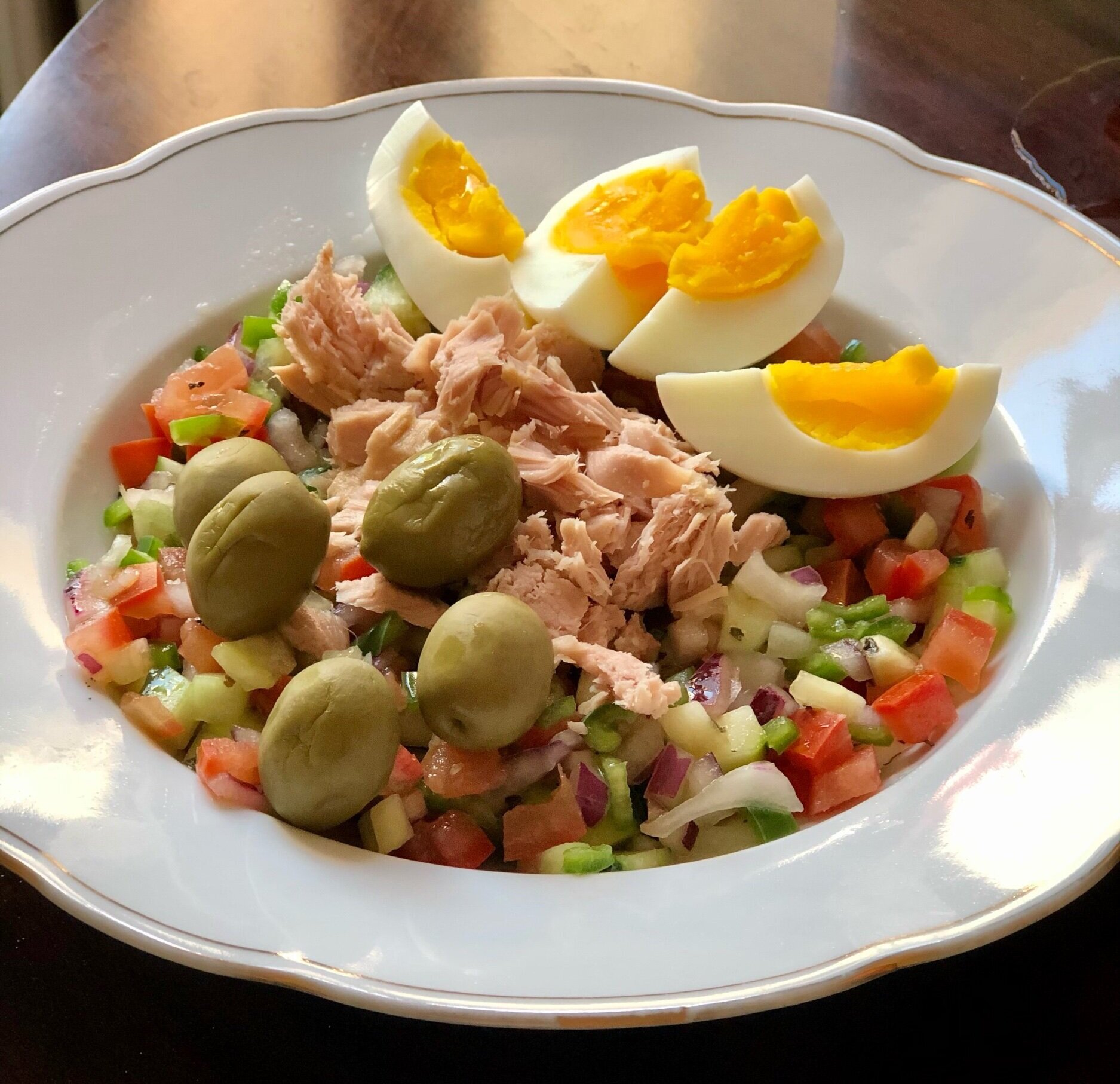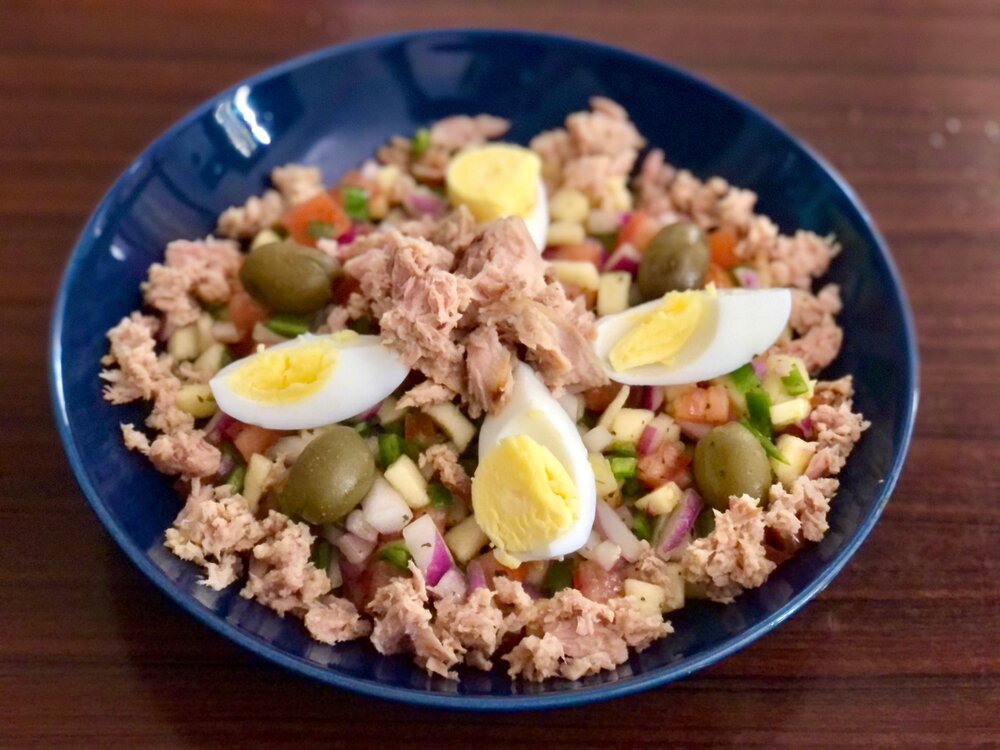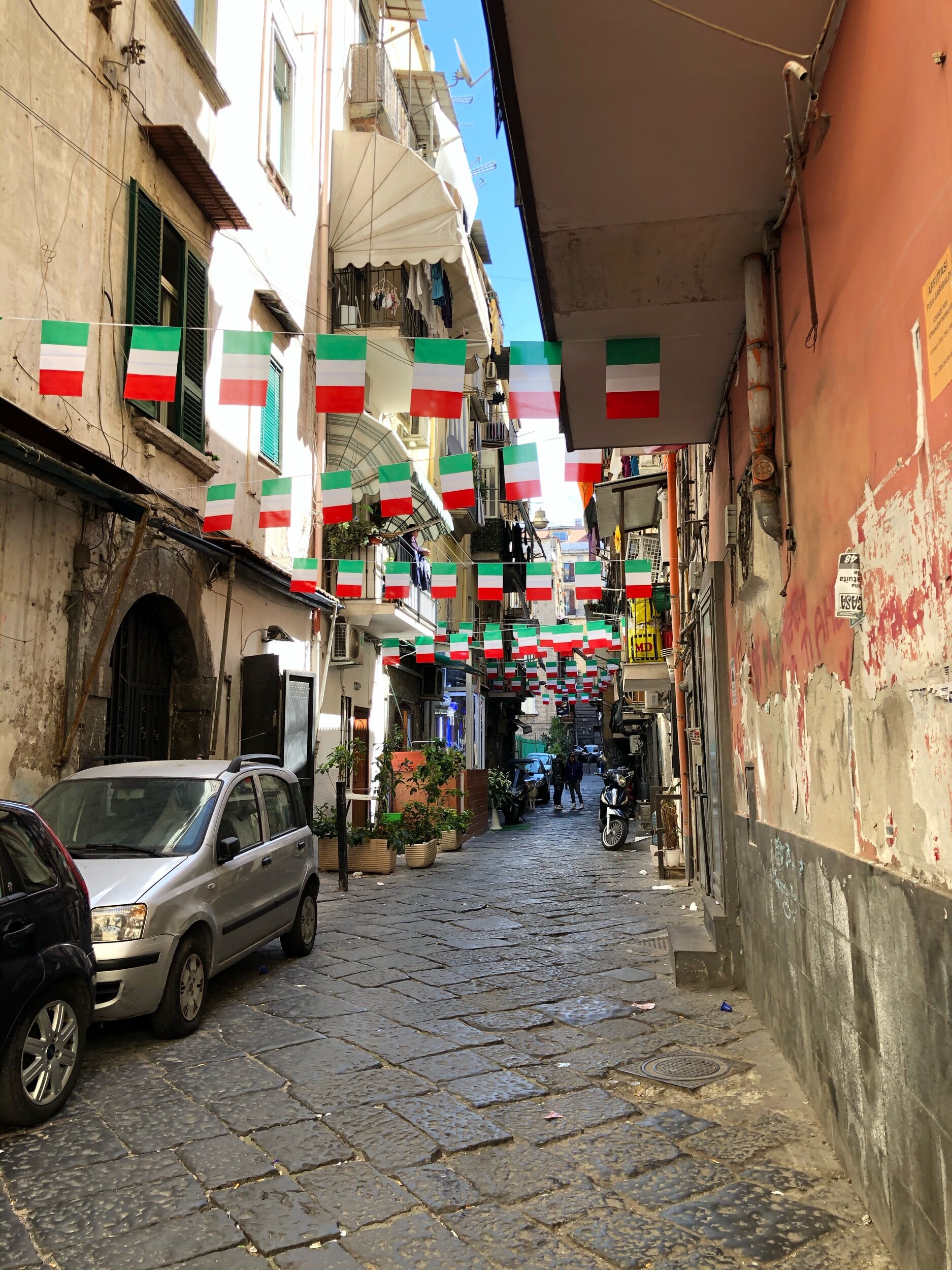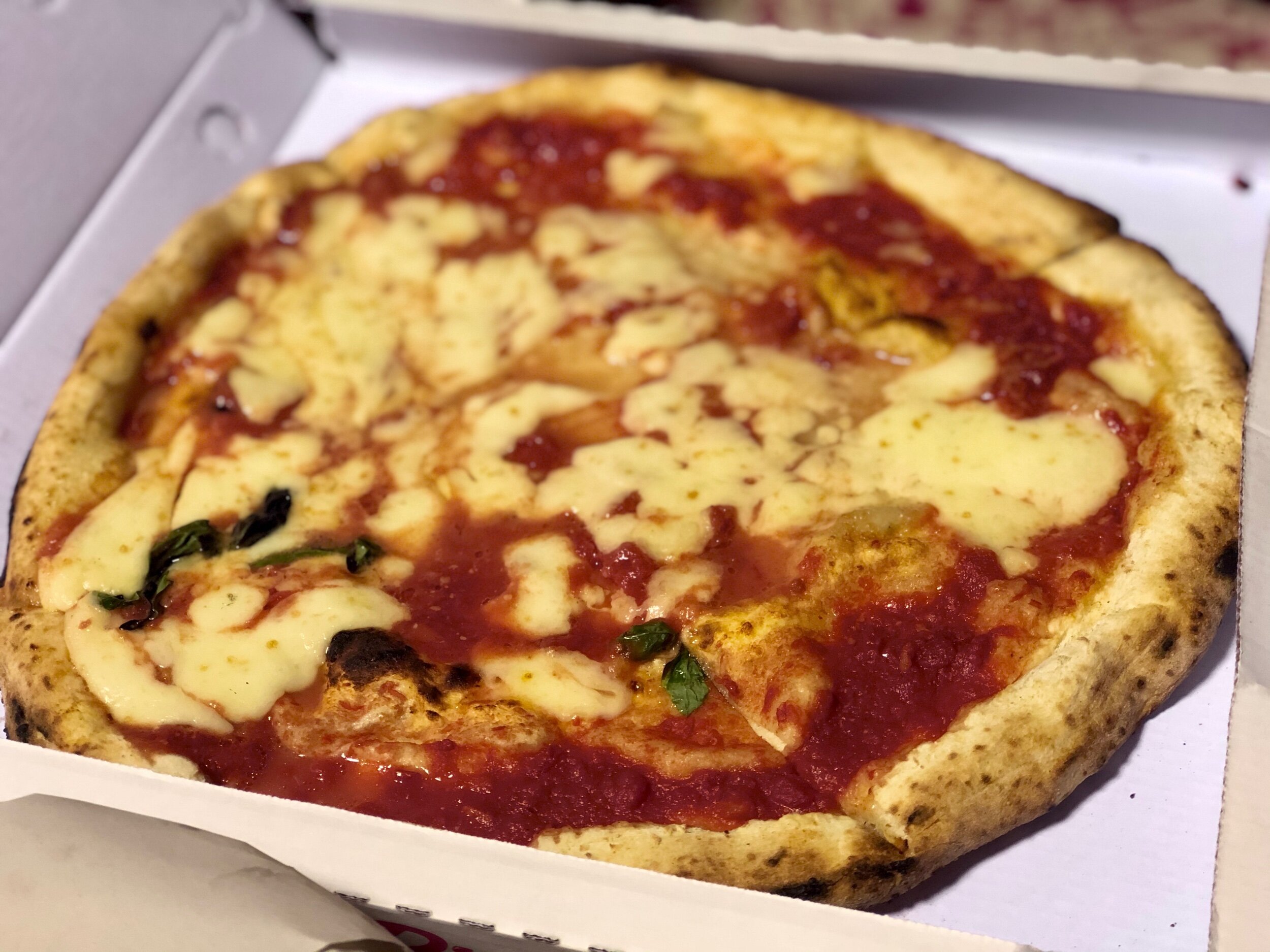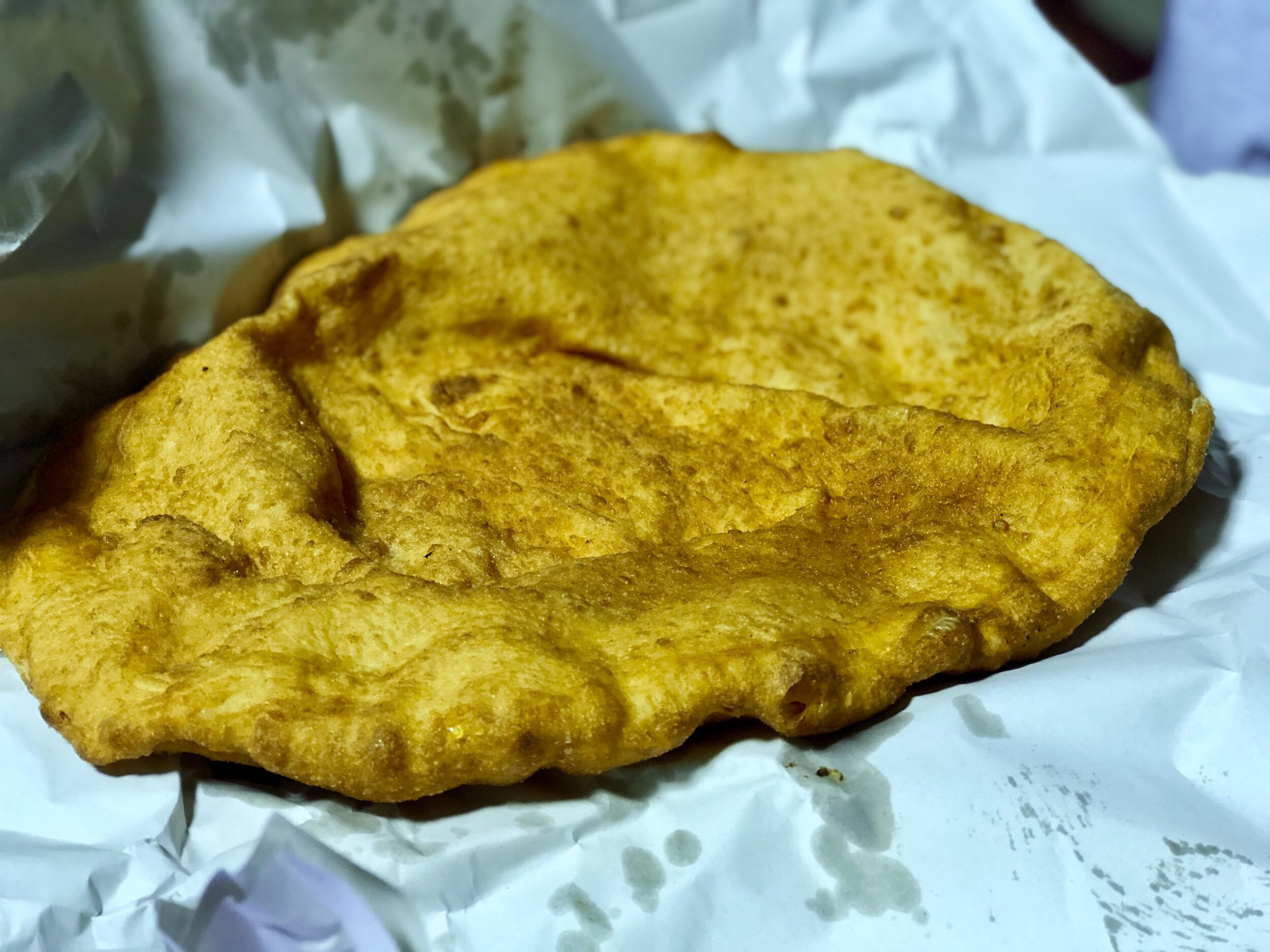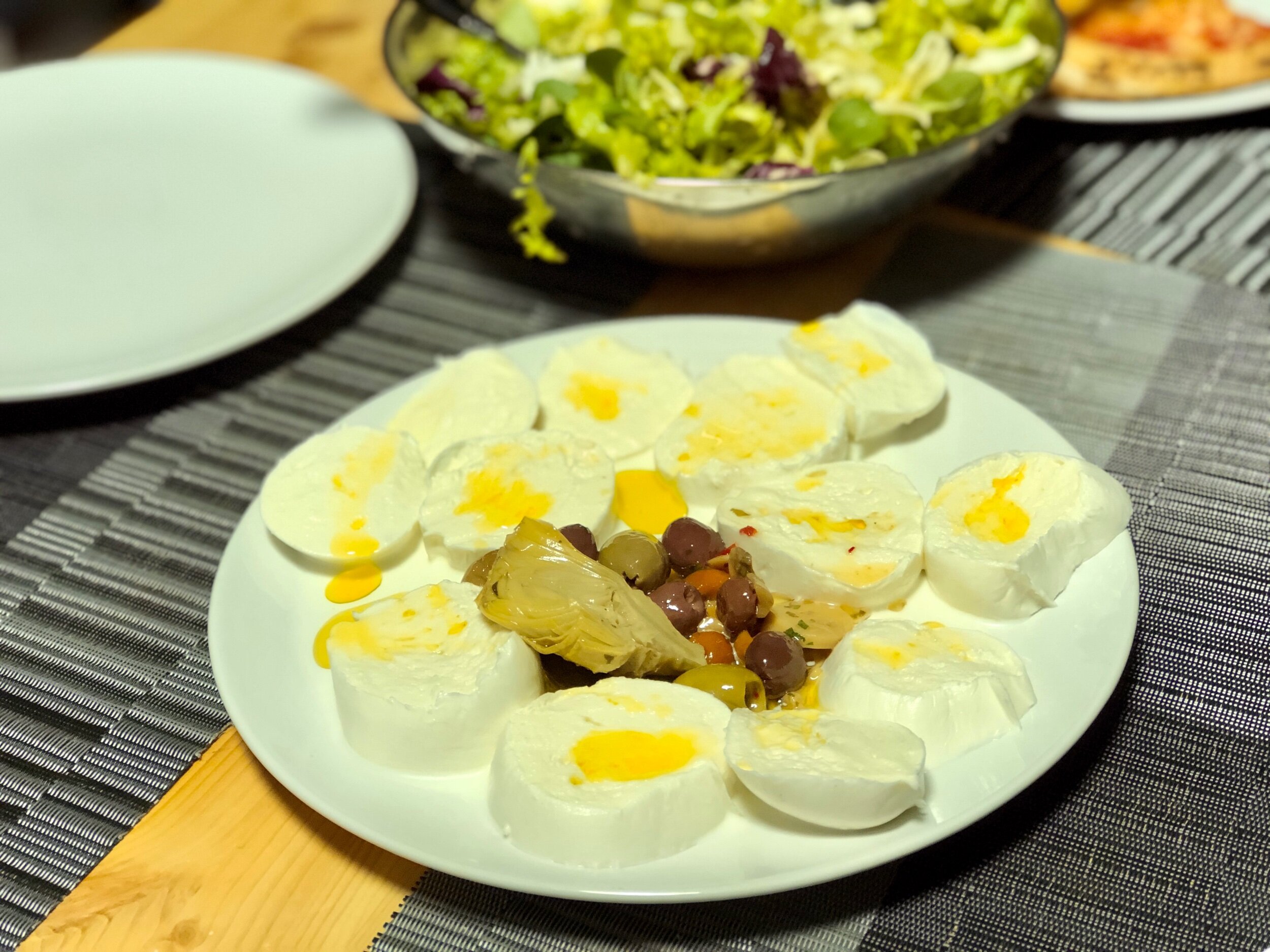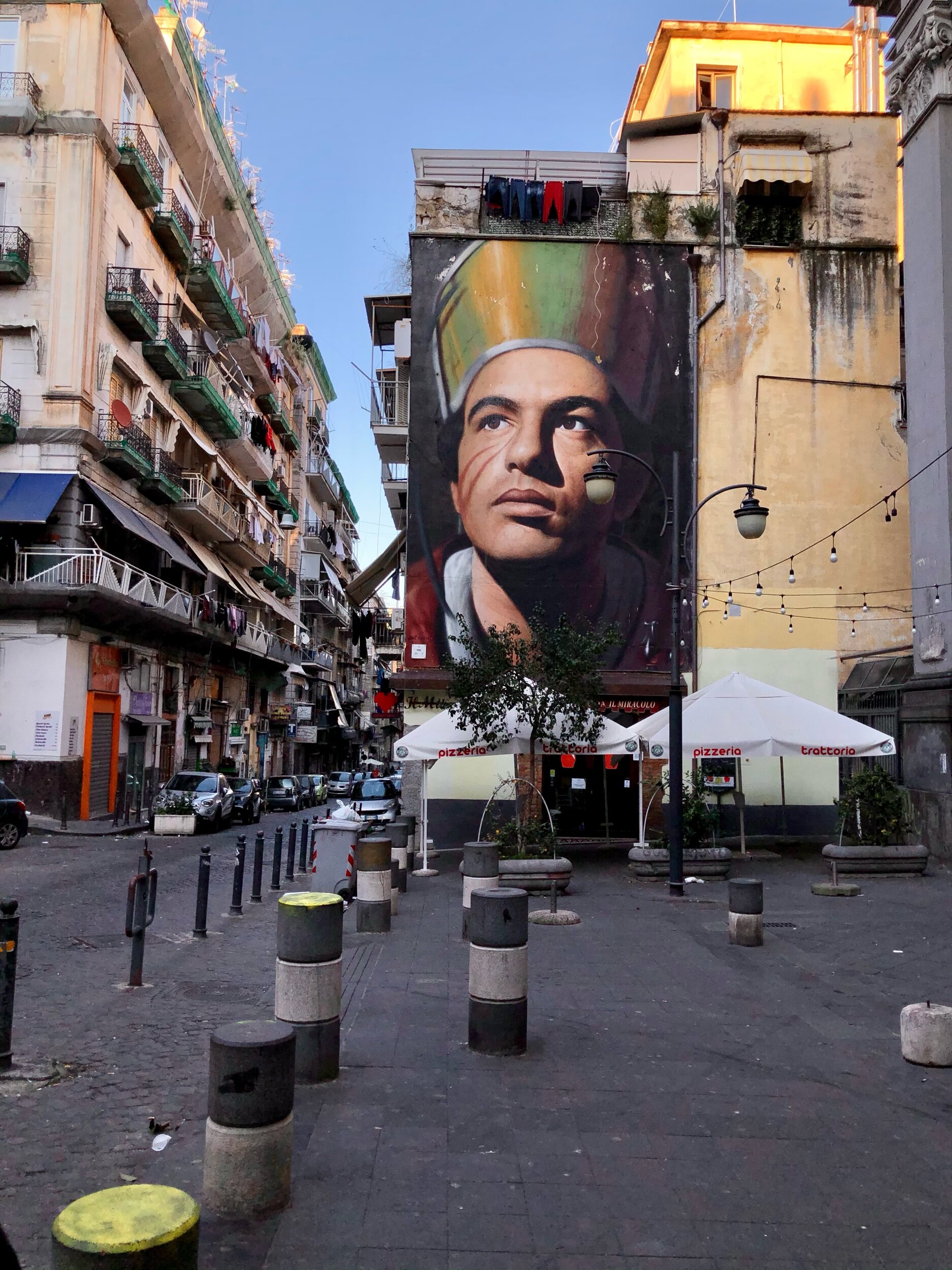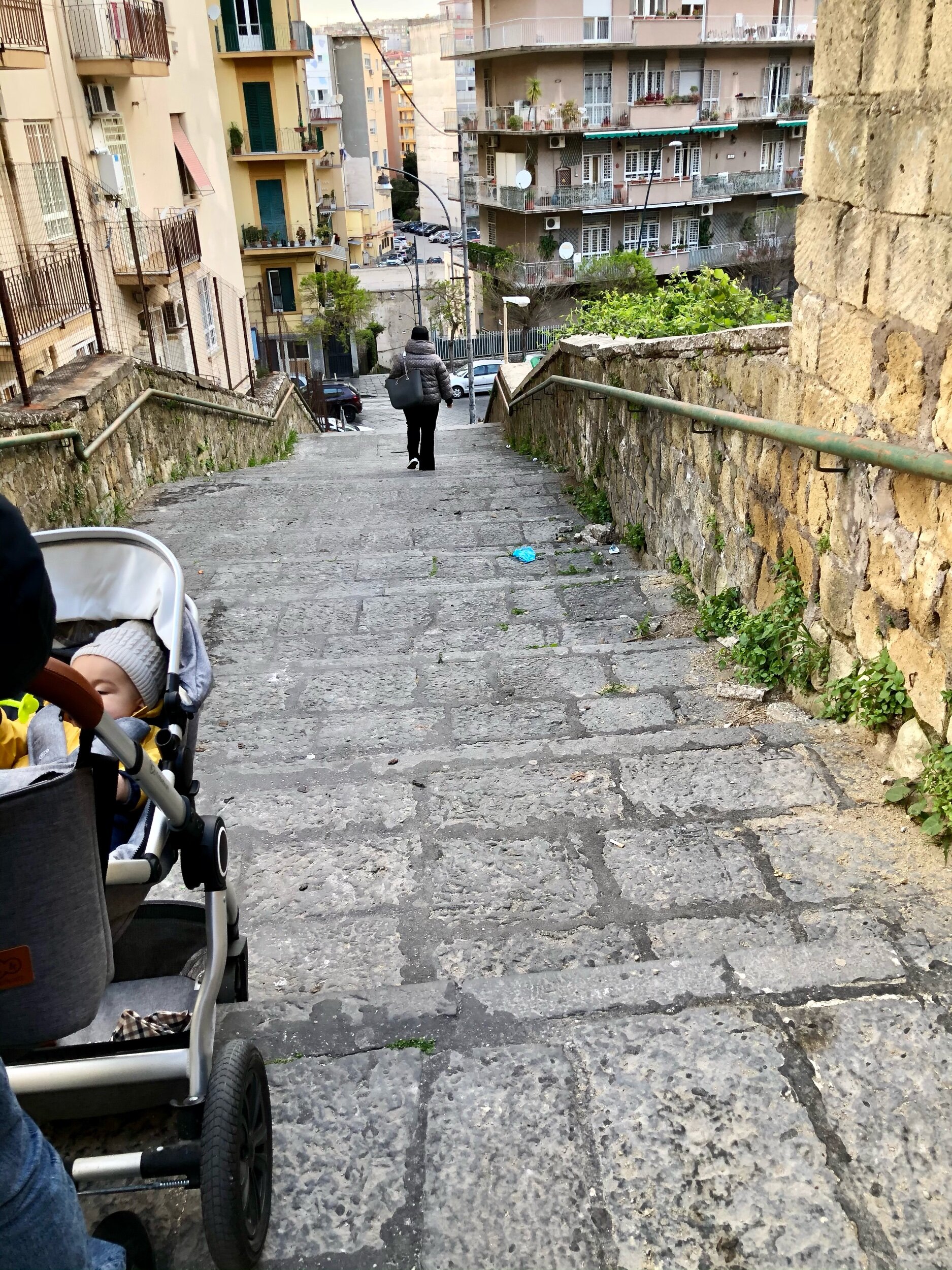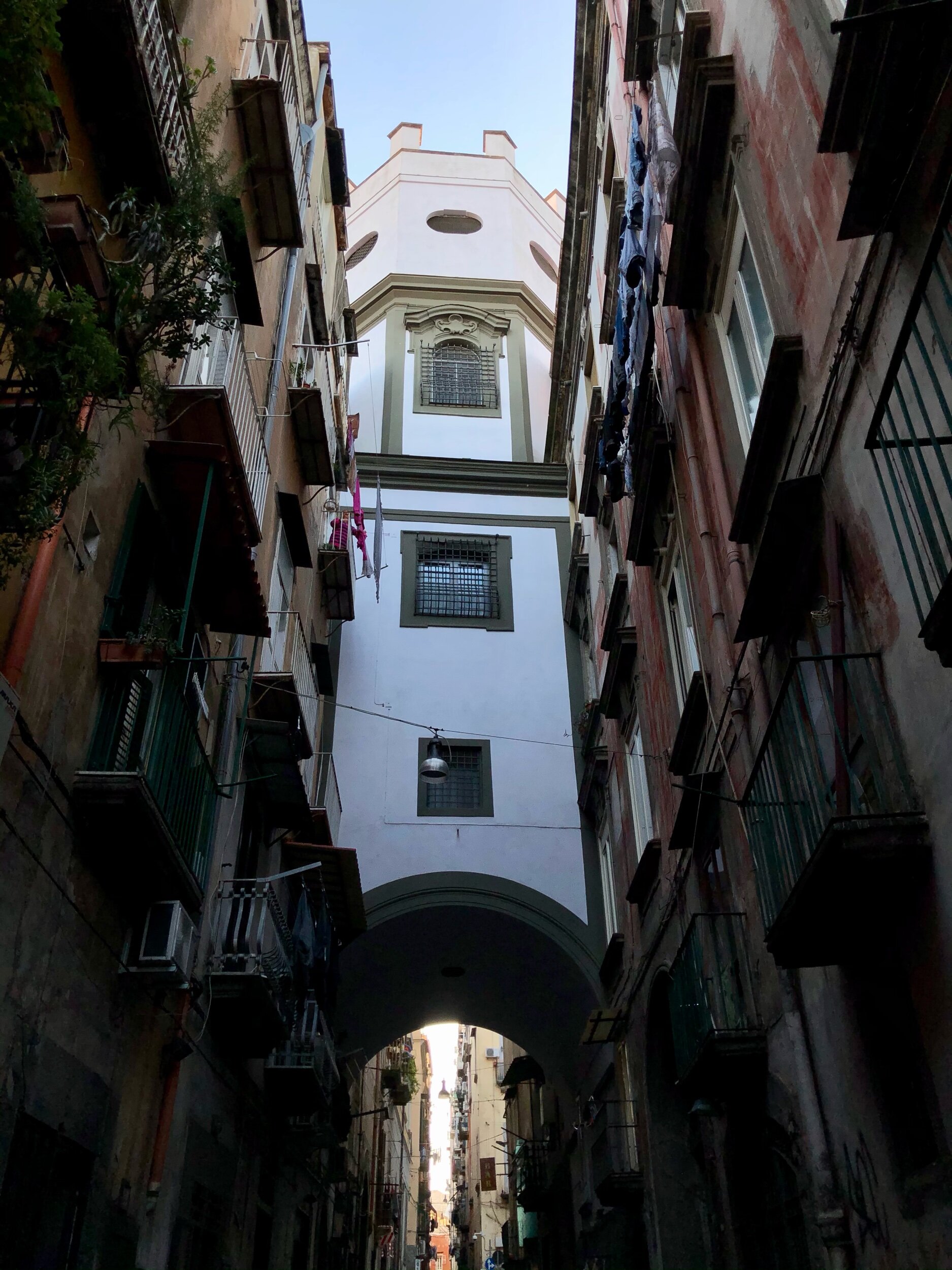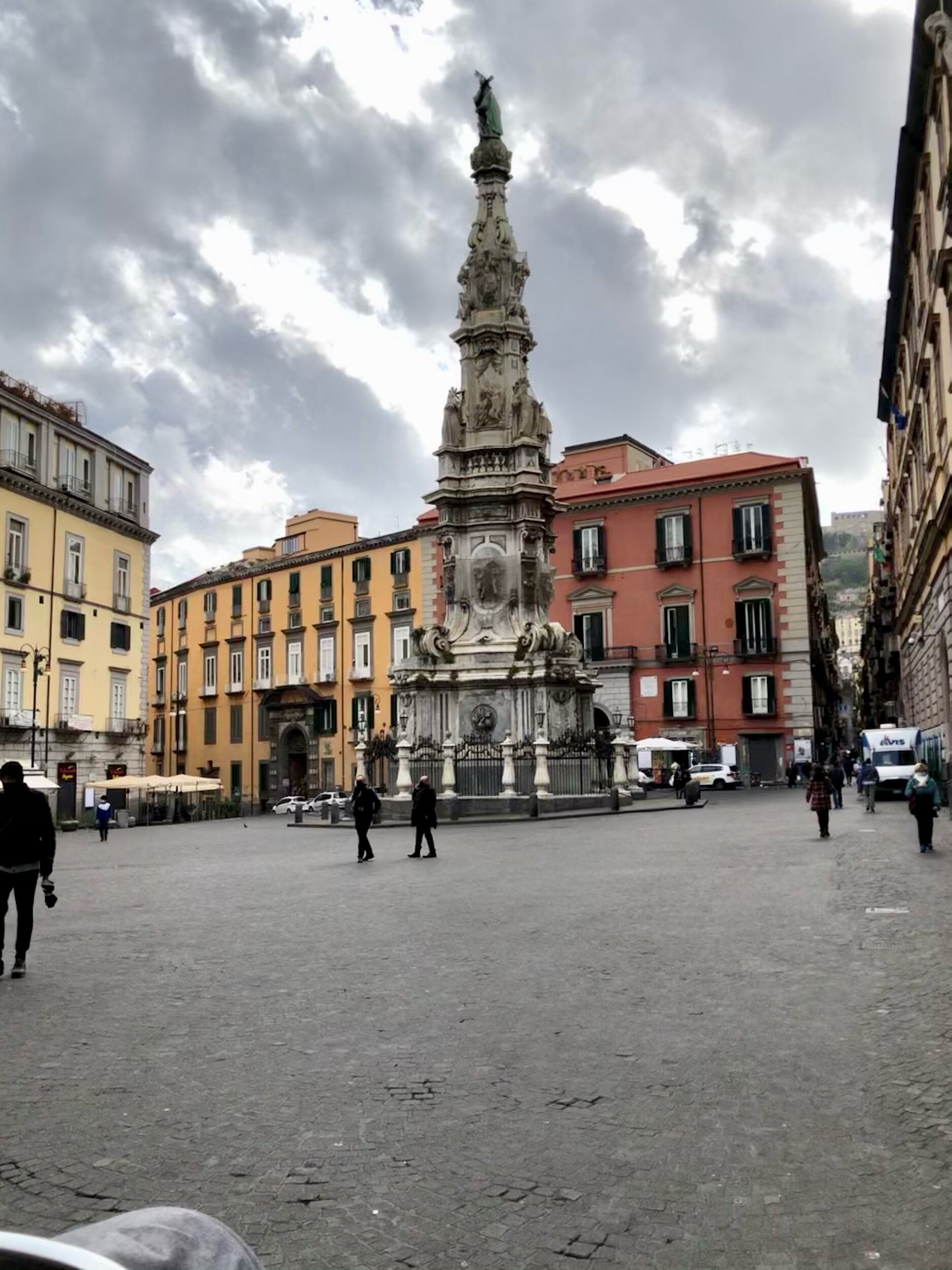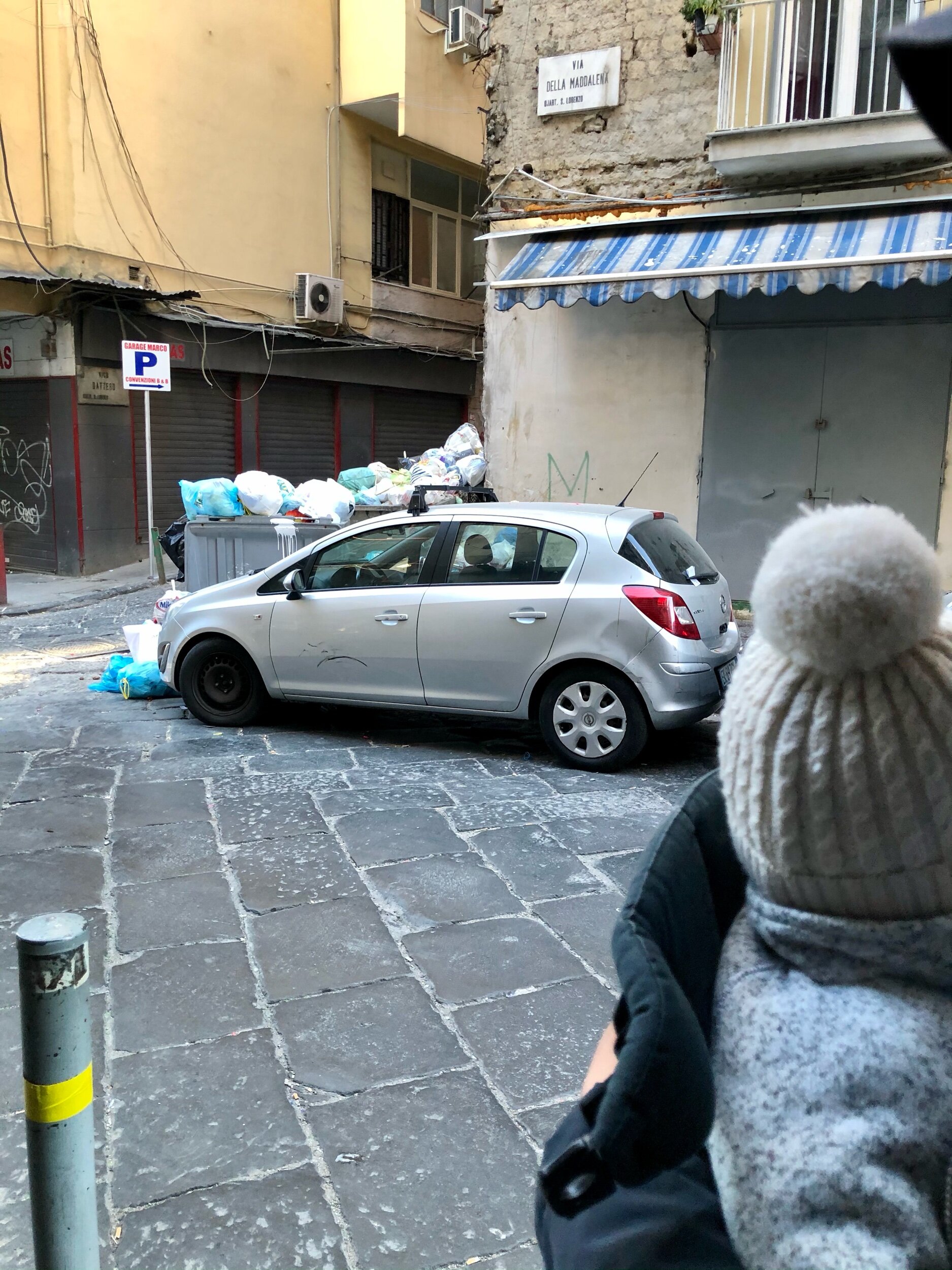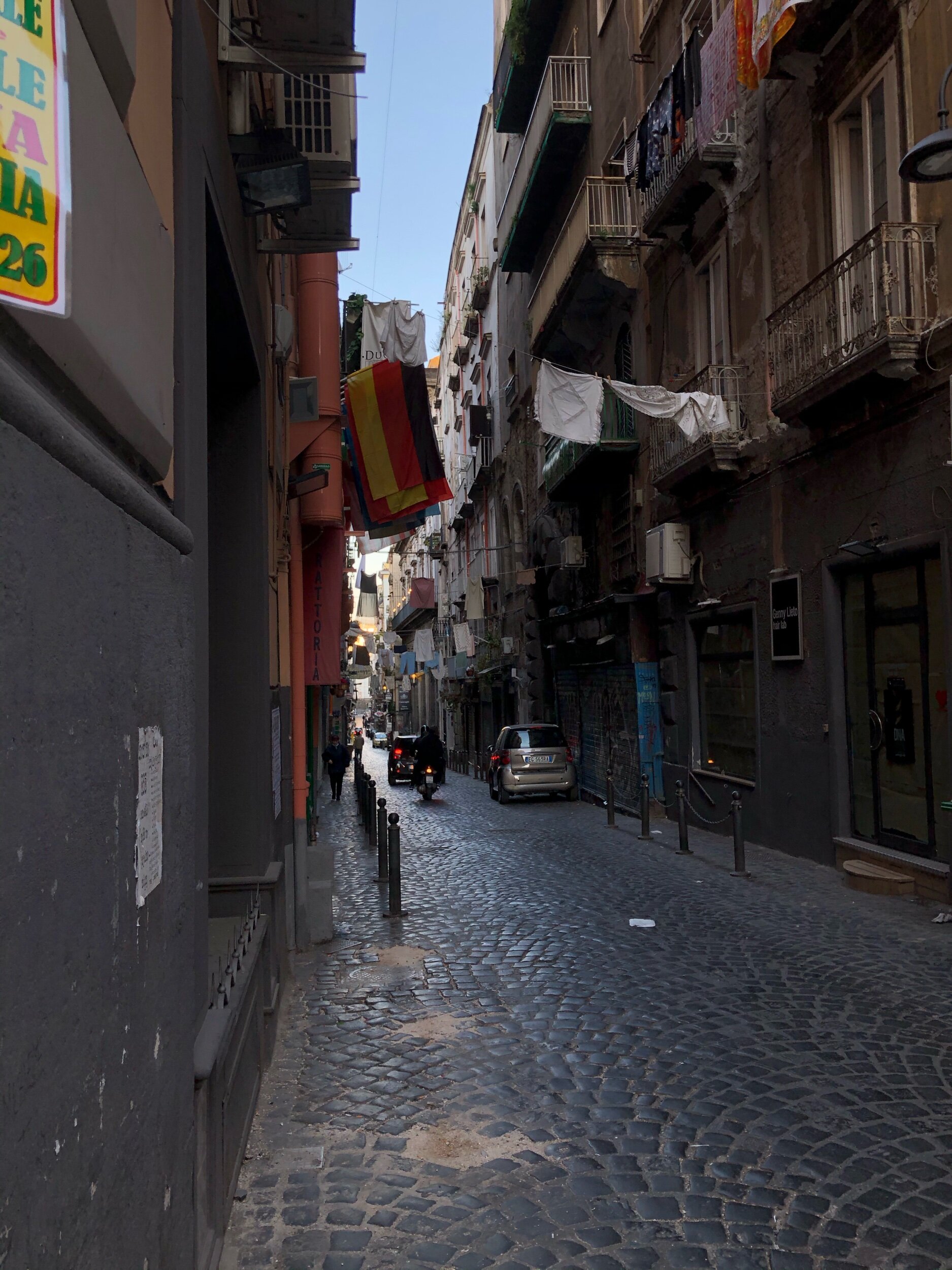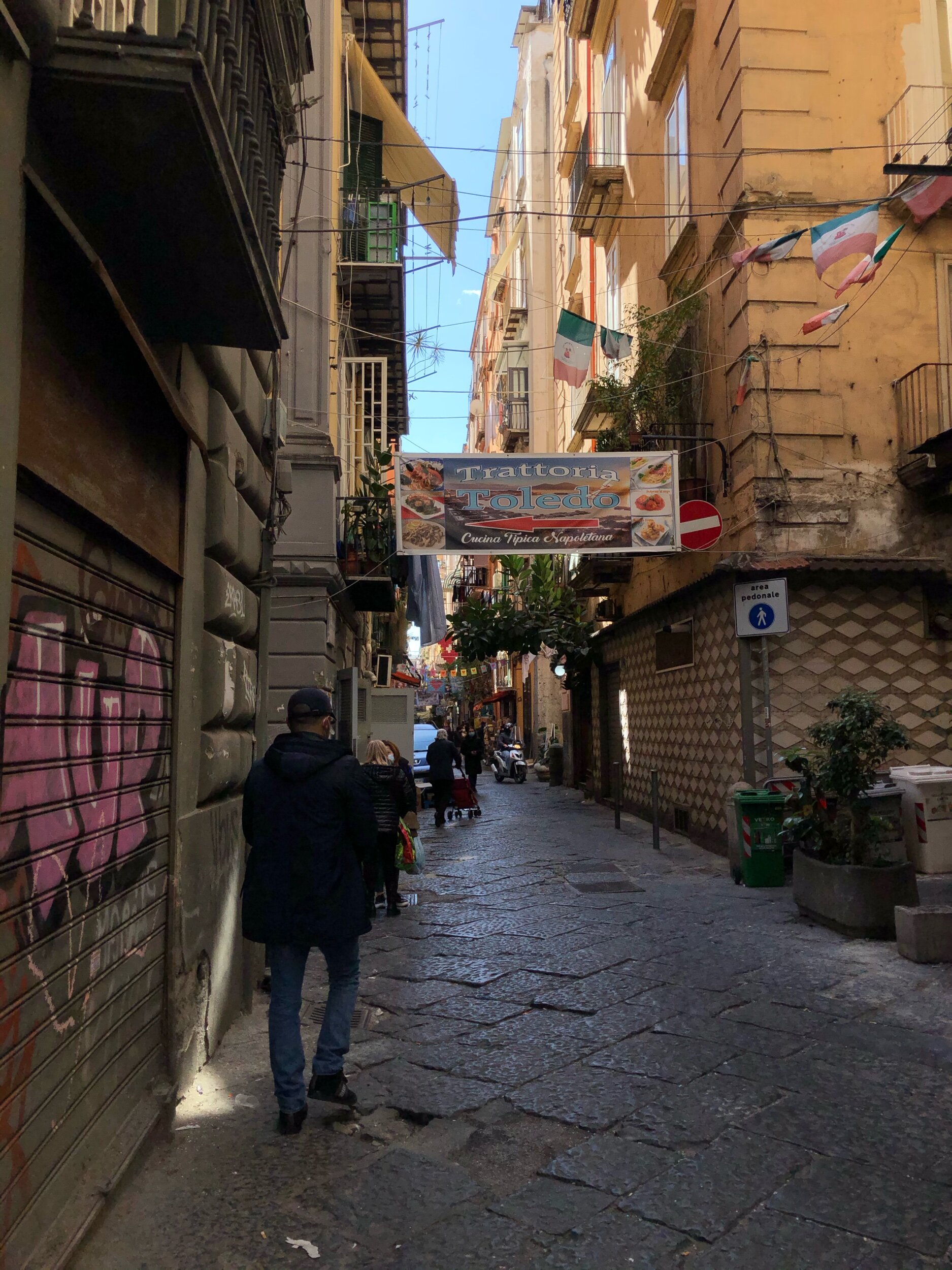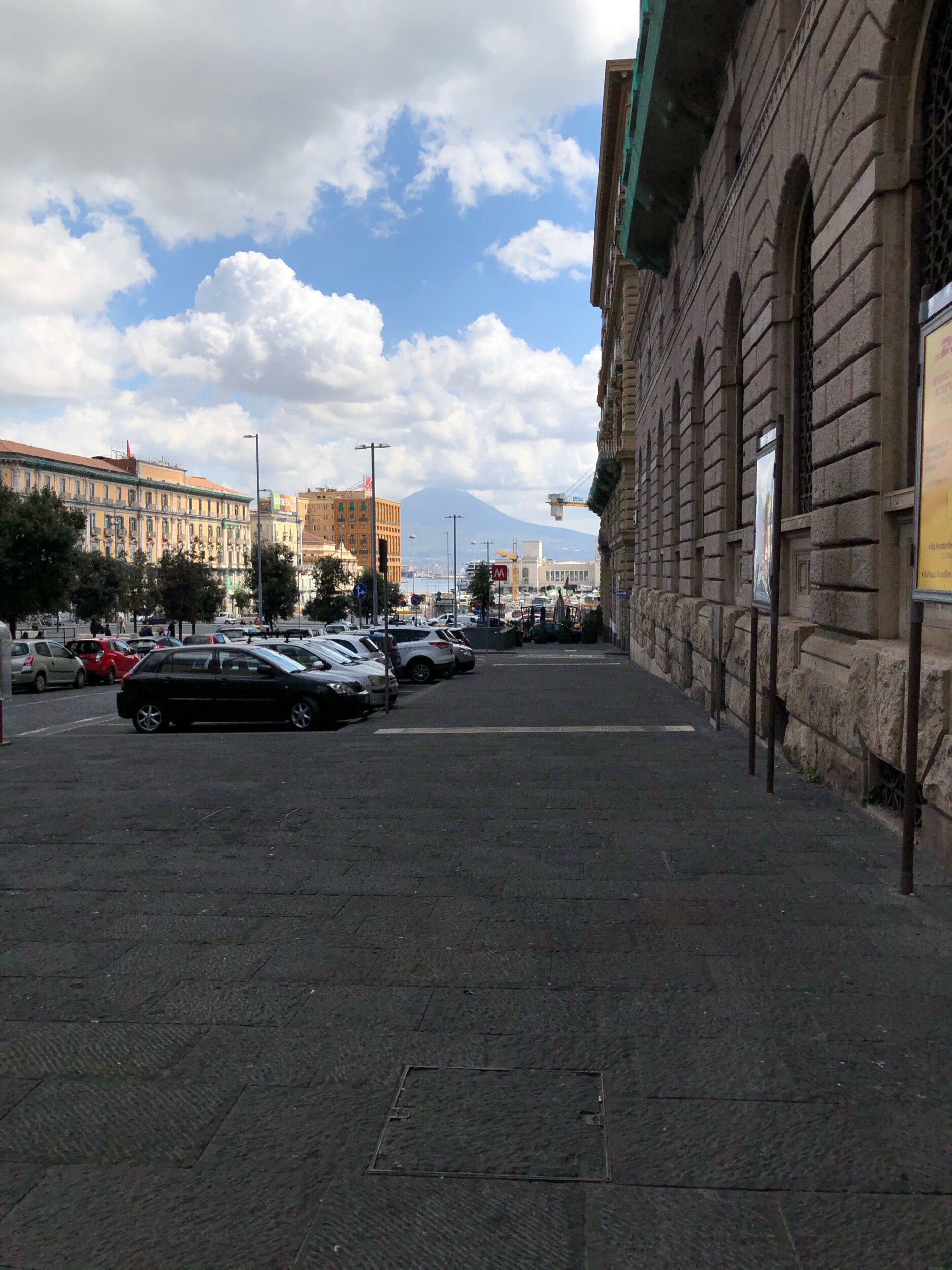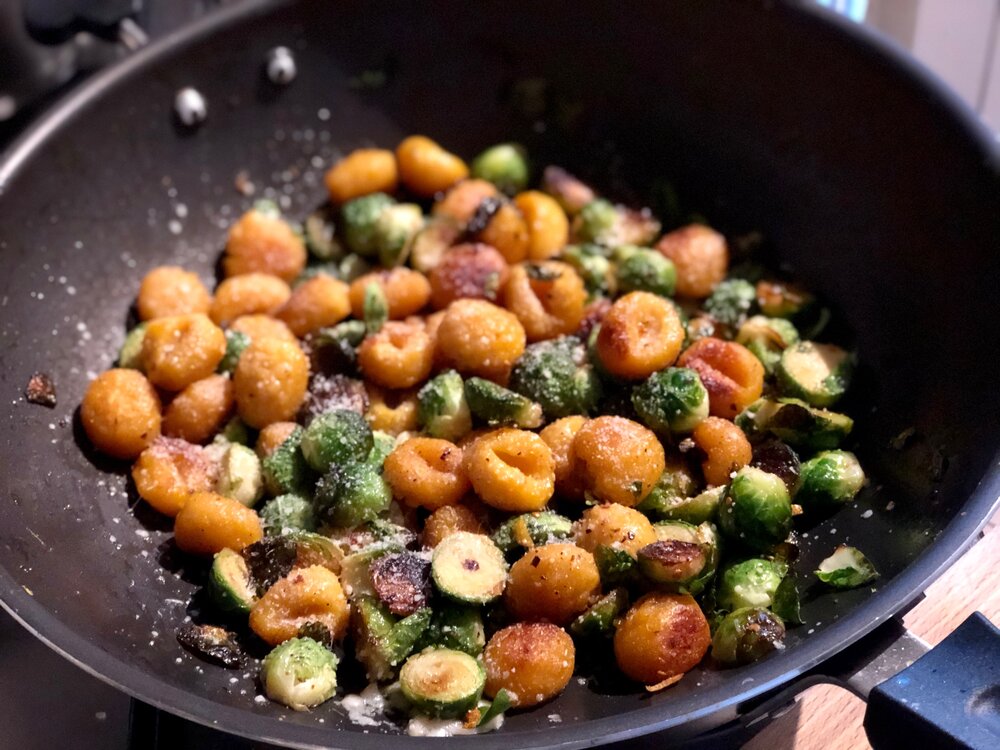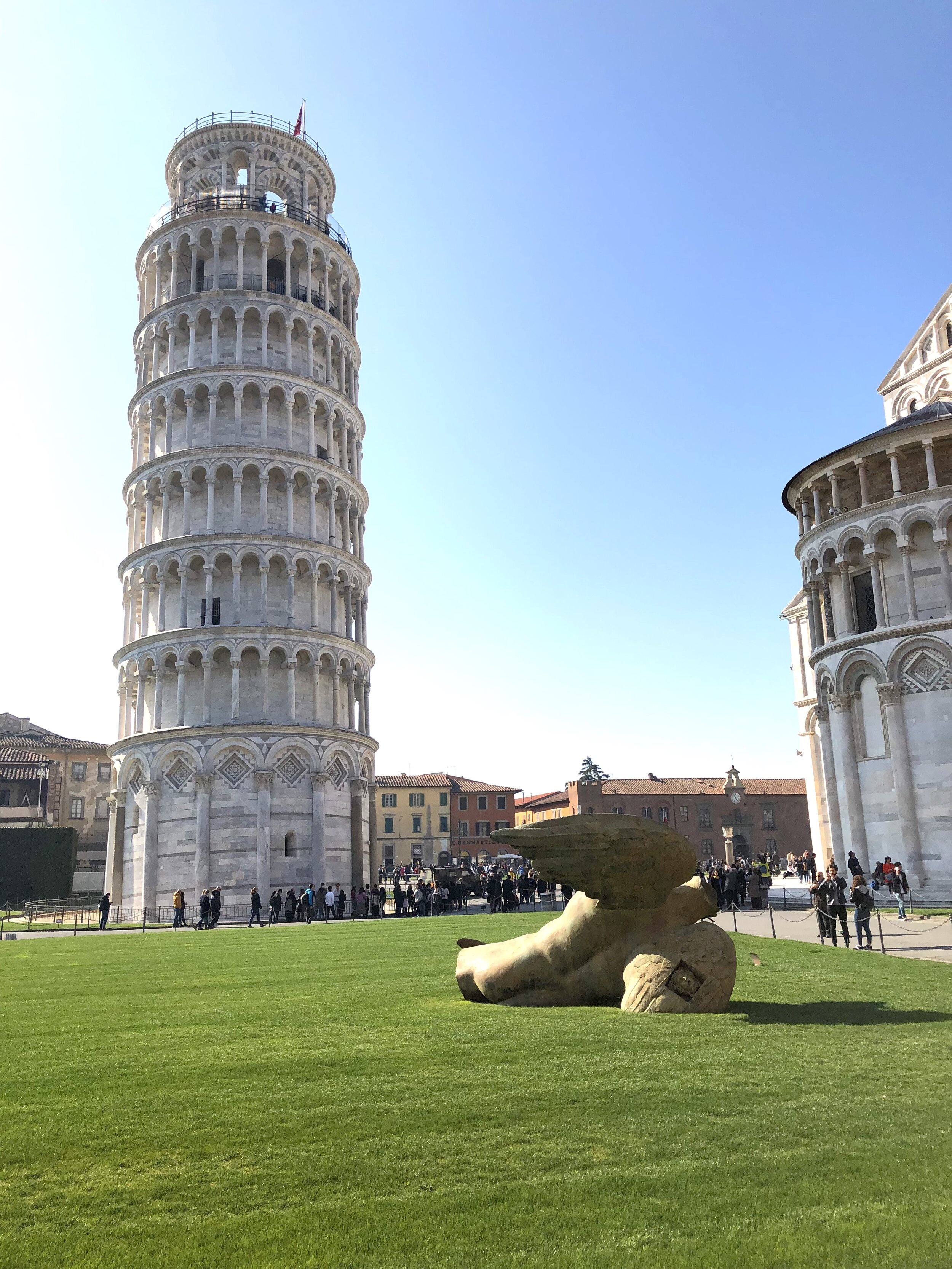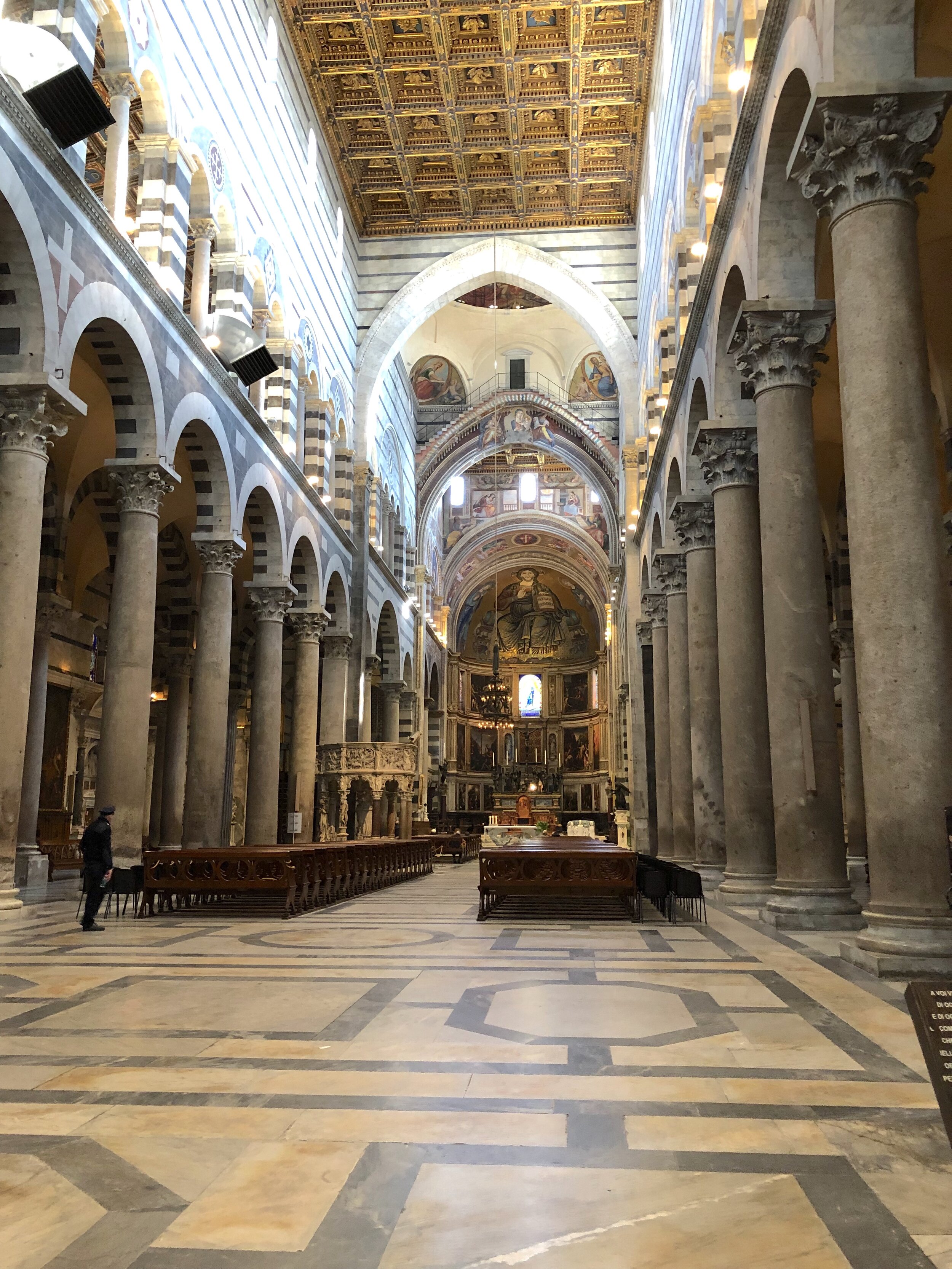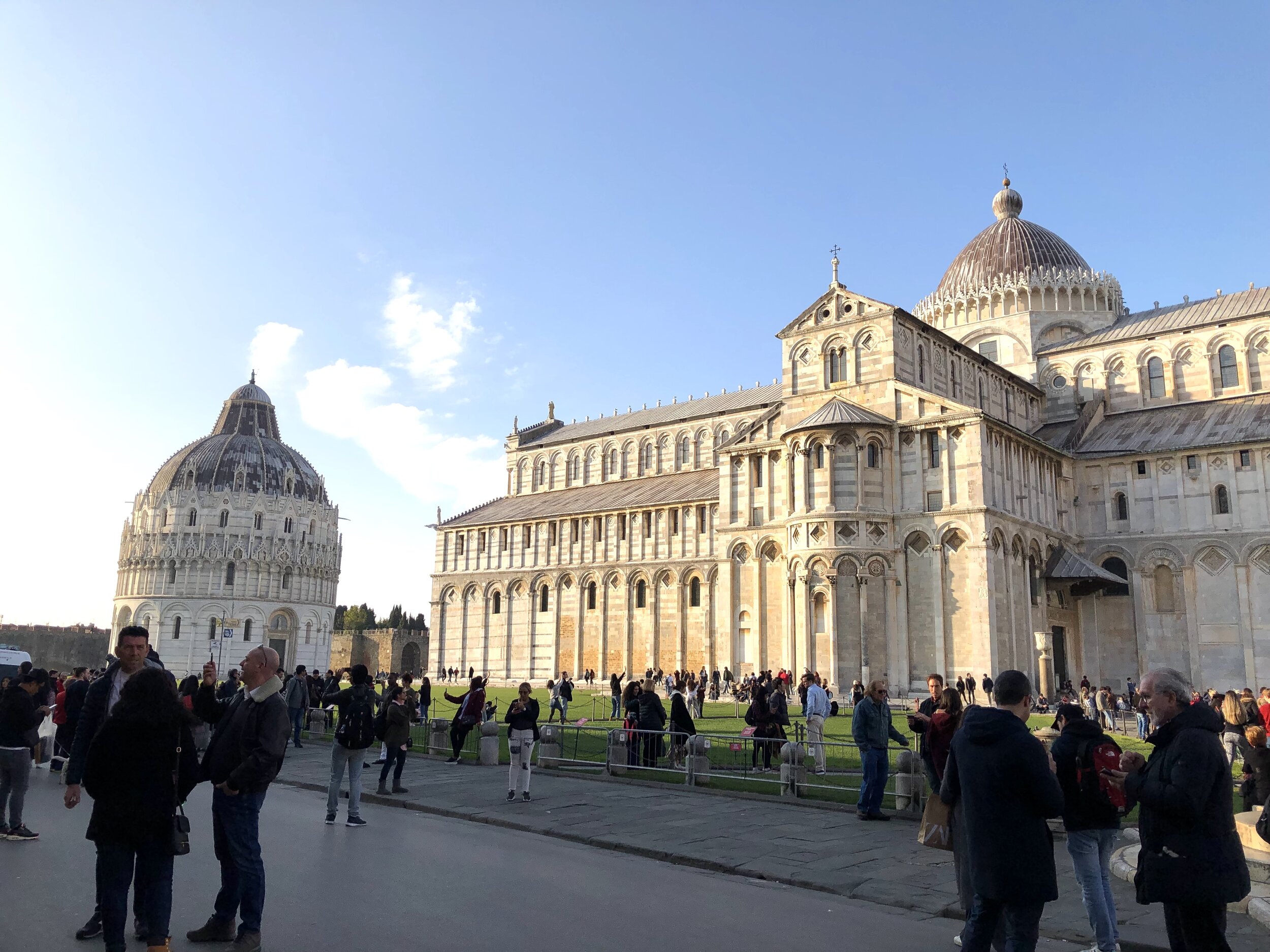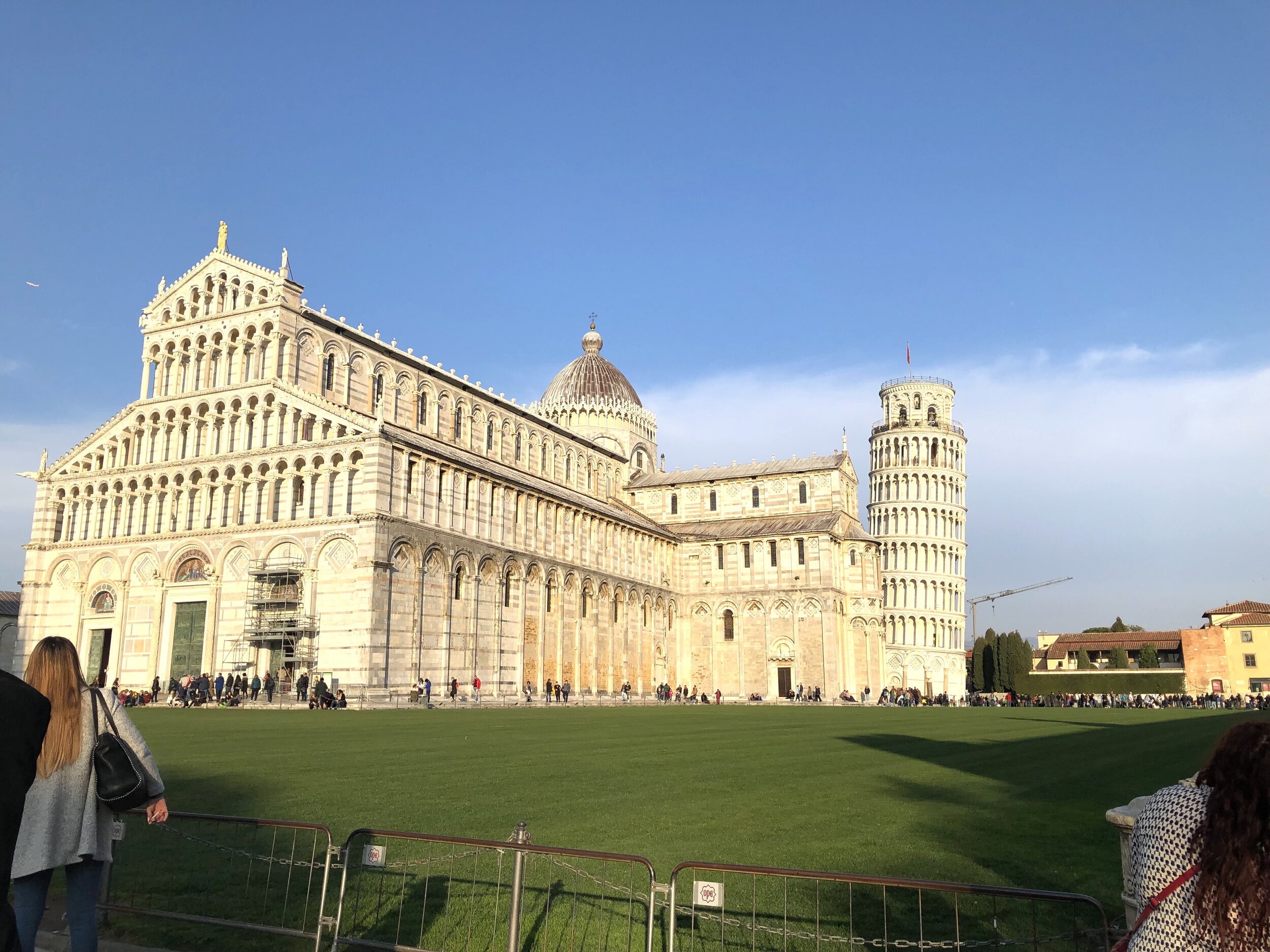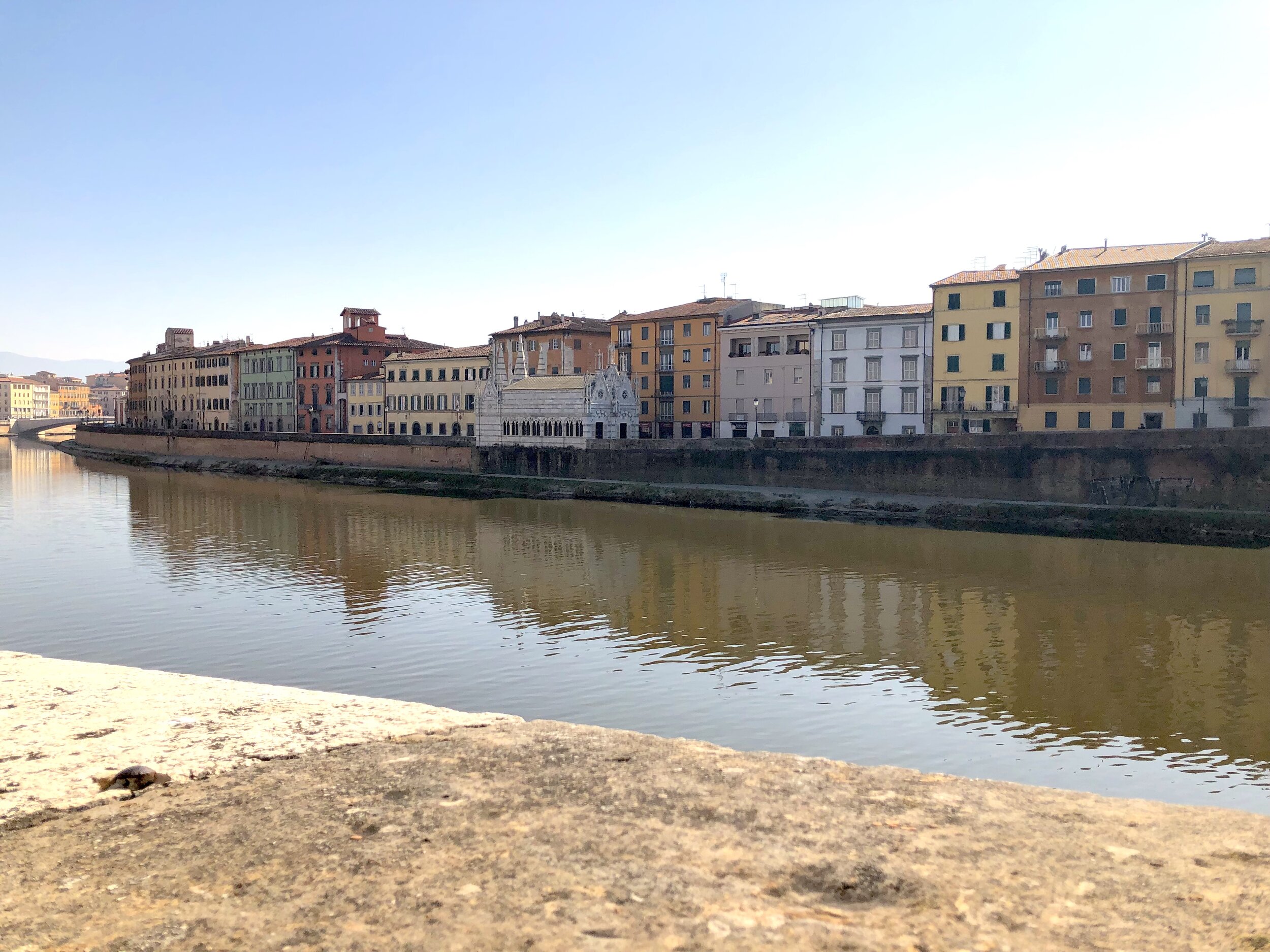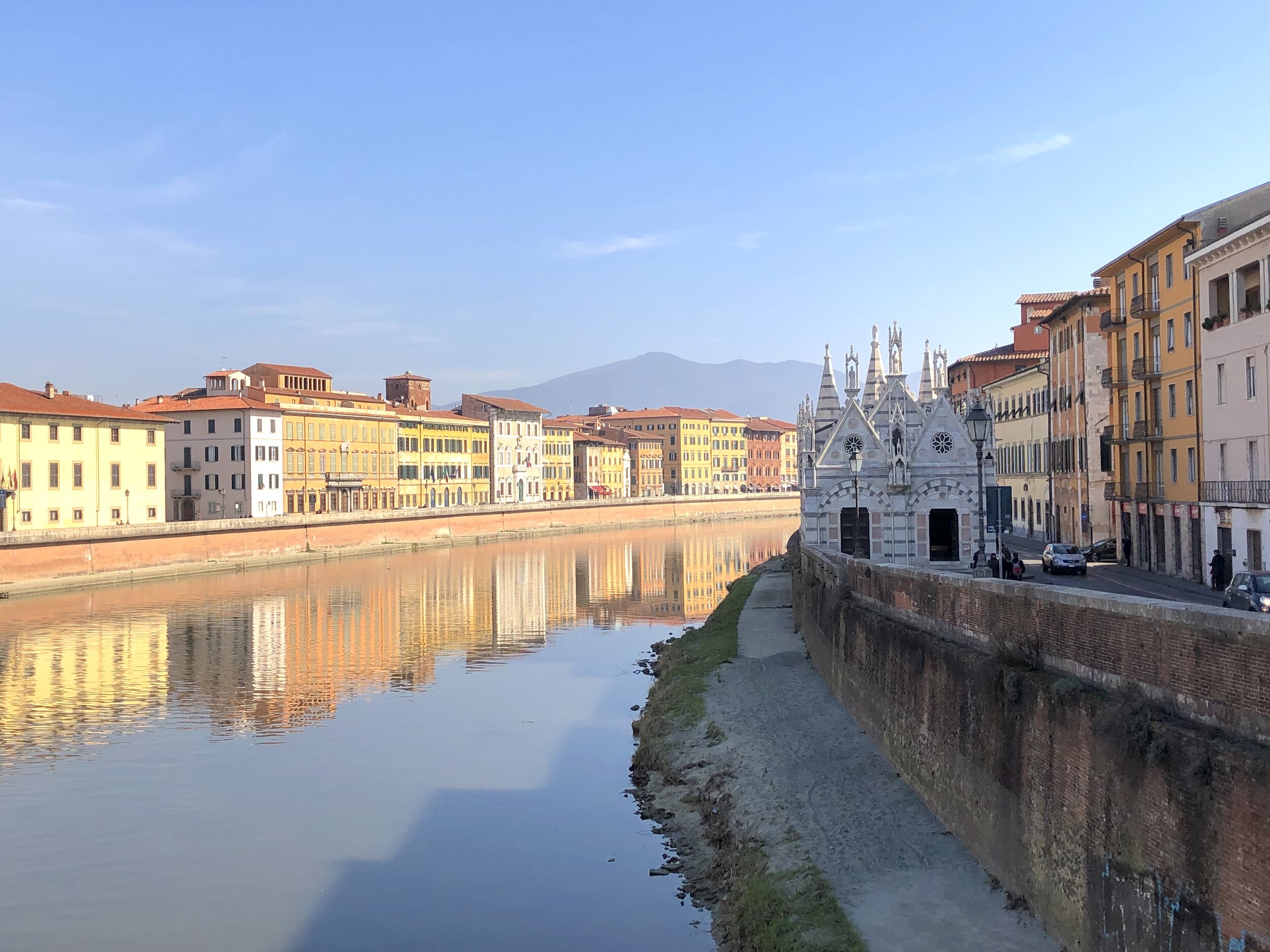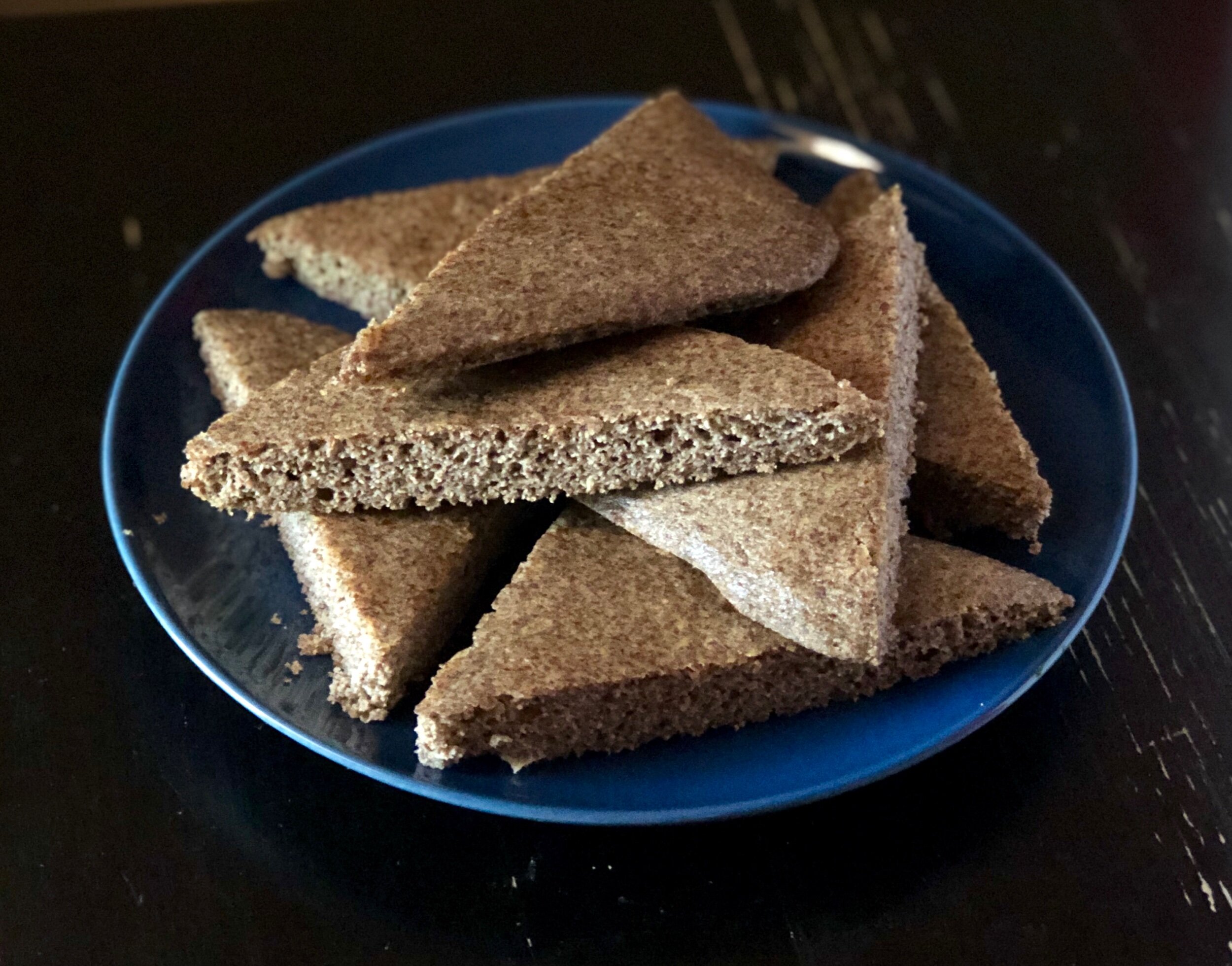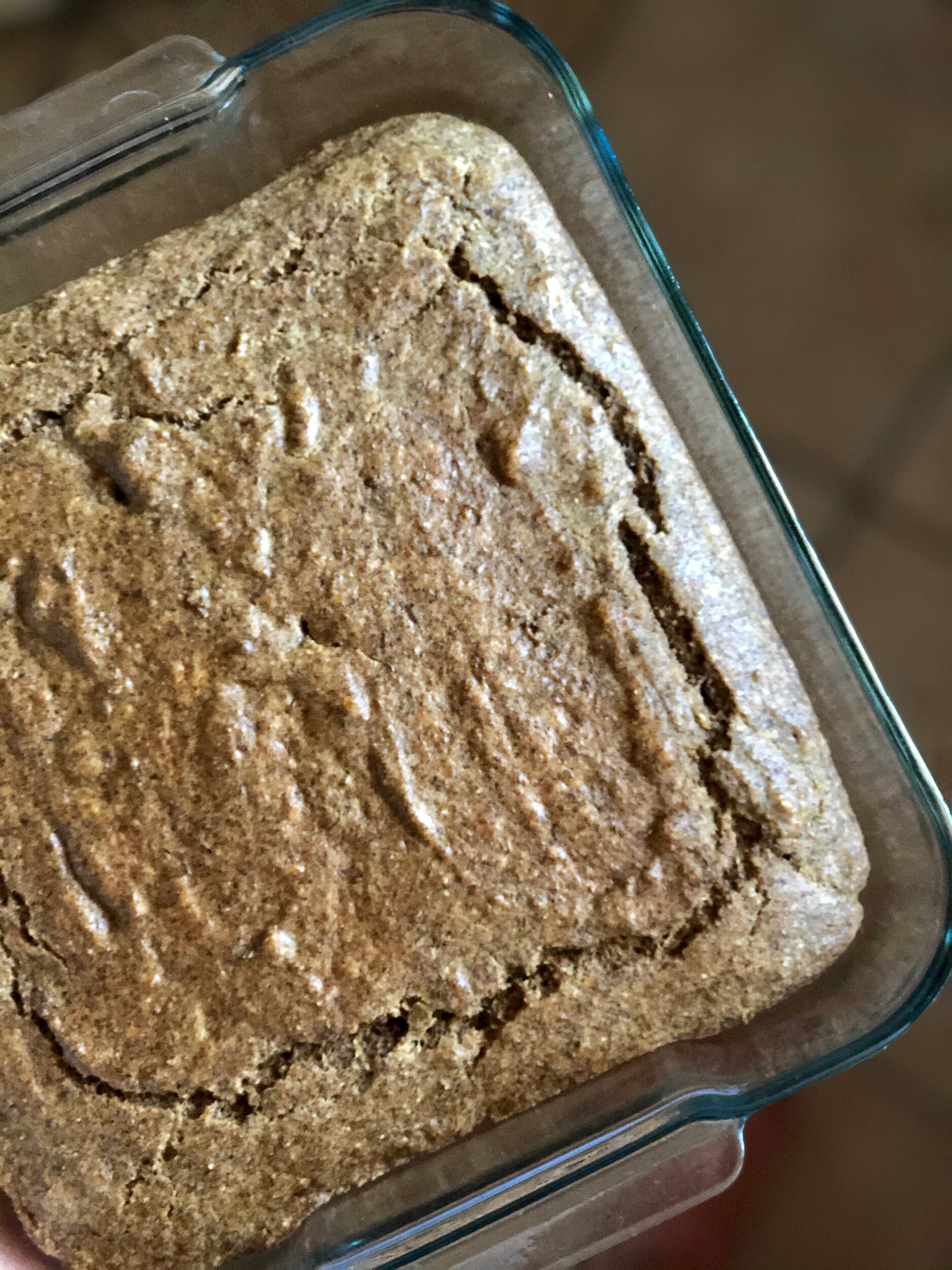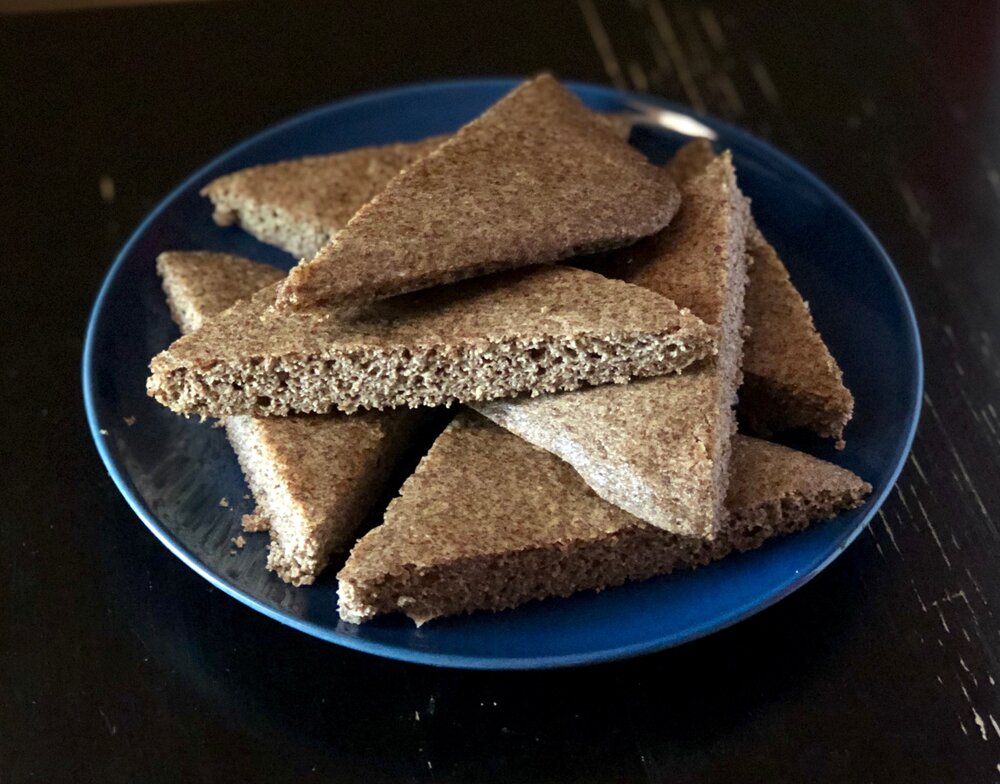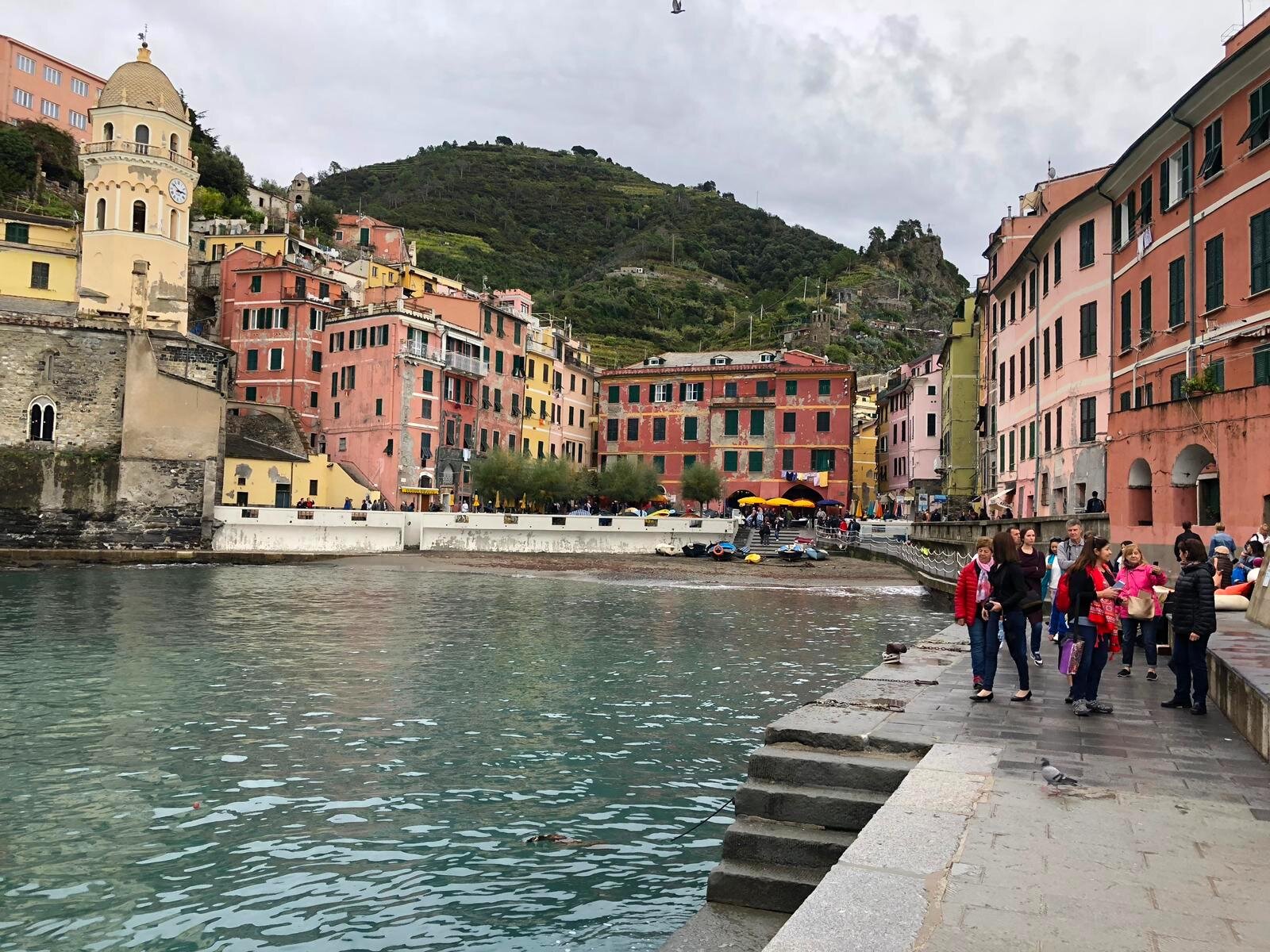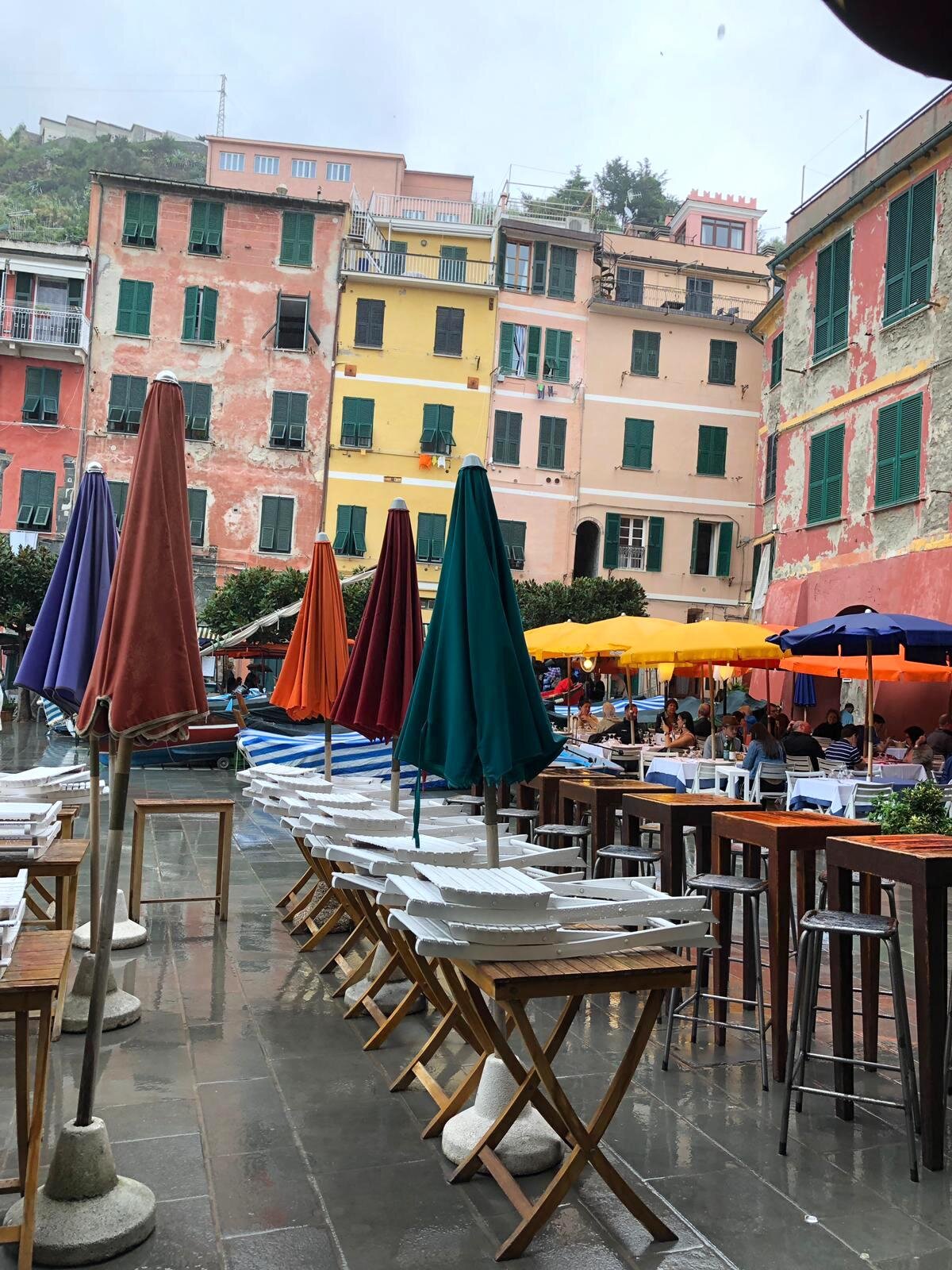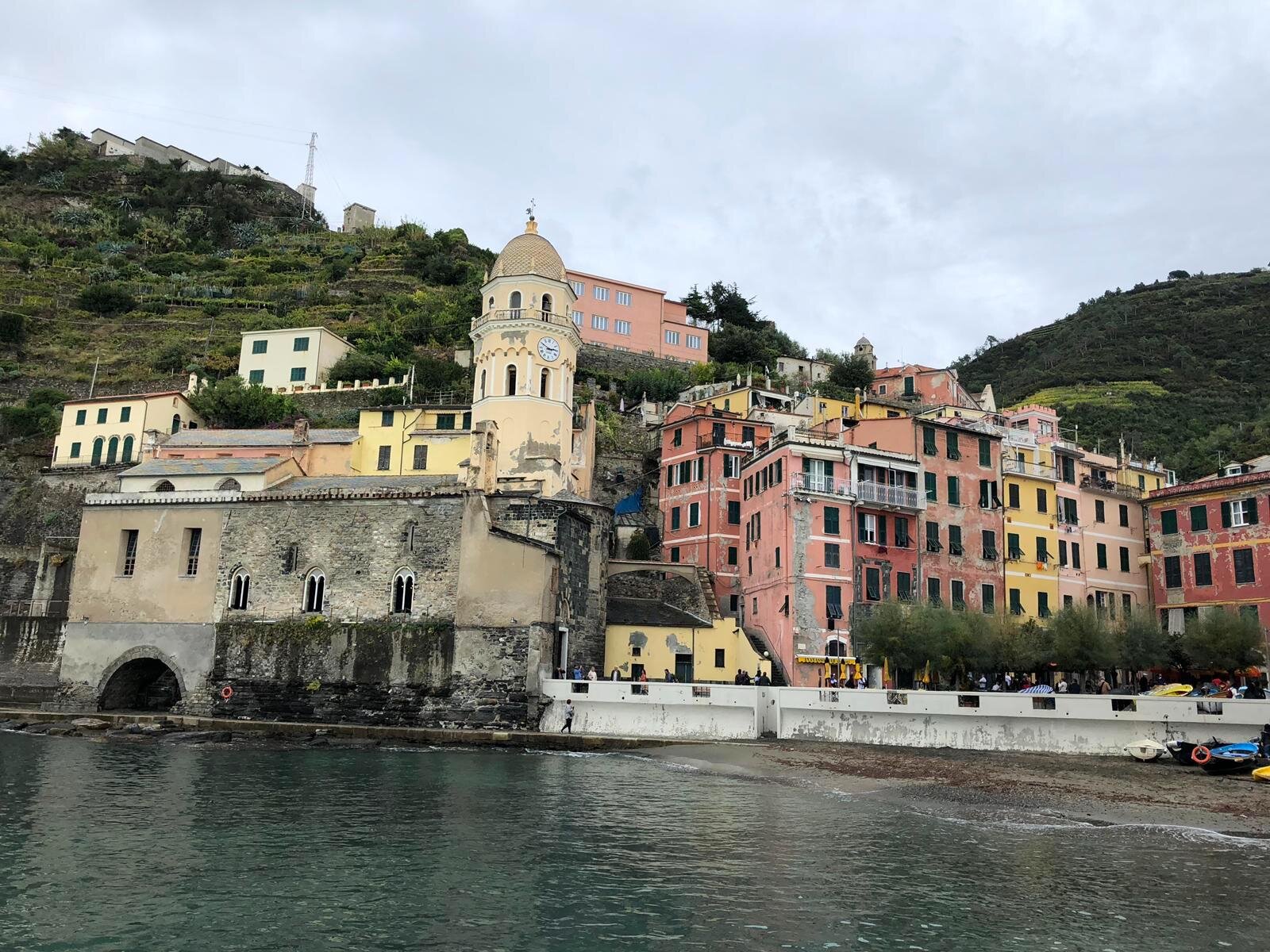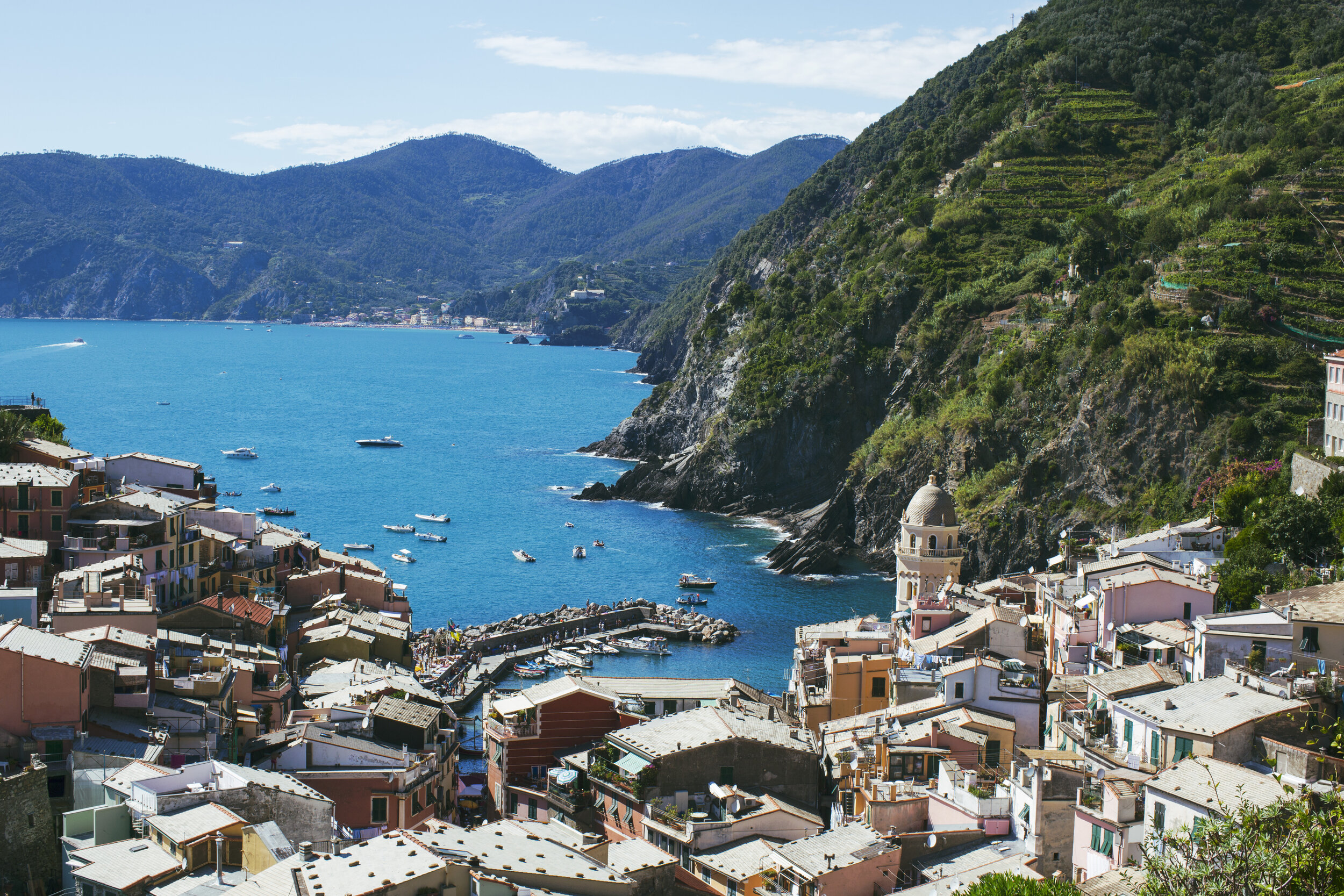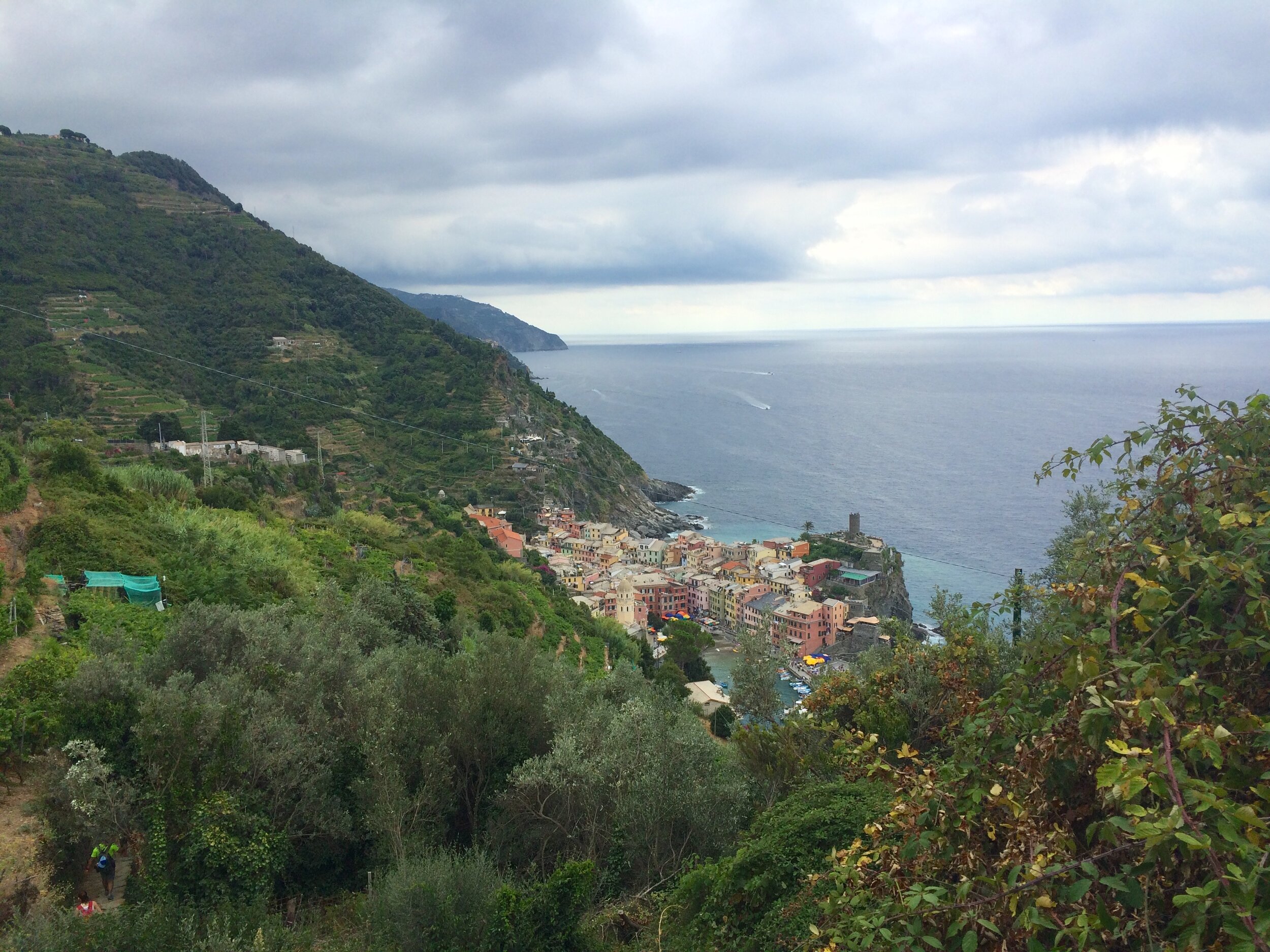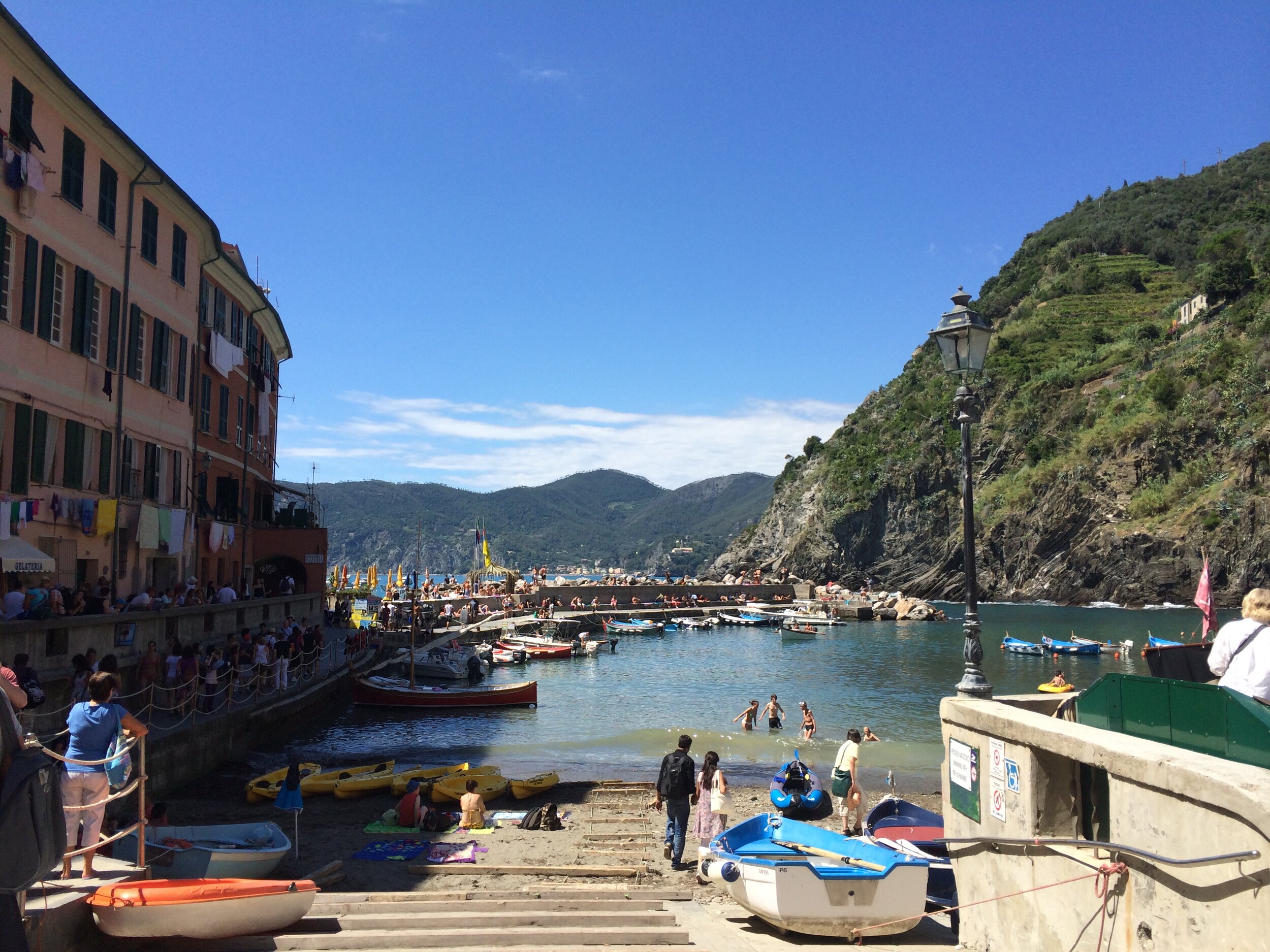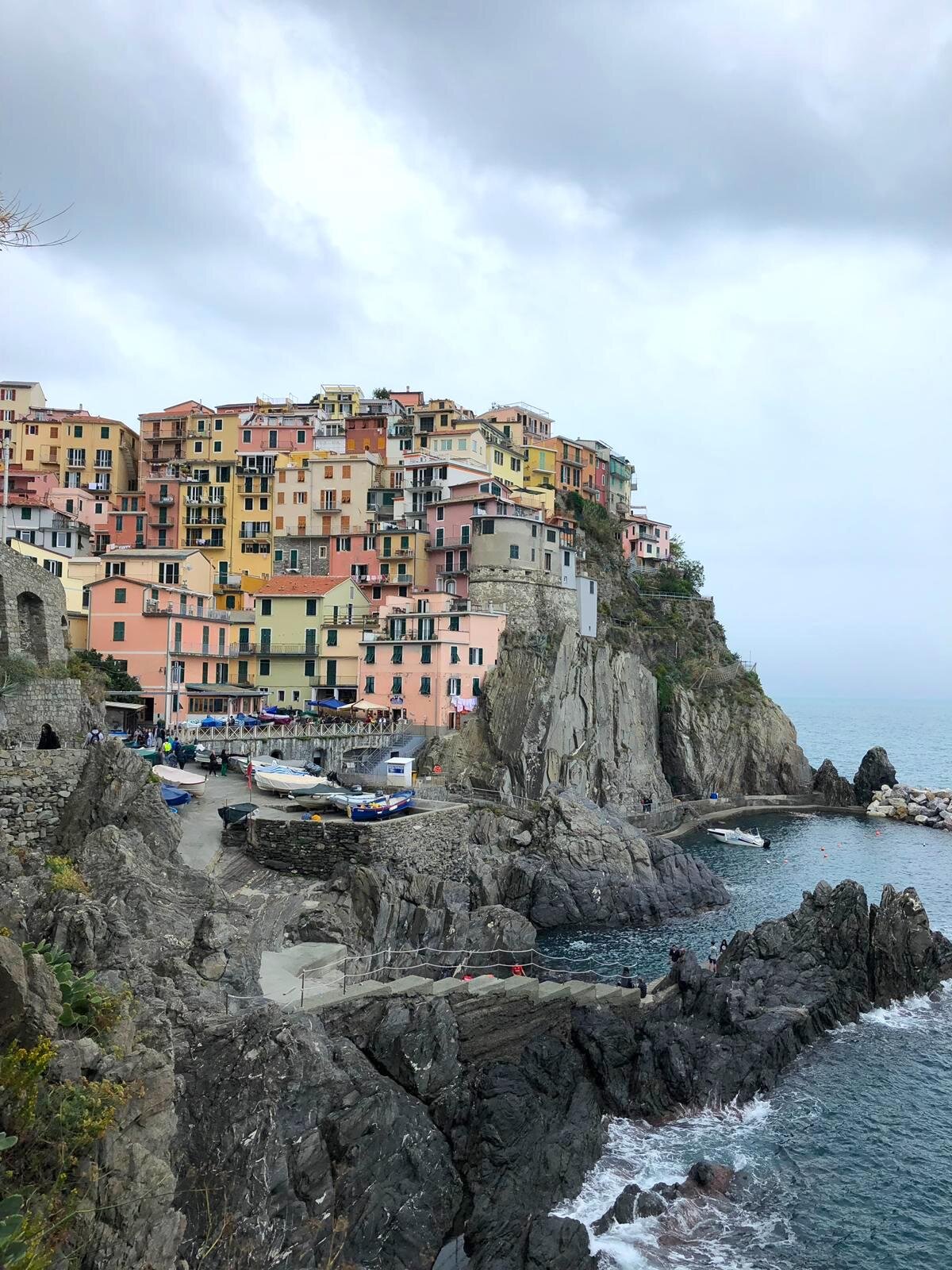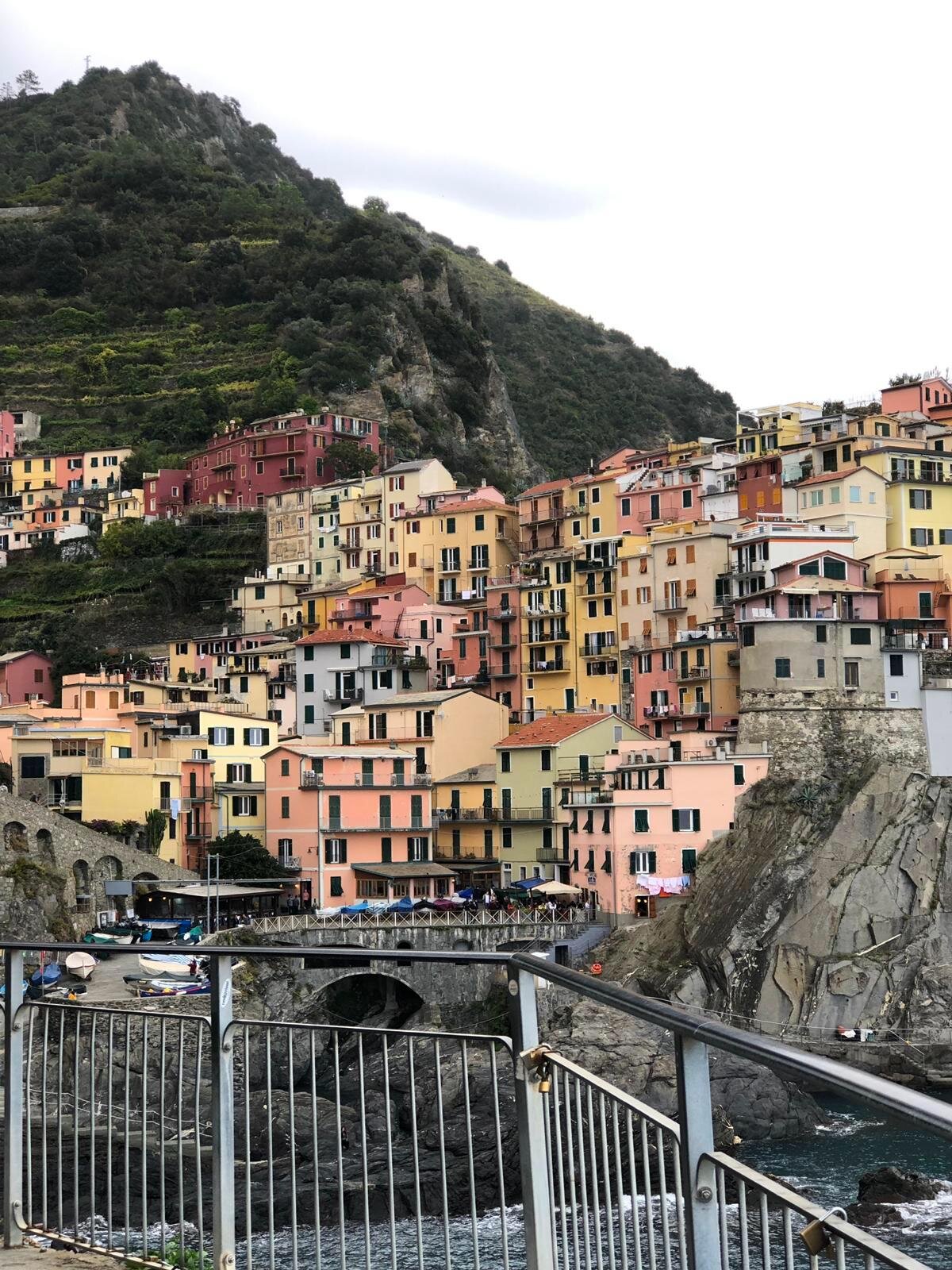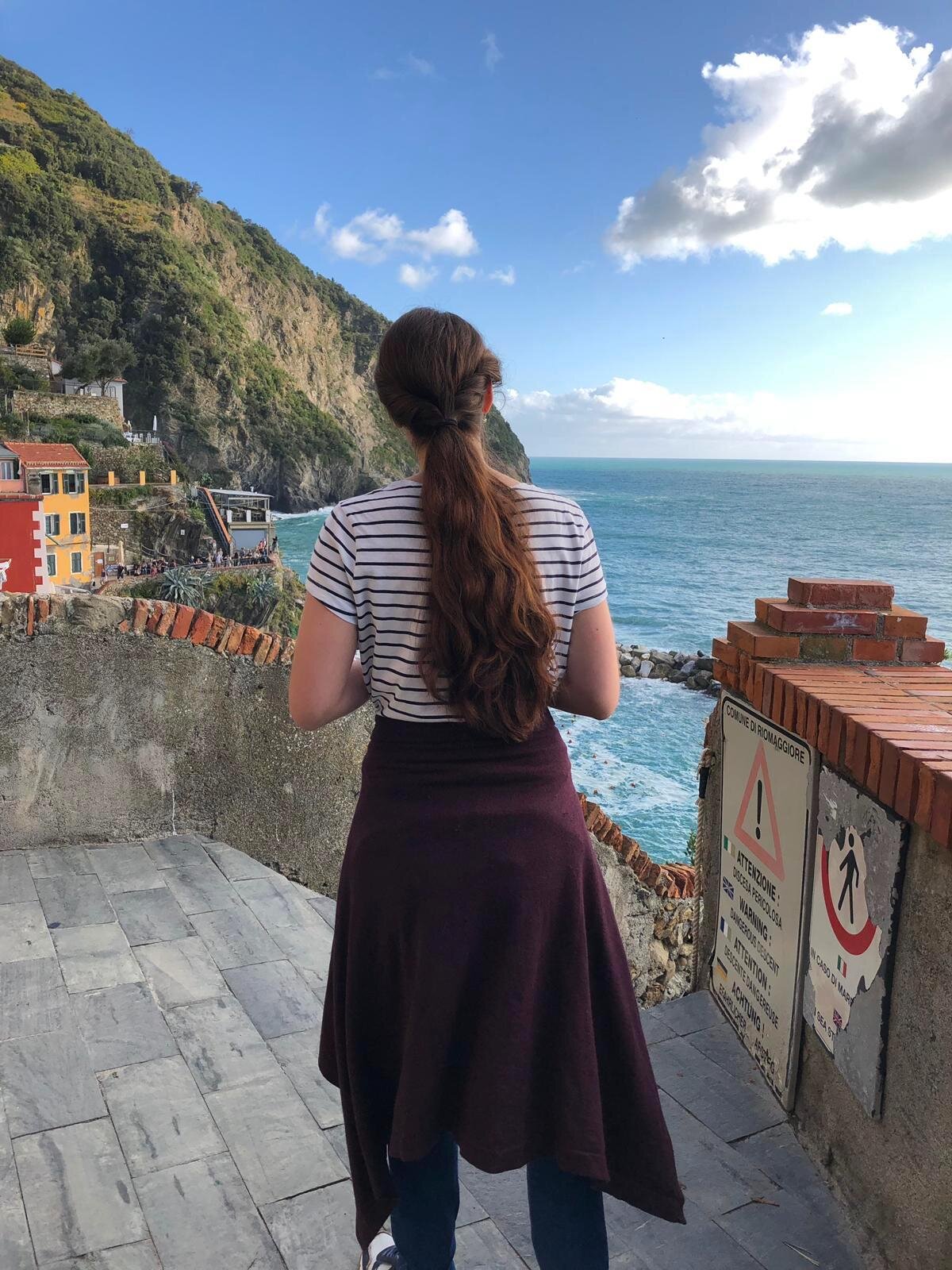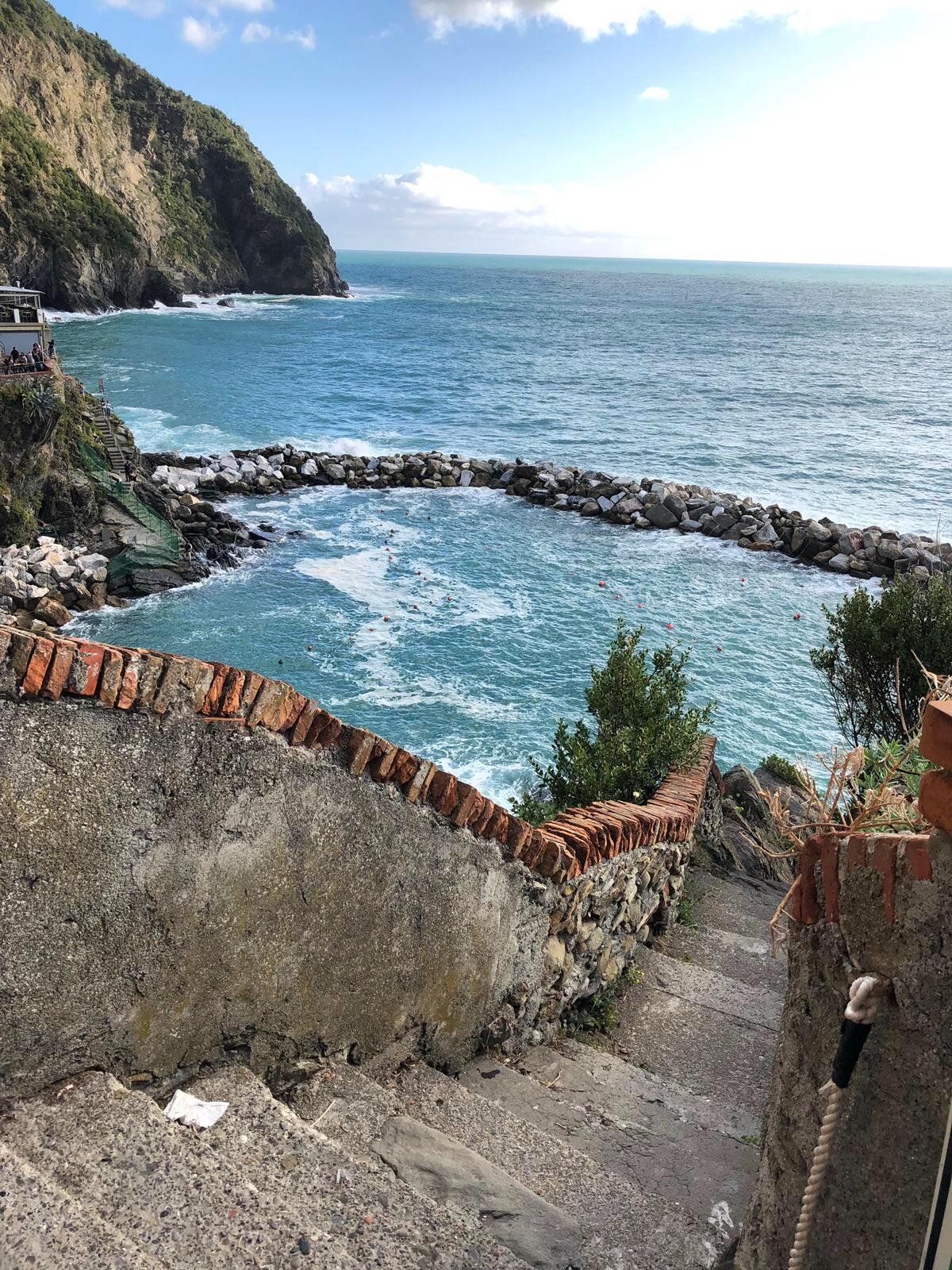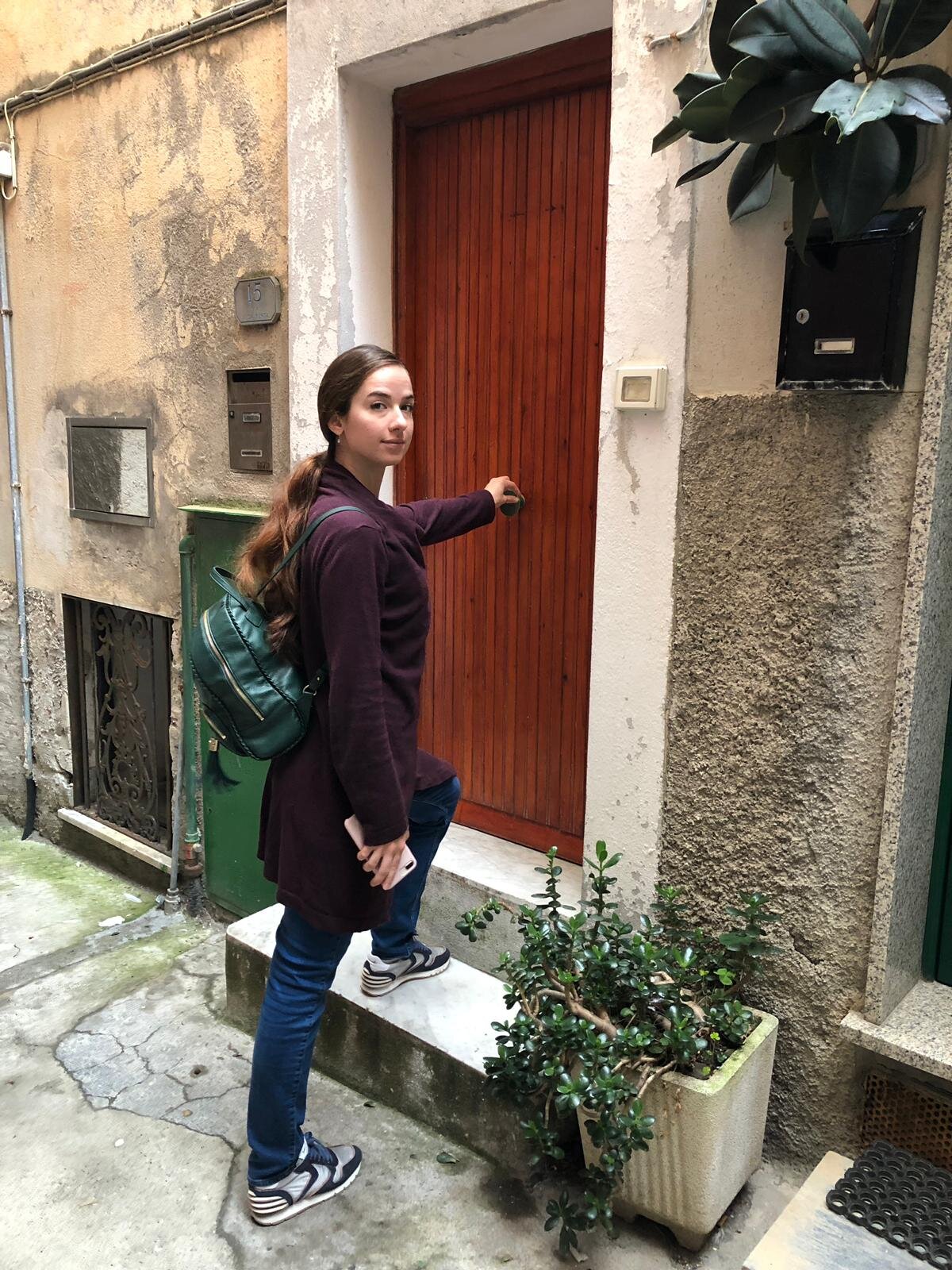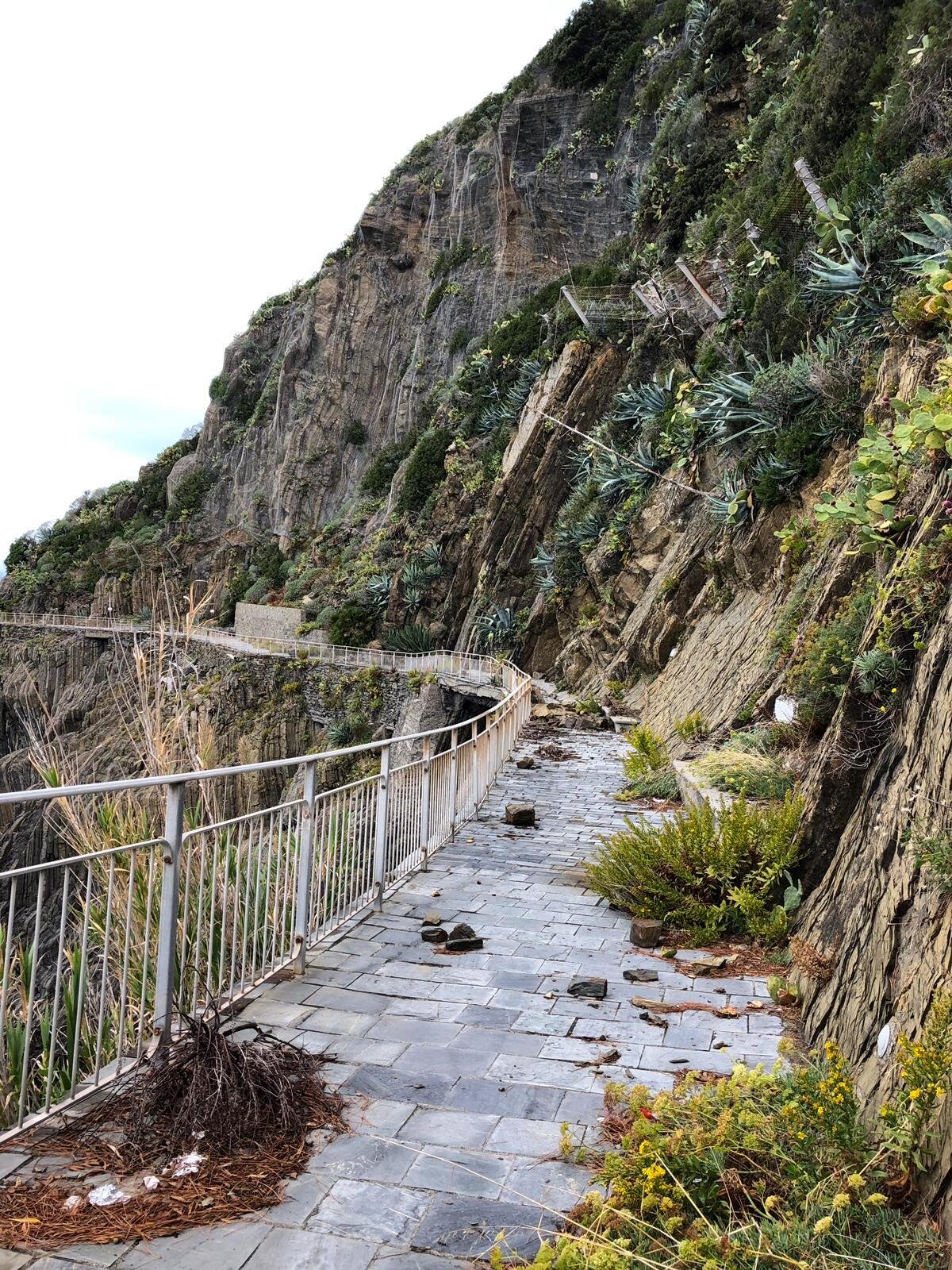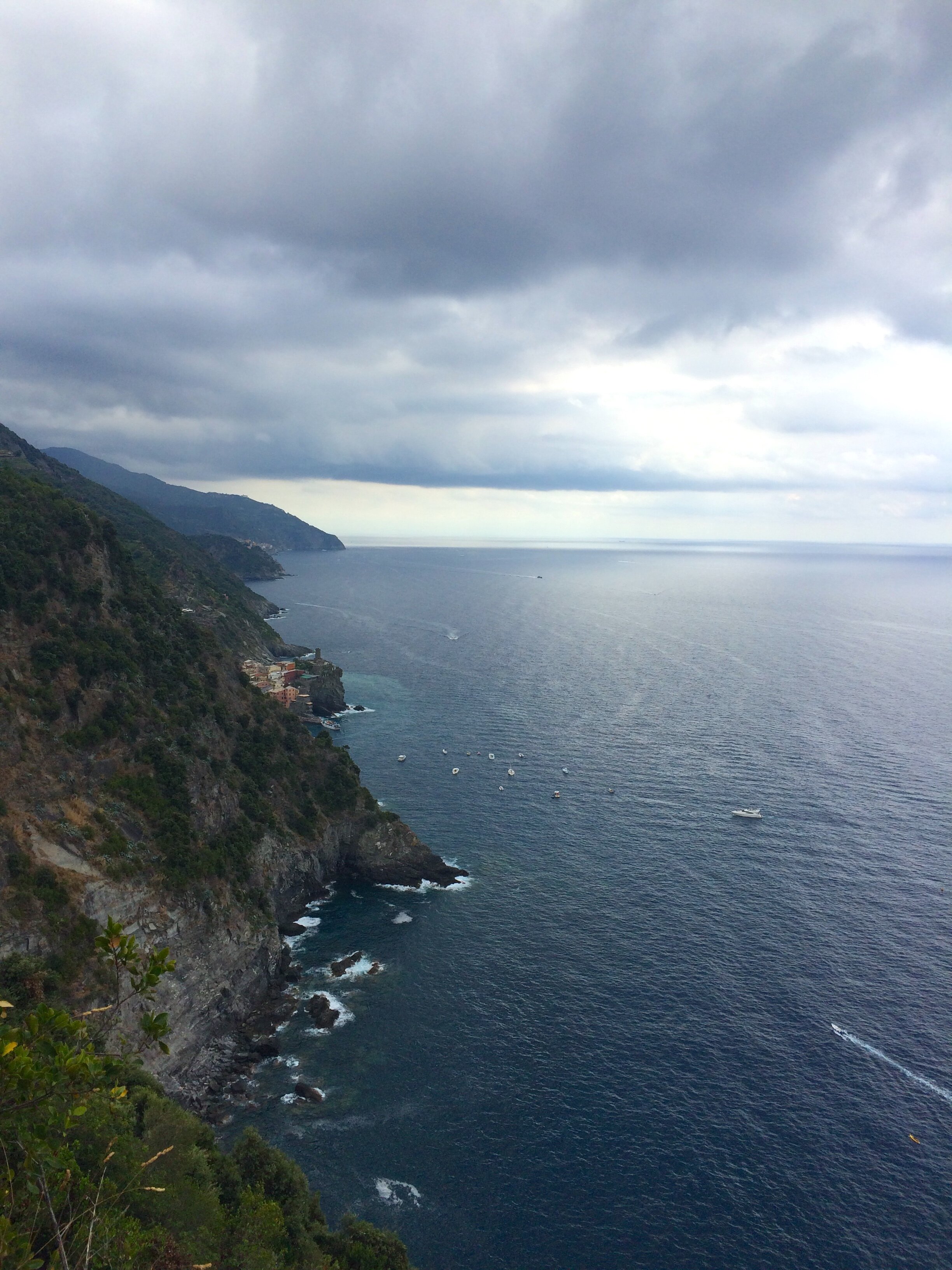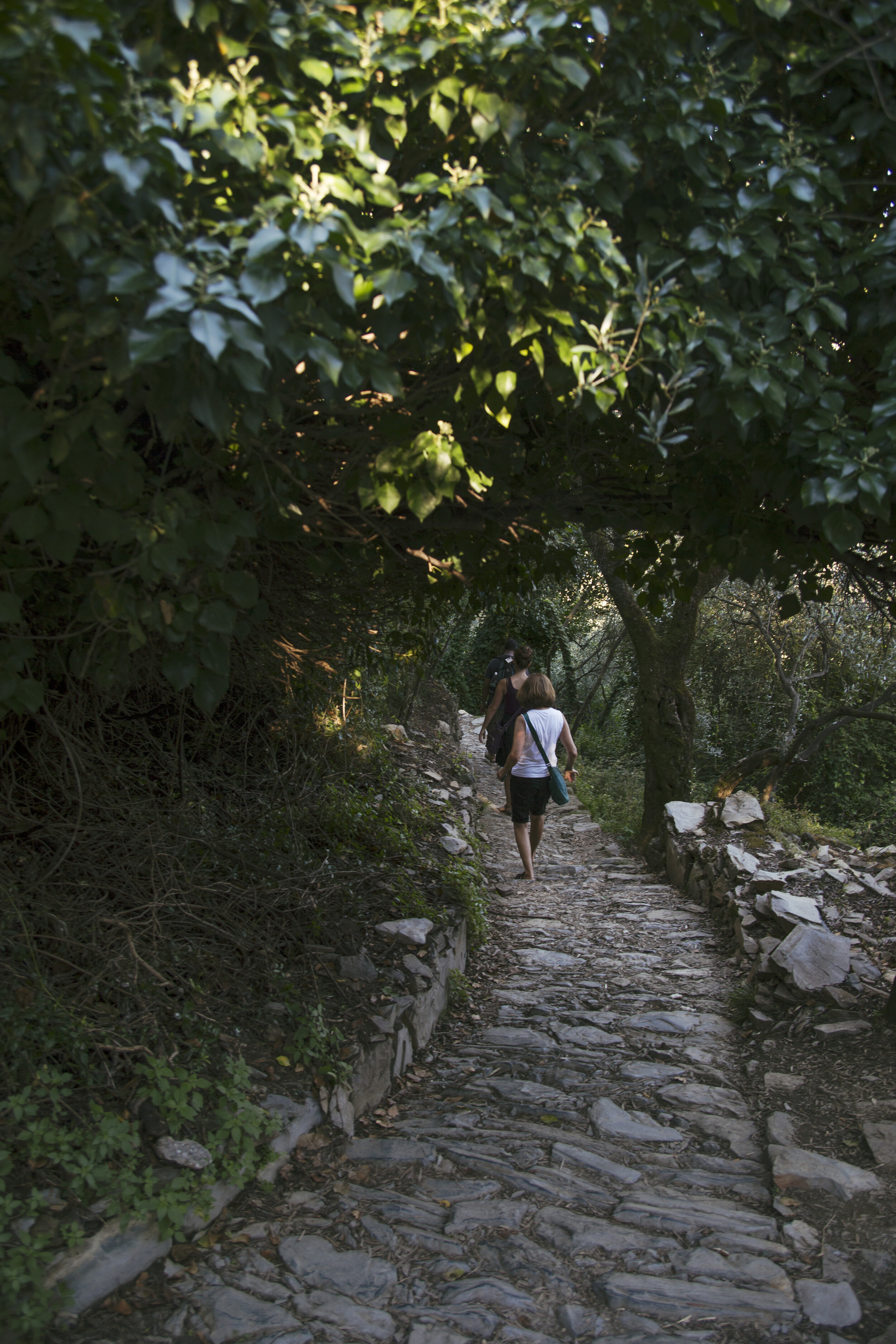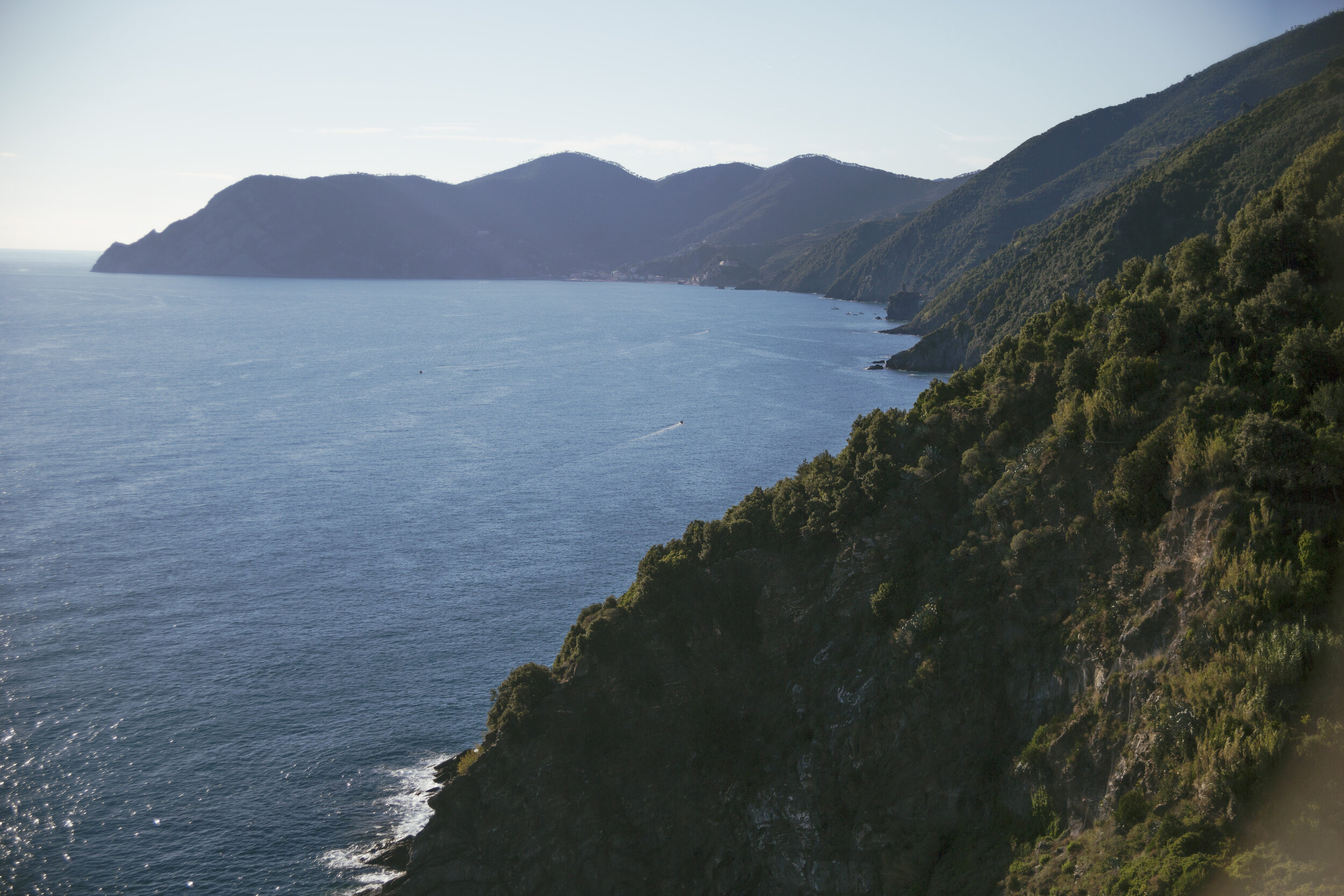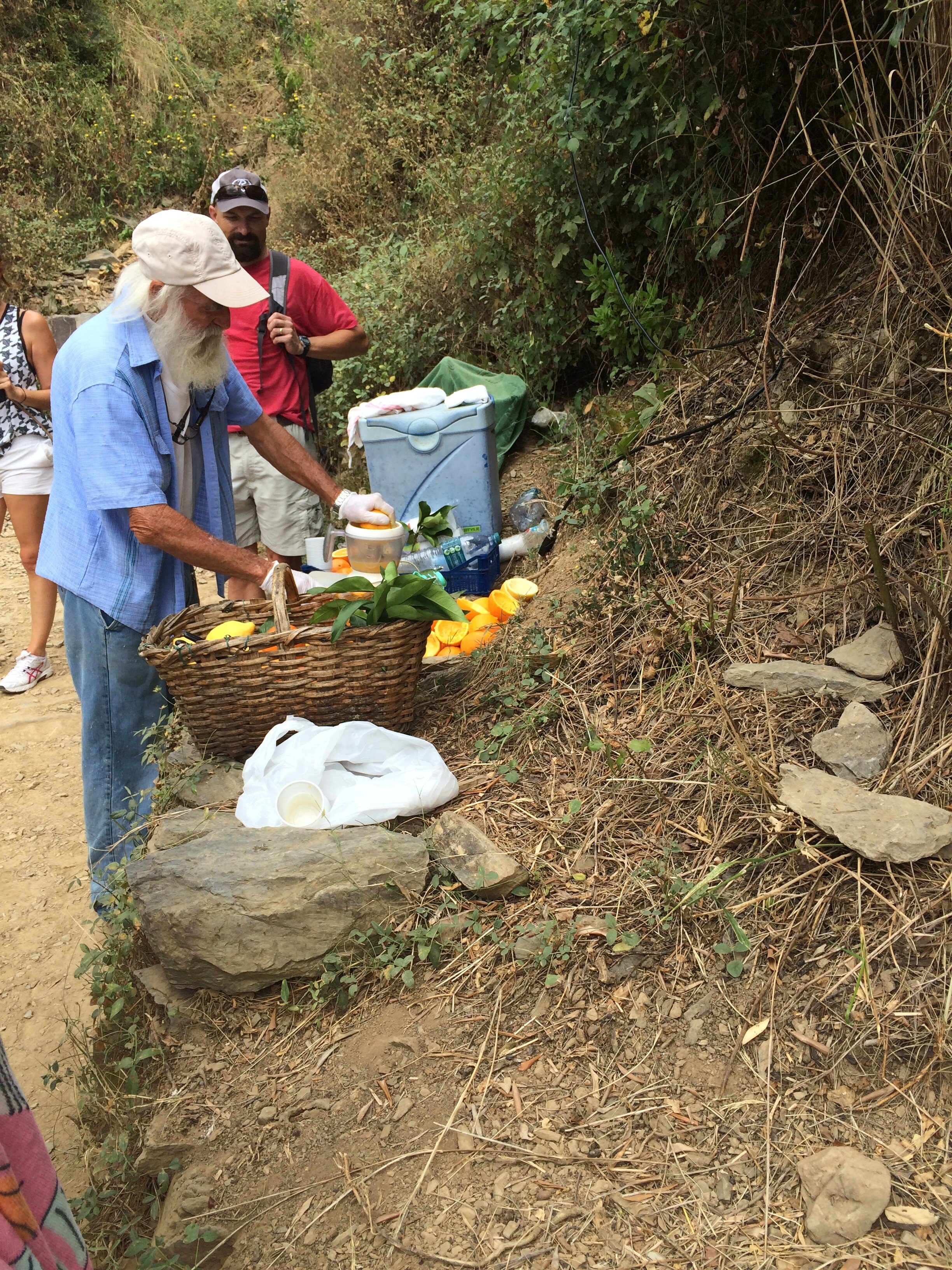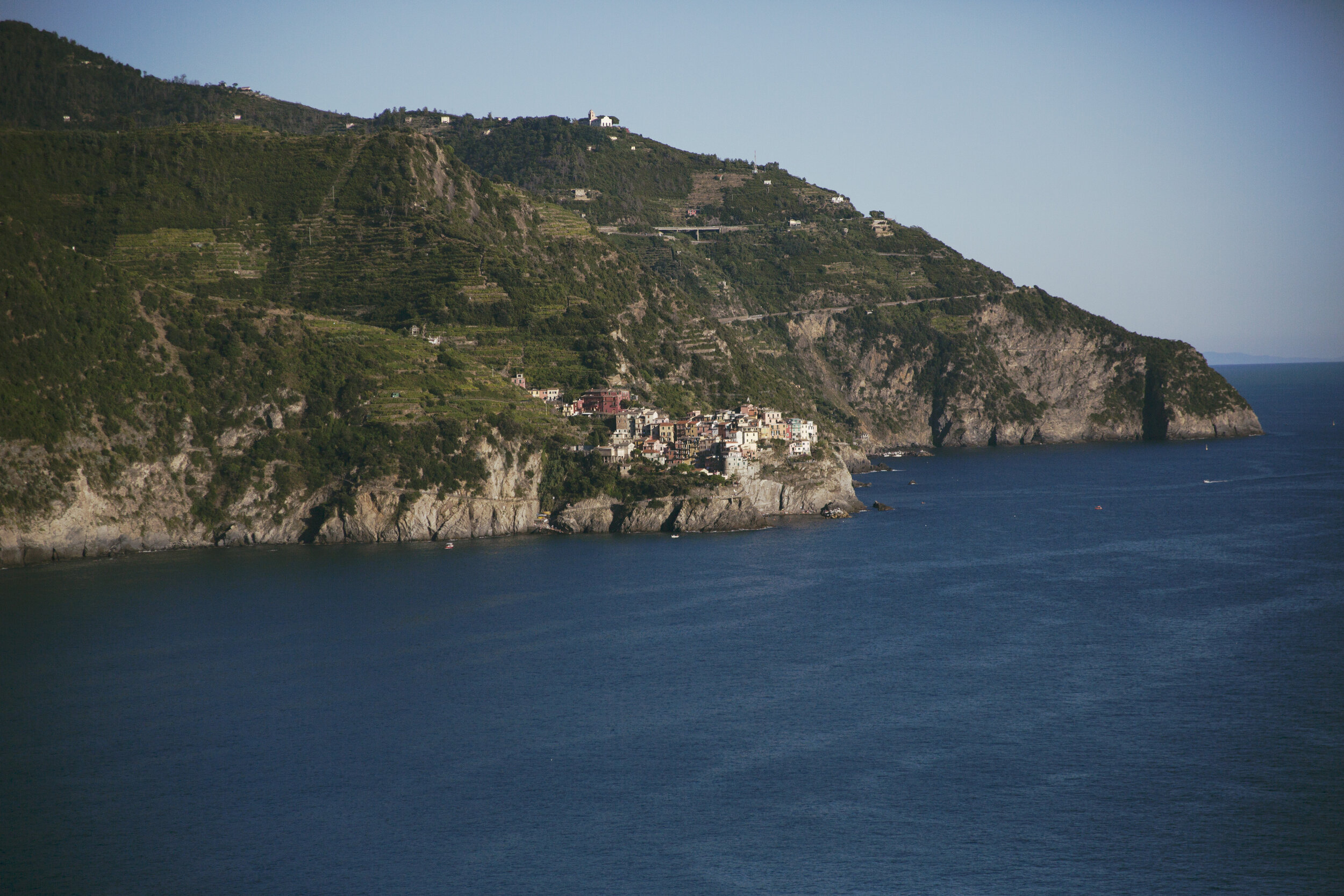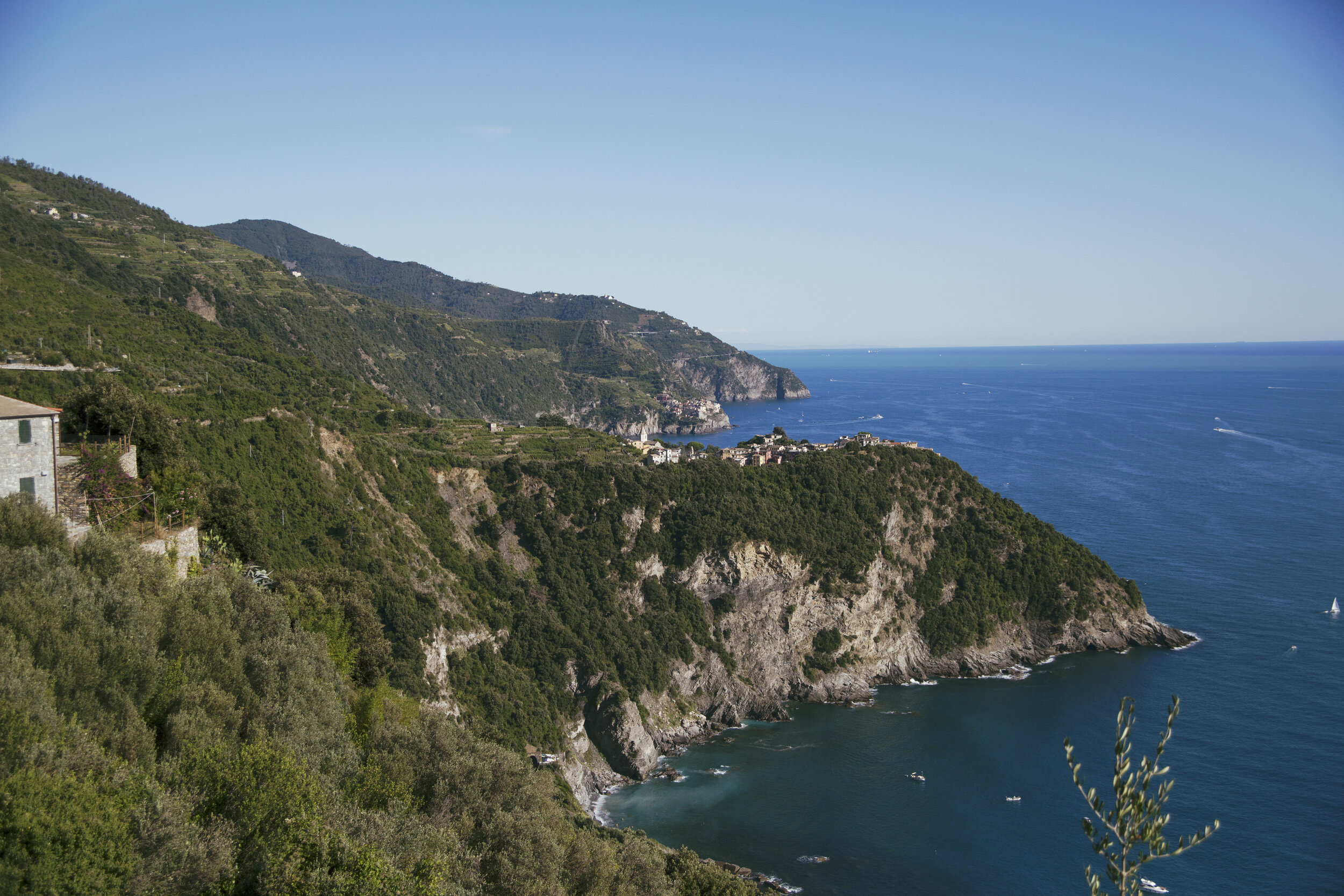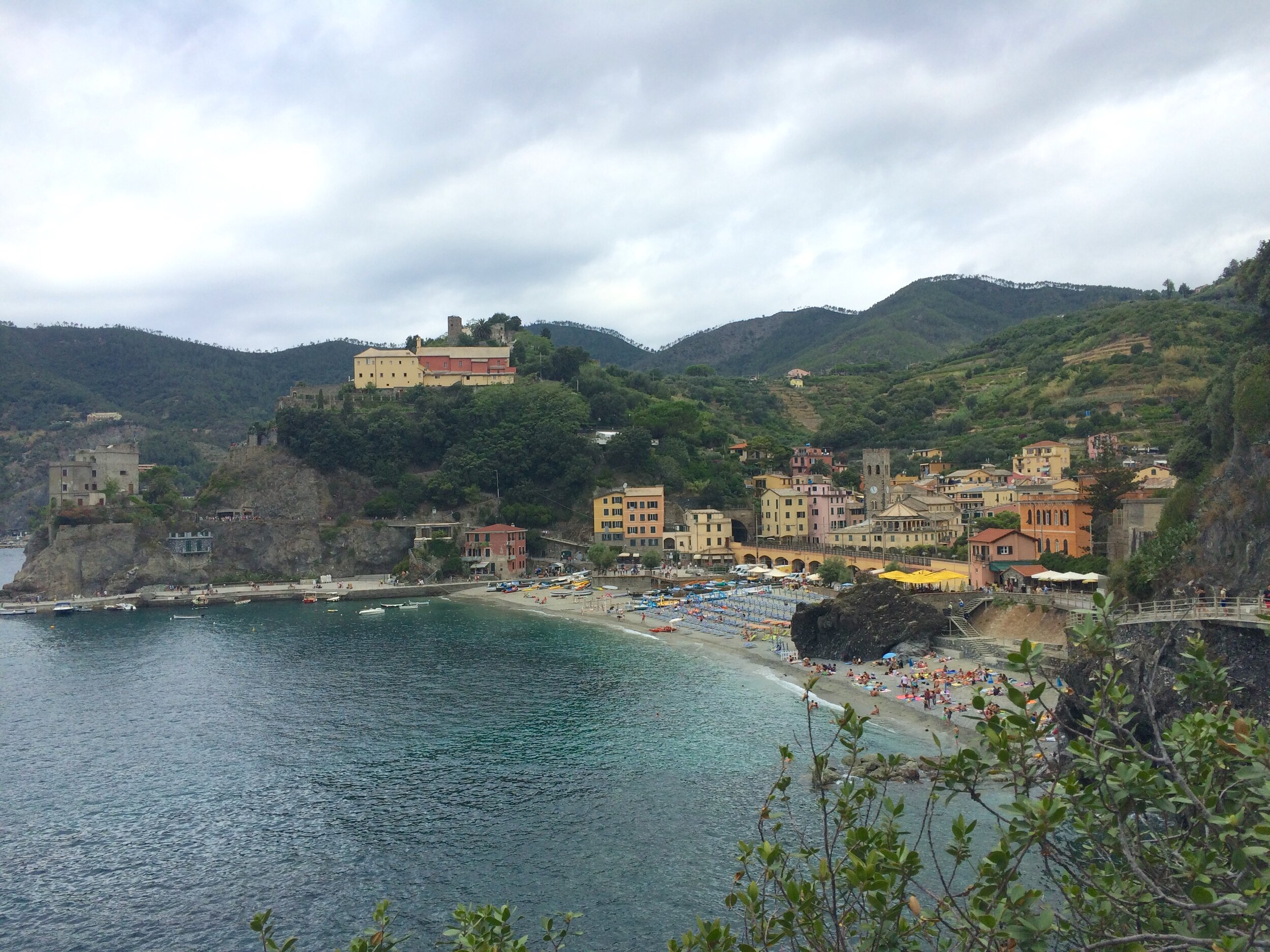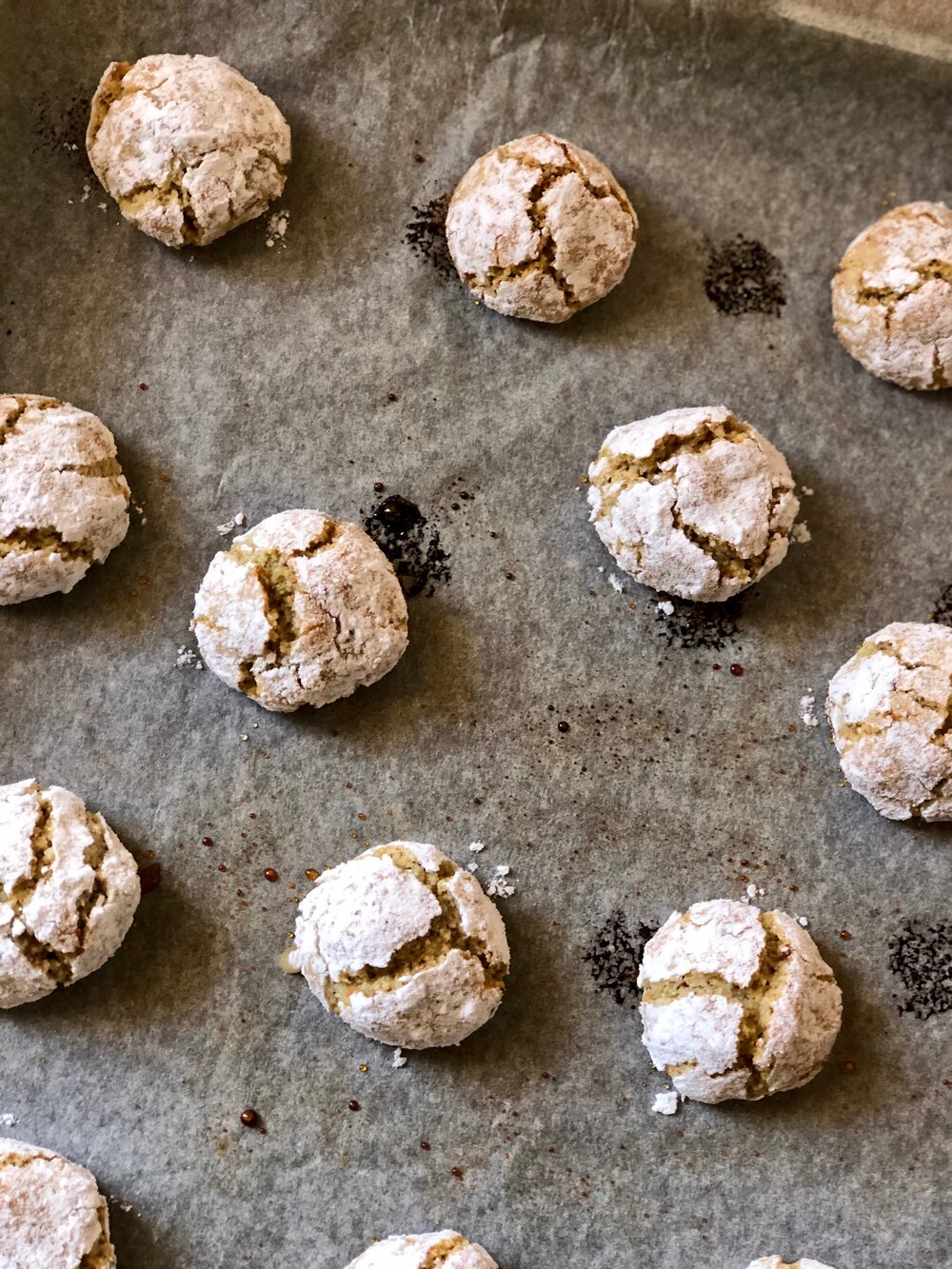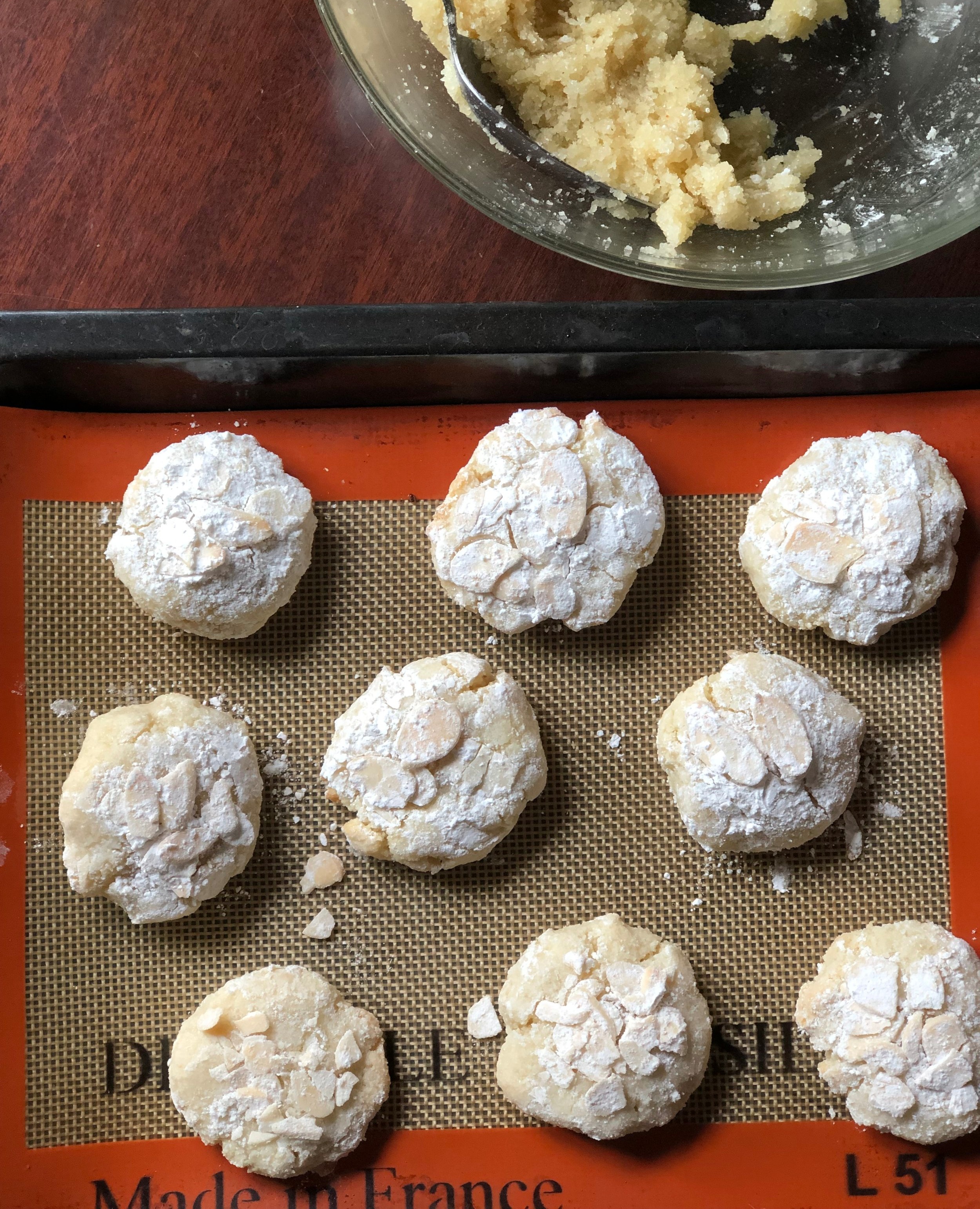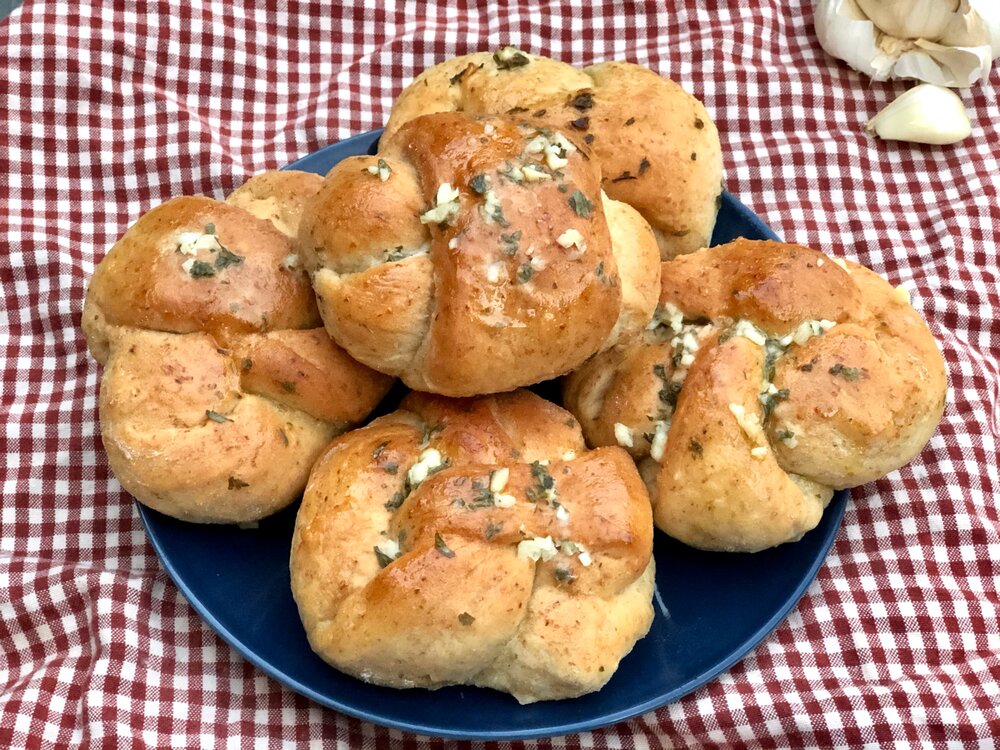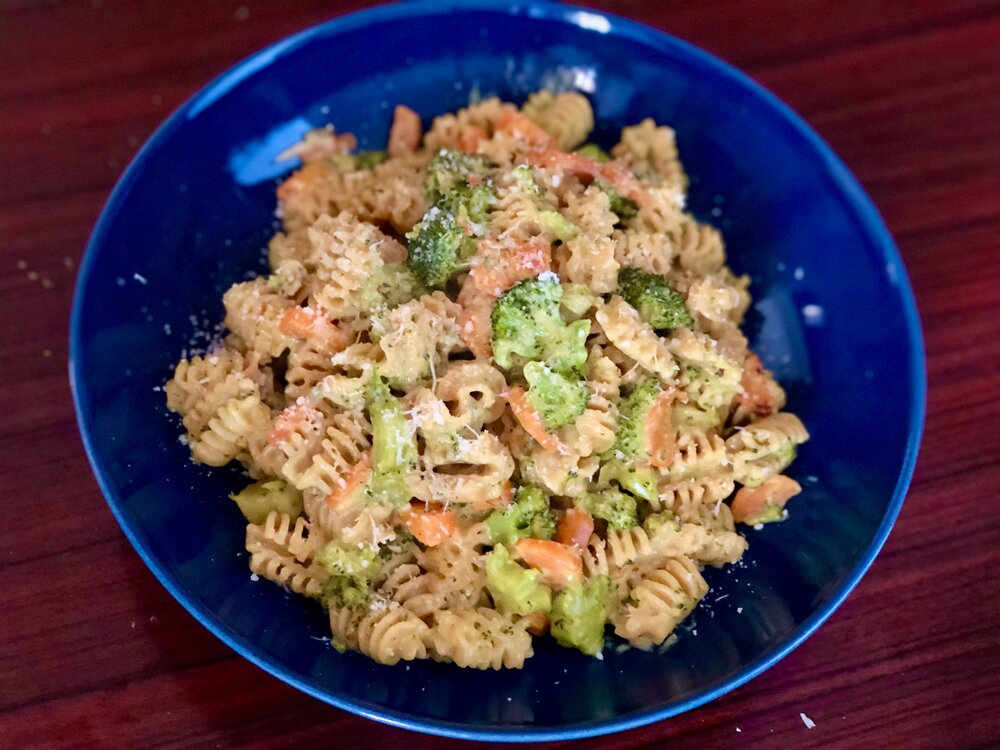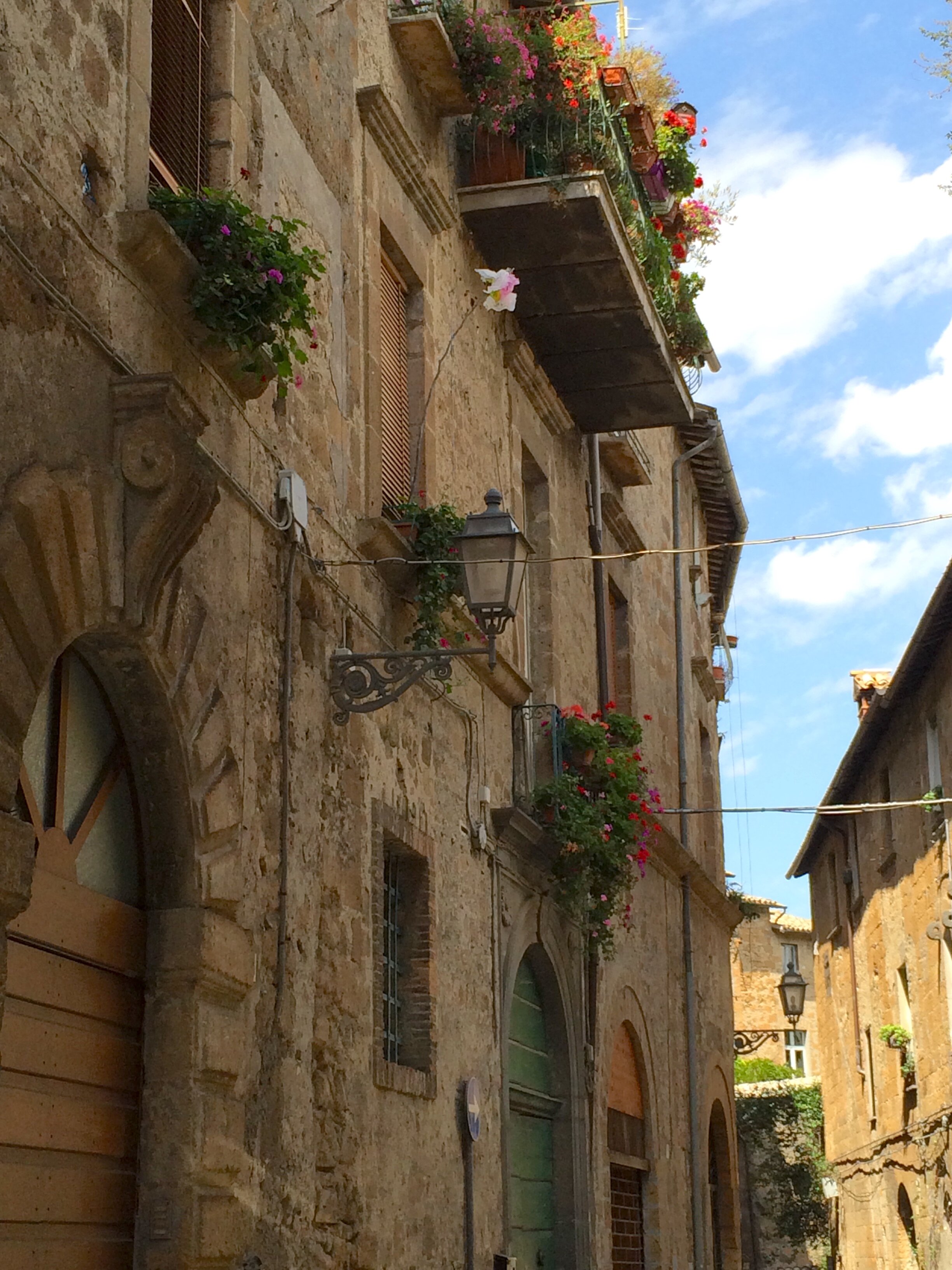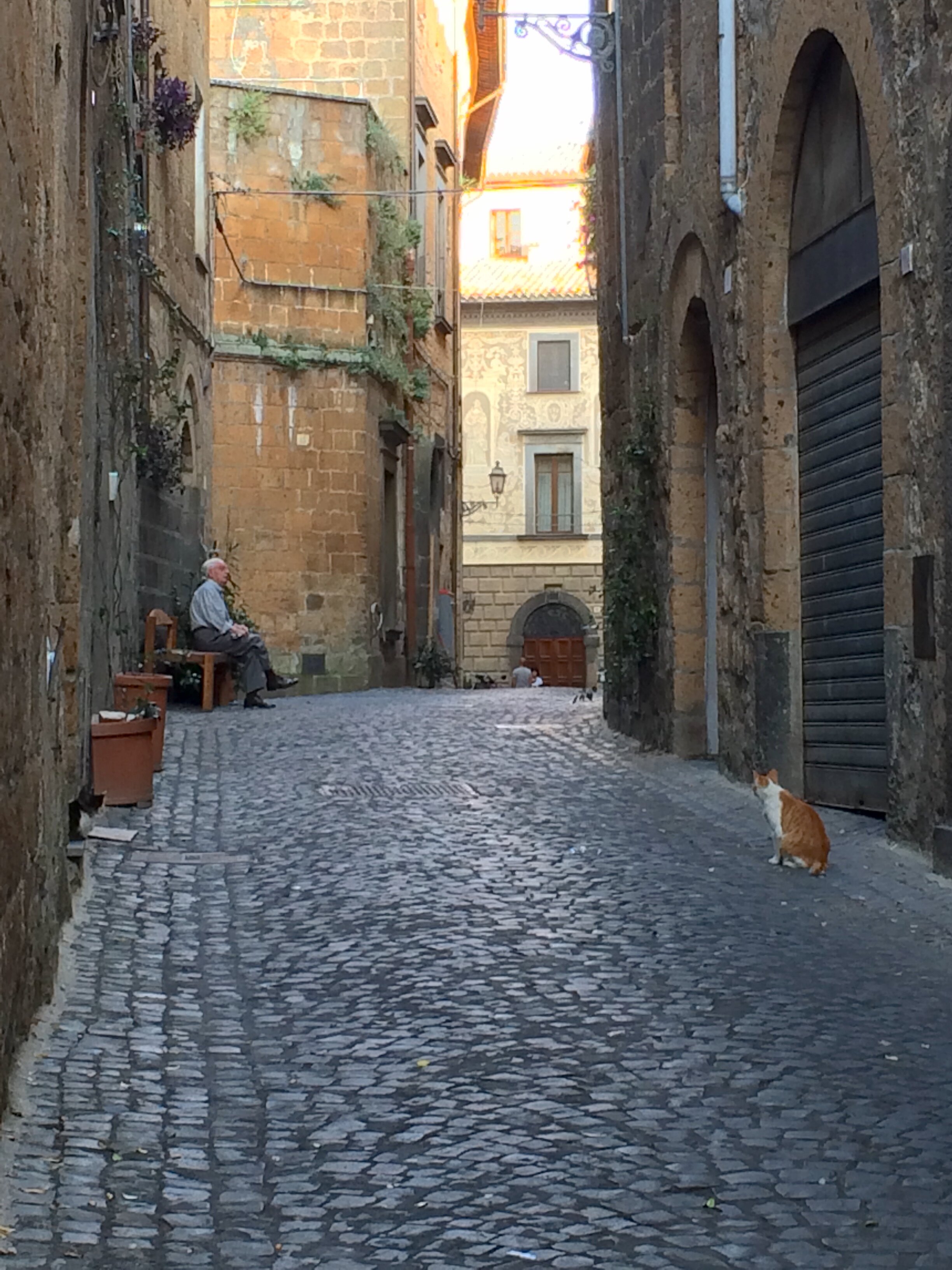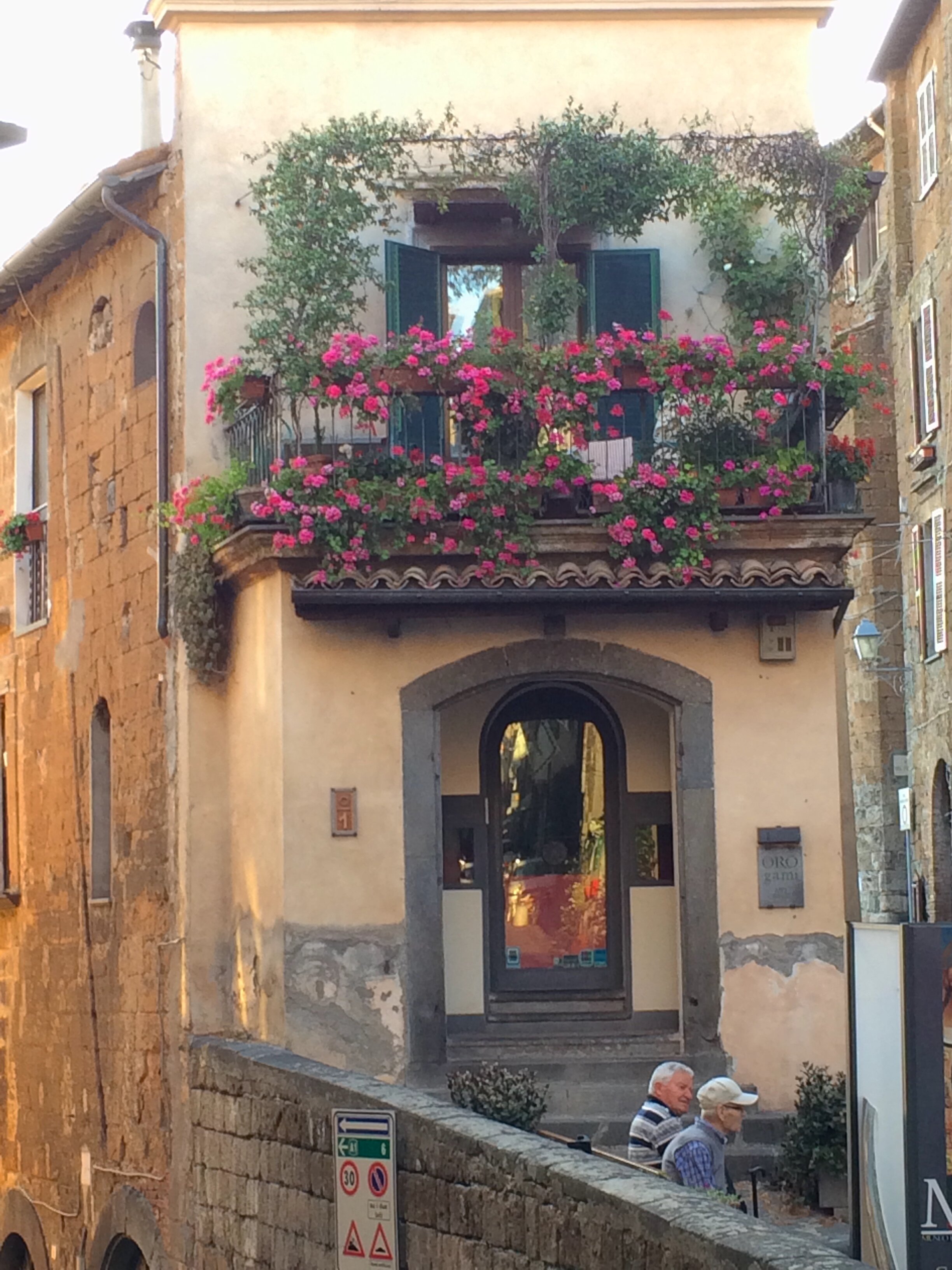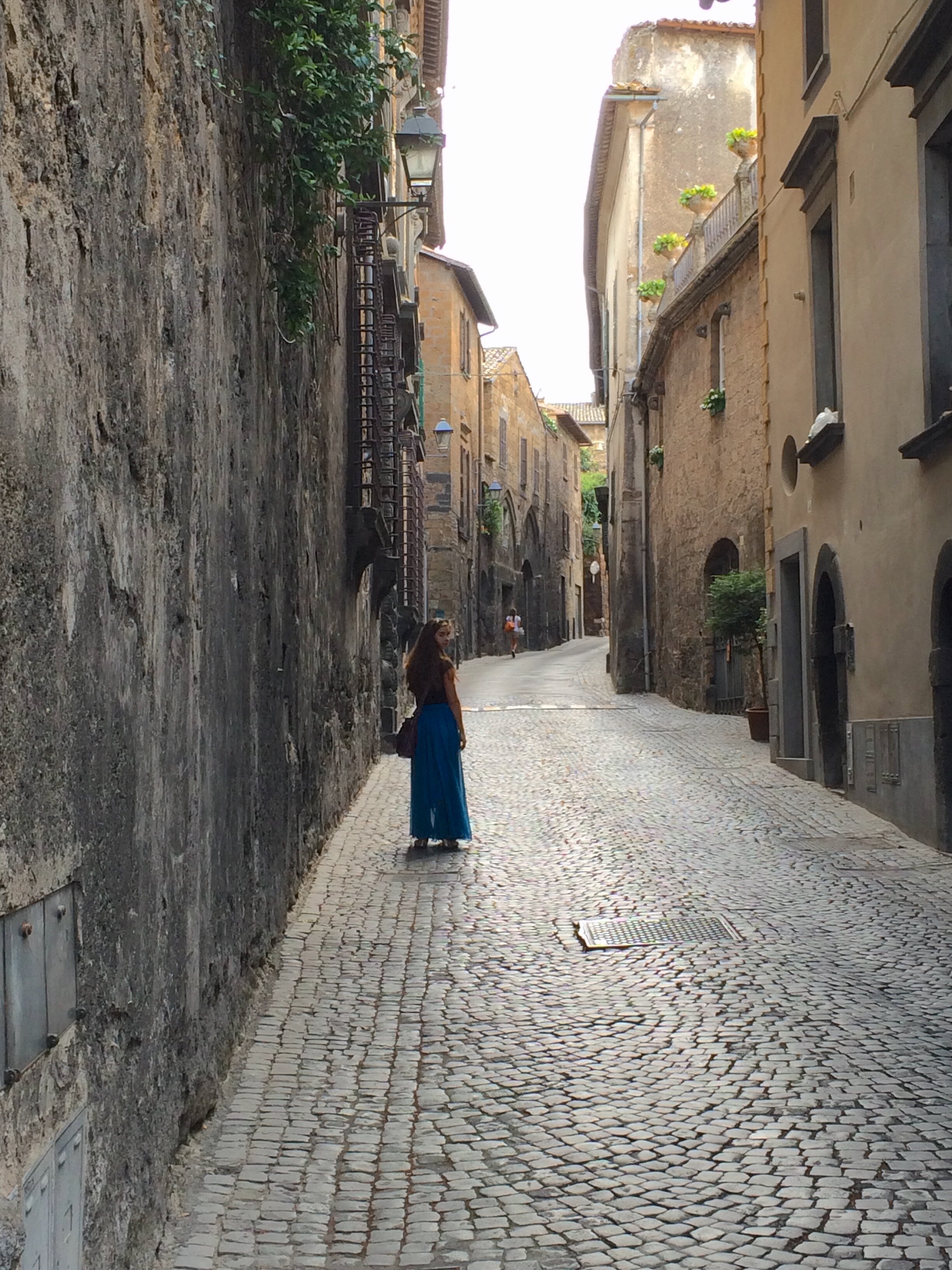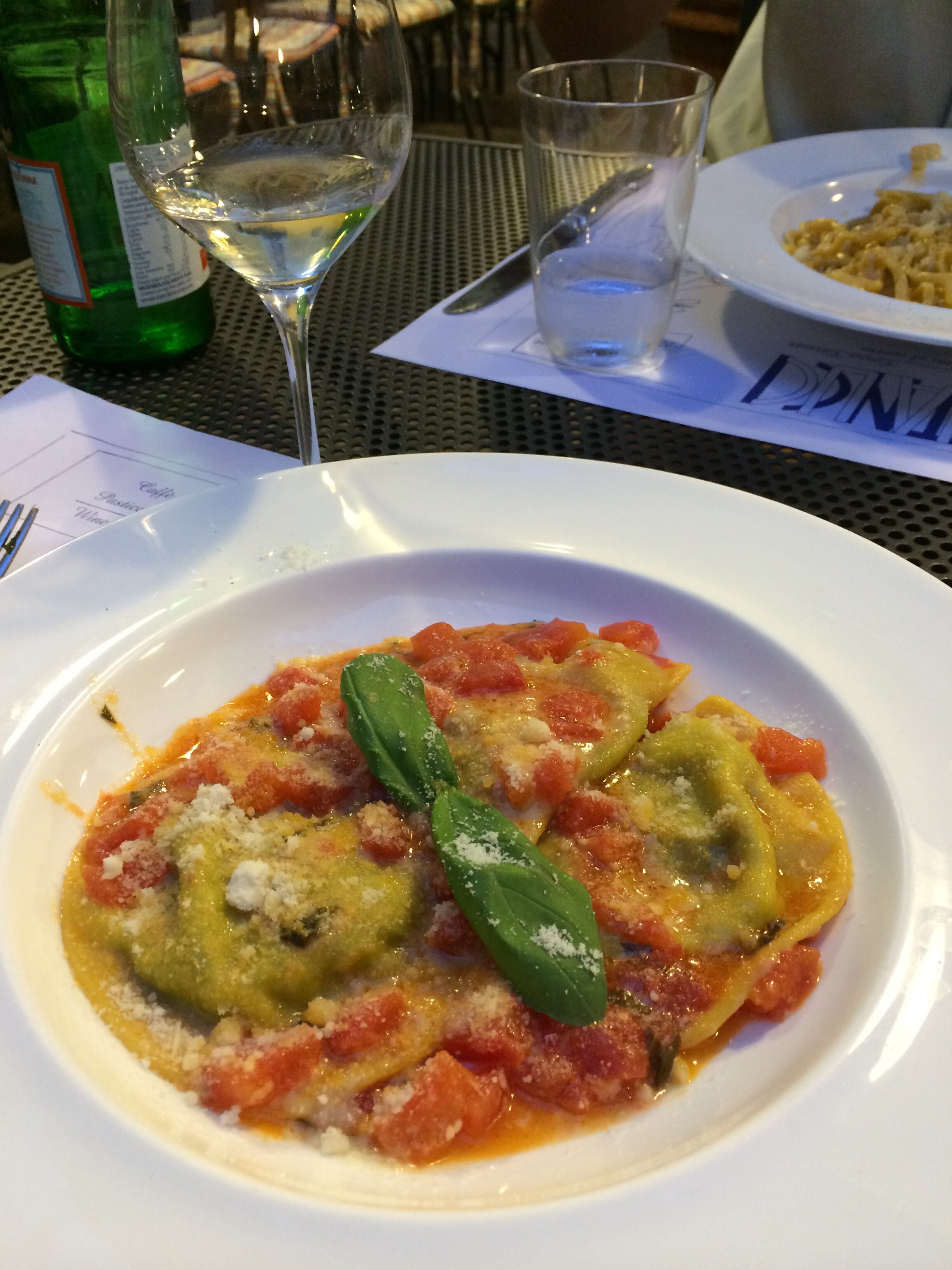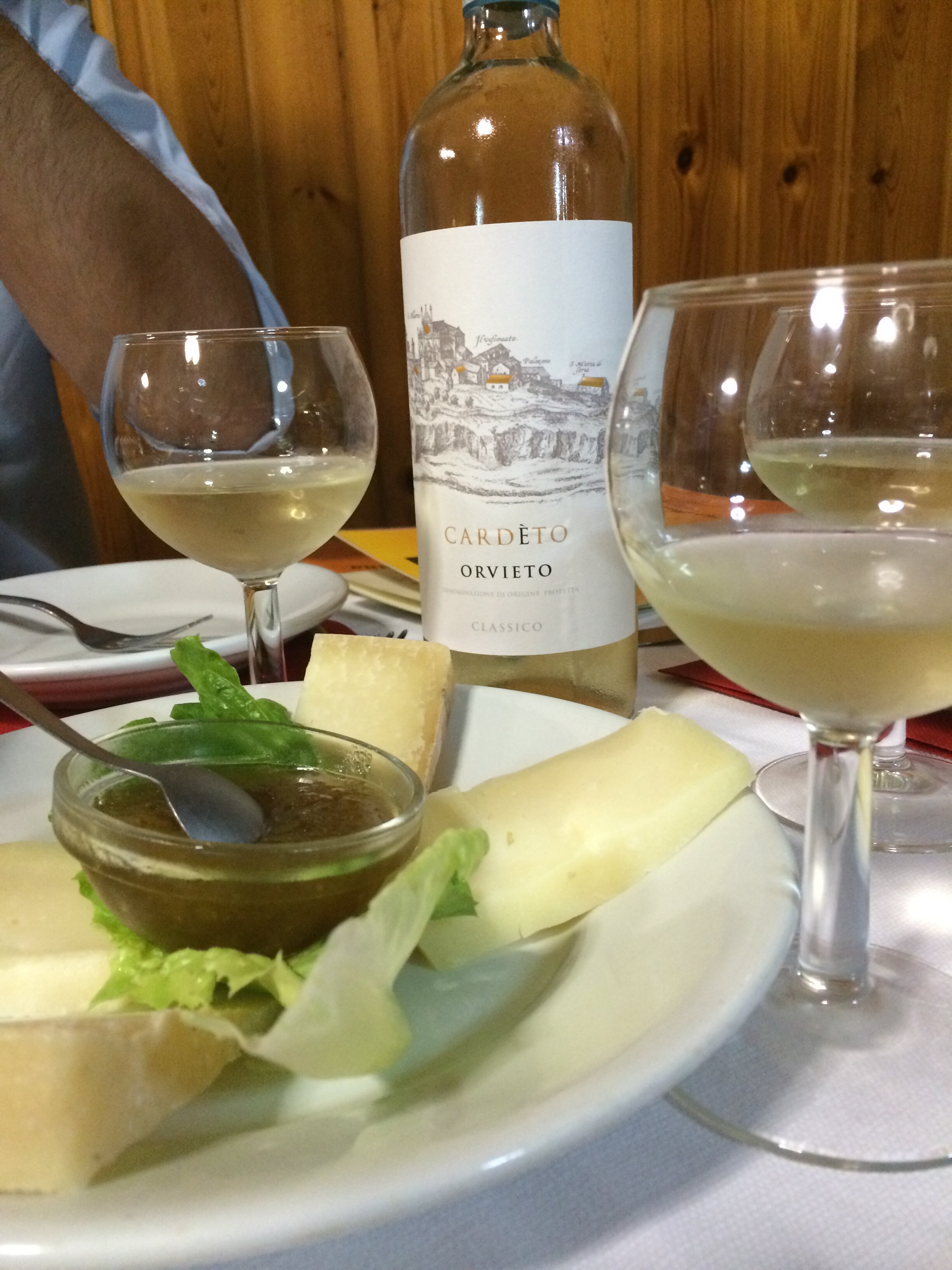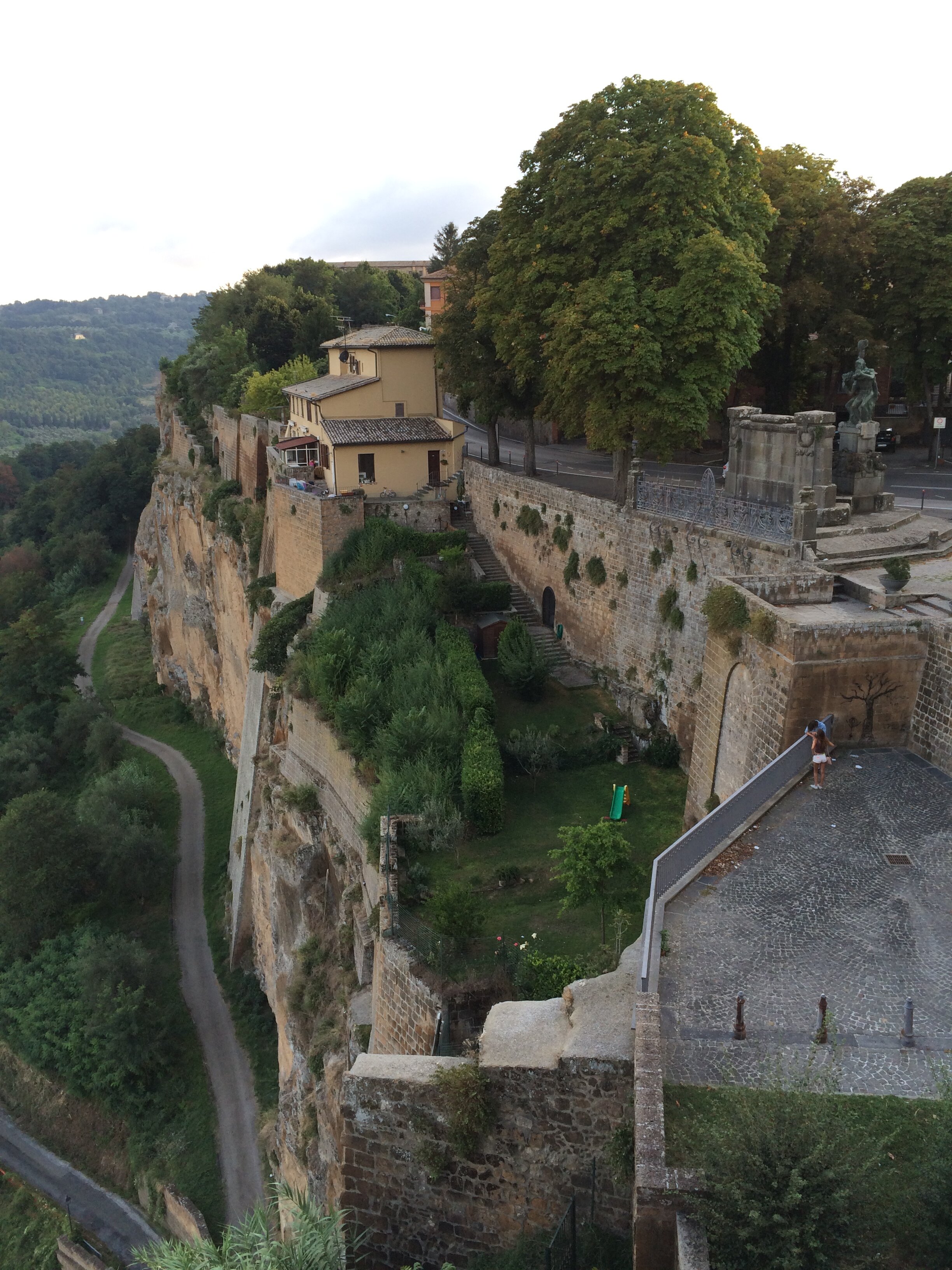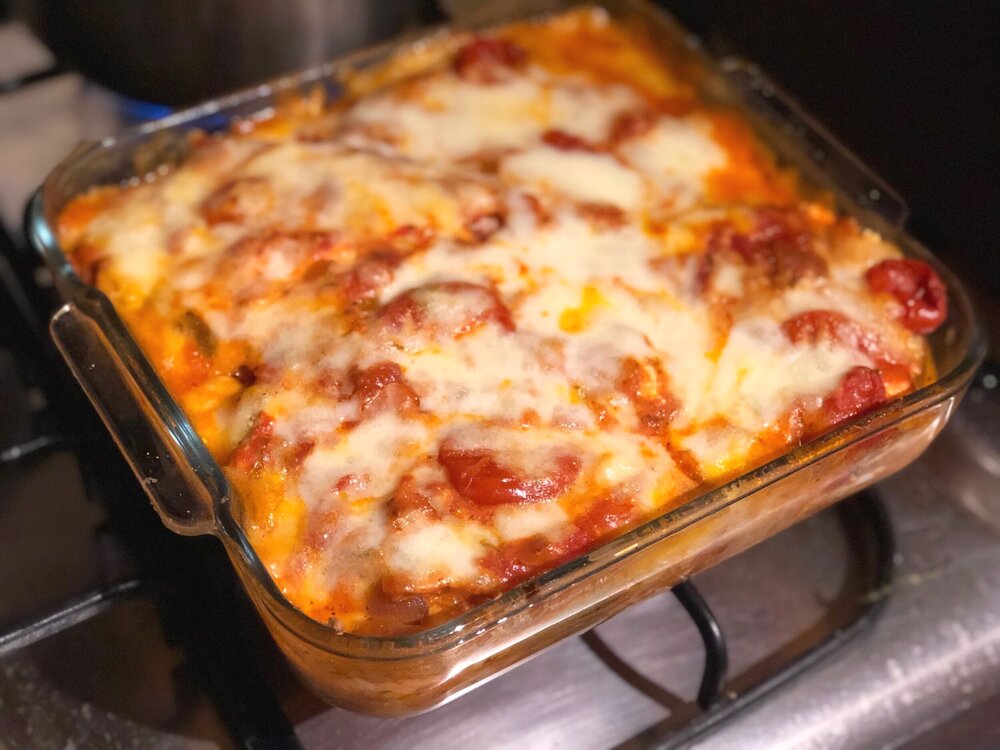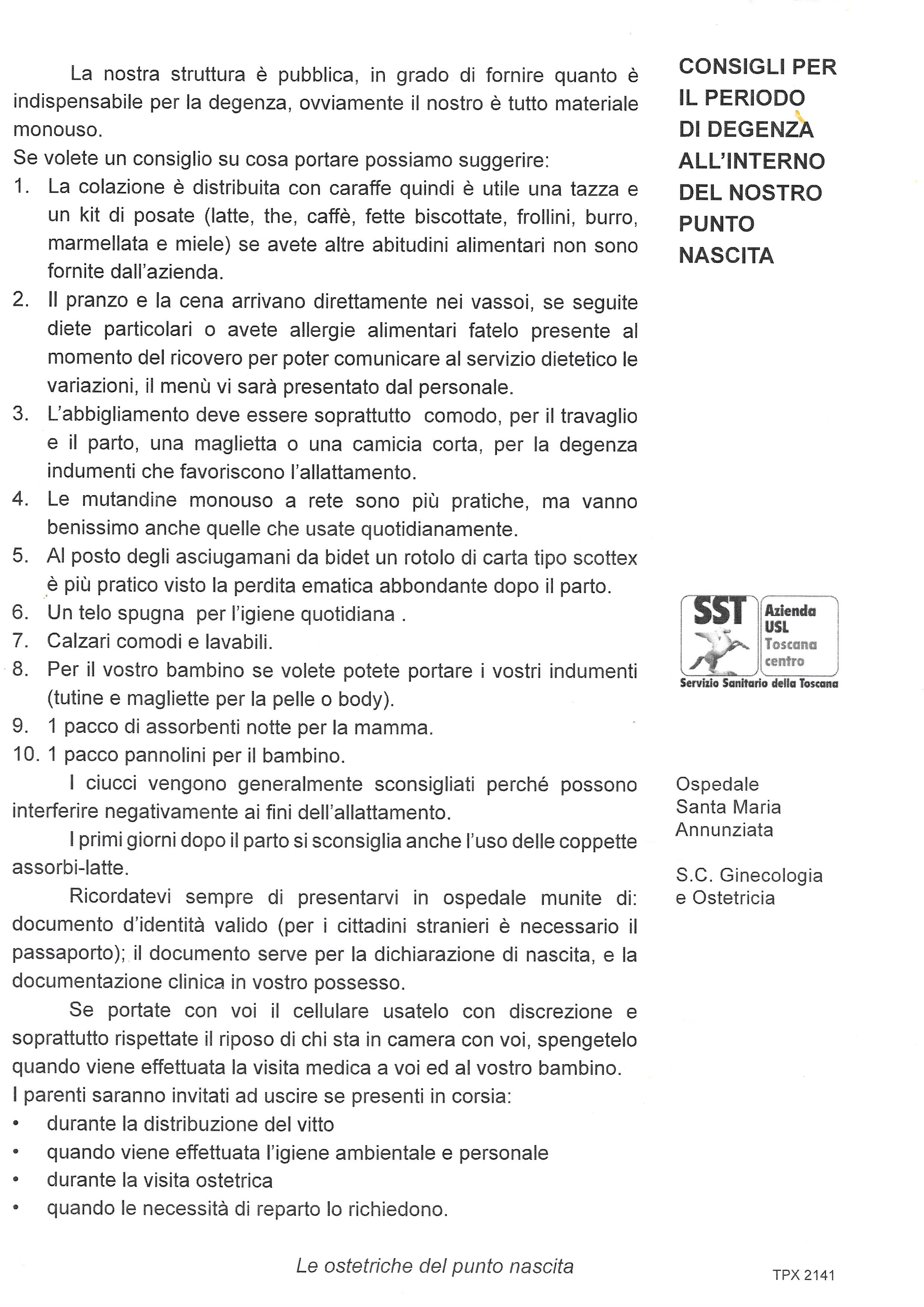Chicken Fricassée
/Chicken fricassée is a French chicken stew, consisting of browned chicken and vegetables in a creamy mushroom sauce.
It starts with a simple pan fry of chicken in a skillet with butter, until they’re nice and brown. The chicken is removed from the pan so you can cook onions, carrots, mushrooms, garlic, and a bit of thyme. Flour, chicken broth, and white wine are added to make a slightly thick, hearty sauce. Finally, cream (or milk if you prefer a lighter or less expensive version) and a splash of lemon juice are added at the end to turn the sauce into a creamy, velvety wonder, perfect for serving over mashed potatoes.
The whole thing can be cooked on the stove or it can also be finished in the oven. It goes a little quicker on the stove, my preferred version. My mom, on the other hand, prefers to finish hers in the oven. She likes the hands-free time while it’s in the oven to clean up the kitchen, which is also useful!
This makes for a convenient rotation to weeknight dinners since most of the ingredients I always have on hand, save for the mushrooms. This can be made without the mushrooms if you so prefer, but honestly it’s one of my favorite parts so I make sure to add mushrooms to my grocery list!
I’m not normally a meat, carrot, and potato kind of girl, but ever since I first made this a few years ago it’s become a part of our regular dinner rotation, it’s so delicious and satisfying.
This post may contain affiliate links. If you make a purchase using these links, Jennyblogs may receive a small commission, at no extra cost to you. This helps to support Jennyblogs. For further information see the privacy policy. Grazie!
Recipe adapted from The Toasty Kitchen
Chicken Fricassée
Serves about 4
Ingredients:
Chicken fricassée over mashed potatoes
2 Tbsp / 28g butter
1 lb / 454g uncooked chicken breasts
2-3 carrots, sliced into half moons
1 onion, diced medium
8 oz / 227g white button mushrooms, sliced
2 cloves garlic, minced
1/2 tsp dried thyme
2 Tbsp / 15g flour
1/2 cup / 119g dry white wine
1 cup / 237g chicken broth
1/2 cup / 119g heavy cream, half & half, or milk
2 Tbsp / 28g fresh lemon juice
salt and pepper
Directions:
Take the chicken breasts and lay them on a cutting board. Slice each chicken breast horizontally into two thinner breasts, slicing parallel to the cutting board. It’s like butterflying, but cut all the way through so you have two separate pieces.
Heat the butter in a large pan or cast iron skillet over medium heat. Add all the pieces of chicken, and cook for a few minutes on each side until internal temperature reaches 165° / 74°C. Remove chicken from pan and set aside.
Add carrots and onion to hot pan and cook several minutes, until starting to soften.
Add mushrooms and cook for another few minutes, until mushrooms are cooked and have mostly released their water.
Add garlic and thyme, cook for just another minute.
Add flour and stir to coat all vegetables, cook another minute or so.
Add the white wine to deglaze the pan.
When the wine is almost evaporated, add the chicken broth; stir until sauce is smooth and slightly thickened.
Remove pan from heat and stir in cream and lemon juice; season with salt and pepper to taste.
Add chicken breasts back into sauce; serve. Goes great with mashed potatoes.
Jenny’s Notes:
Step 1 could be optional, you can keep your chicken breasts whole if you wish. I like cutting my chicken breasts into thinner pieces before cooking since a whole chicken breast is usually much bigger than a serving, and it takes longer to cook. Our butcher in Italy always cut our chicken breasts like this and I loved it, thinner pieces of meat that are done cooking in a matter of minutes.
If you prefer, bone-in chicken (legs, thighs, etc.) can be used. Adjust cooking time accordingly to ensure chicken is cooked through (165°F / 74°C)
I have made this before without the wine, and it was still wonderful. So if you don’t have any on hand or just prefer to cook without it, omit the wine with no worries.
To finish this dish in the oven, you’ll want to make the whole thing in a pan that is able to go into the oven, such as a cast iron skillet. Follow recipe as written up through step 8. Add chicken back into the pan (without adding cream or lemon juice) and place in an oven preheated to 350°F / 177°C. Bake uncovered for 35-45 minutes, or until sauce is bubbly. Remove from oven and stir in cream and lemon juice.
If you choose to finish in the oven, you can focus more on browning the chicken in the pan in step 2 rather than cooking it through, since it will be baked in the oven. Just make sure the chicken is fully cooked before you take it out of the oven at the end!

Chicken Fricassée
Ingredients
Instructions
- Take the chicken breasts and lay them on a cutting board. Slice each chicken breast horizontally into two thinner breasts, slicing parallel to the cutting board. It’s like butterflying, but cut all the way through so you have two separate pieces.
- Heat the butter in a large pan or cast iron skillet over medium heat. Add all the pieces of chicken, and cook for a few minutes on each side until internal temperature reaches 165° / 74°C. Remove chicken from pan and set aside.
- Add carrots and onion to hot pan and cook several minutes, until starting to soften.
- Add mushrooms and cook for another few minutes, until mushrooms are cooked and have mostly released their water.
- Add garlic and thyme, cook for just another minute.
- Add flour and stir to coat all vegetables, cook another minute or so.
- Add the white wine to deglaze the pan.
- When the wine is almost evaporated, add the chicken broth; stir until sauce is smooth and slightly thickened.
- Remove pan from heat and stir in cream and lemon juice; season with salt and pepper to taste.
- Add chicken breasts back into sauce; serve. Goes great with mashed potatoes.
Notes
- Step 1 could be optional, you can keep your chicken breasts whole if you wish. I like cutting my chicken breasts into thinner pieces before cooking since a whole chicken breast is usually much bigger than a serving, and it takes longer to cook. Our butcher in Italy always cut our chicken breasts like this and I loved it, thinner pieces of meat that are done cooking in a matter of minutes.
- If you prefer, bone-in chicken (legs, thighs, etc.) can be used. Adjust cooking time accordingly to ensure chicken is cooked through (165°F / 74°C)
- I have made this before without the wine, and it was still wonderful. So if you don’t have any on hand or just prefer to cook without it, omit the wine with no worries.
- To finish this dish in the oven, you’ll want to make the whole thing in a pan that is able to go into the oven, such as a cast iron skillet. Follow recipe as written up through step 8. Add chicken back into the pan (without adding cream or lemon juice) and place in an oven preheated to 350°F / 177°C. Bake uncovered for 35-45 minutes, or until sauce is bubbly. Remove from oven and stir in cream and lemon juice.
- If you choose to finish in the oven, you can focus more on browning the chicken in the pan in step 2 rather than cooking it through, since it will be baked in the oven. Just make sure the chicken is fully cooked before you take it out of the oven at the end!
Nutrition Facts
Calories
304.93Fat
12.69Sat. Fat
6.48Carbs
14.38Fiber
2.31Net carbs
12.05Sugar
6.12Protein
28.4Sodium
494.26Cholesterol
99.61Nutritional Information is approximate. Based on 4 servings, using heavy cream







